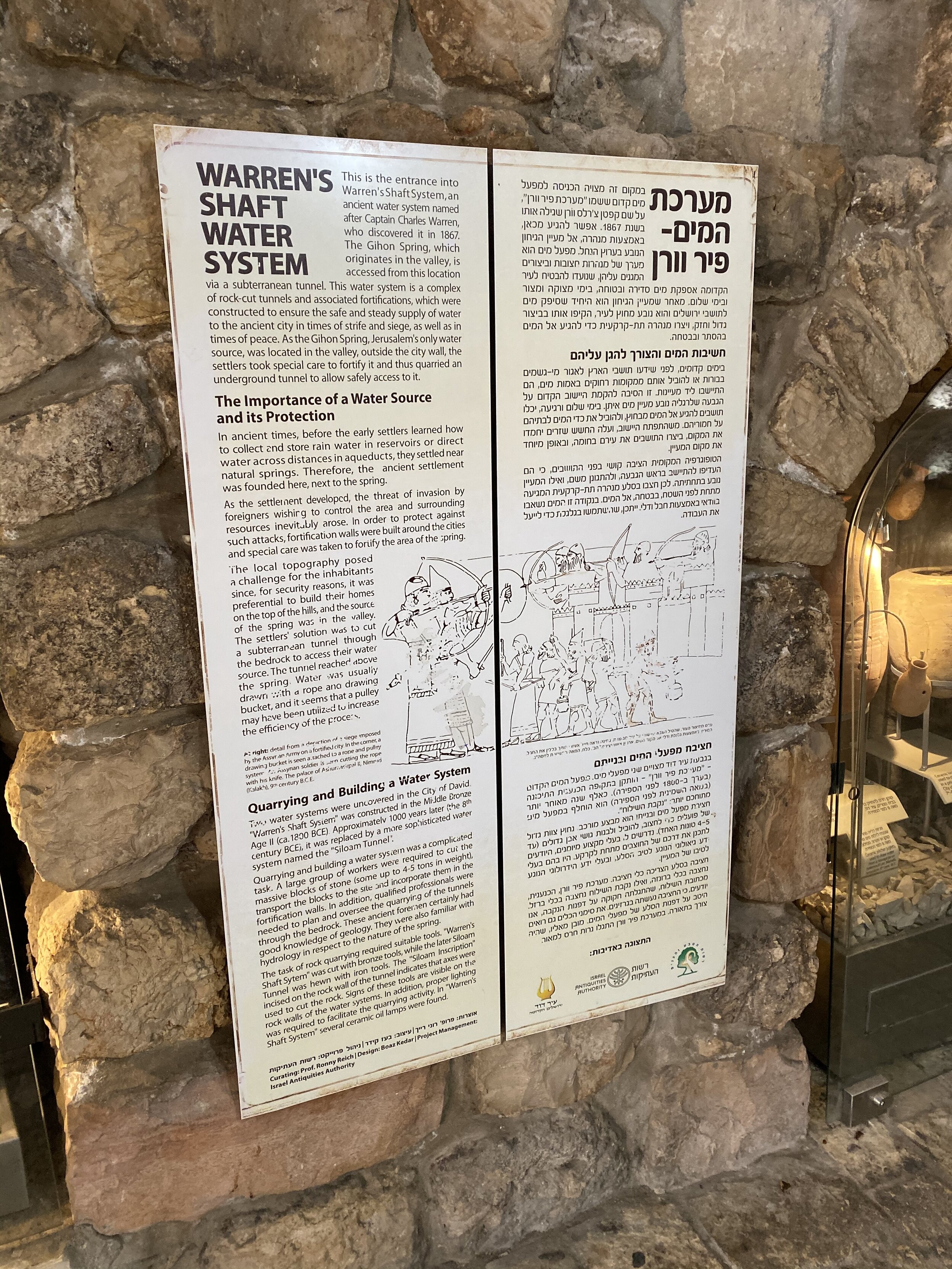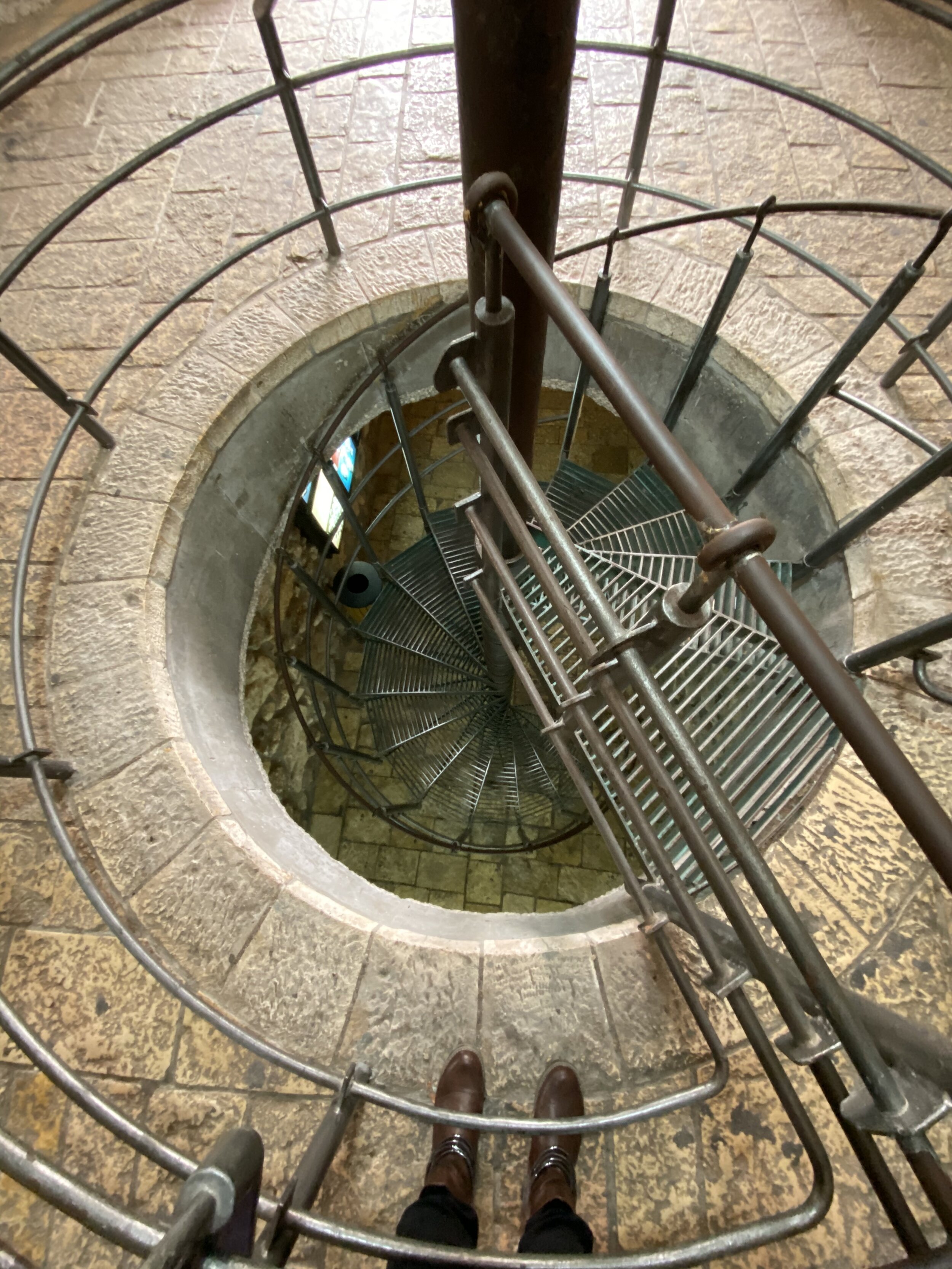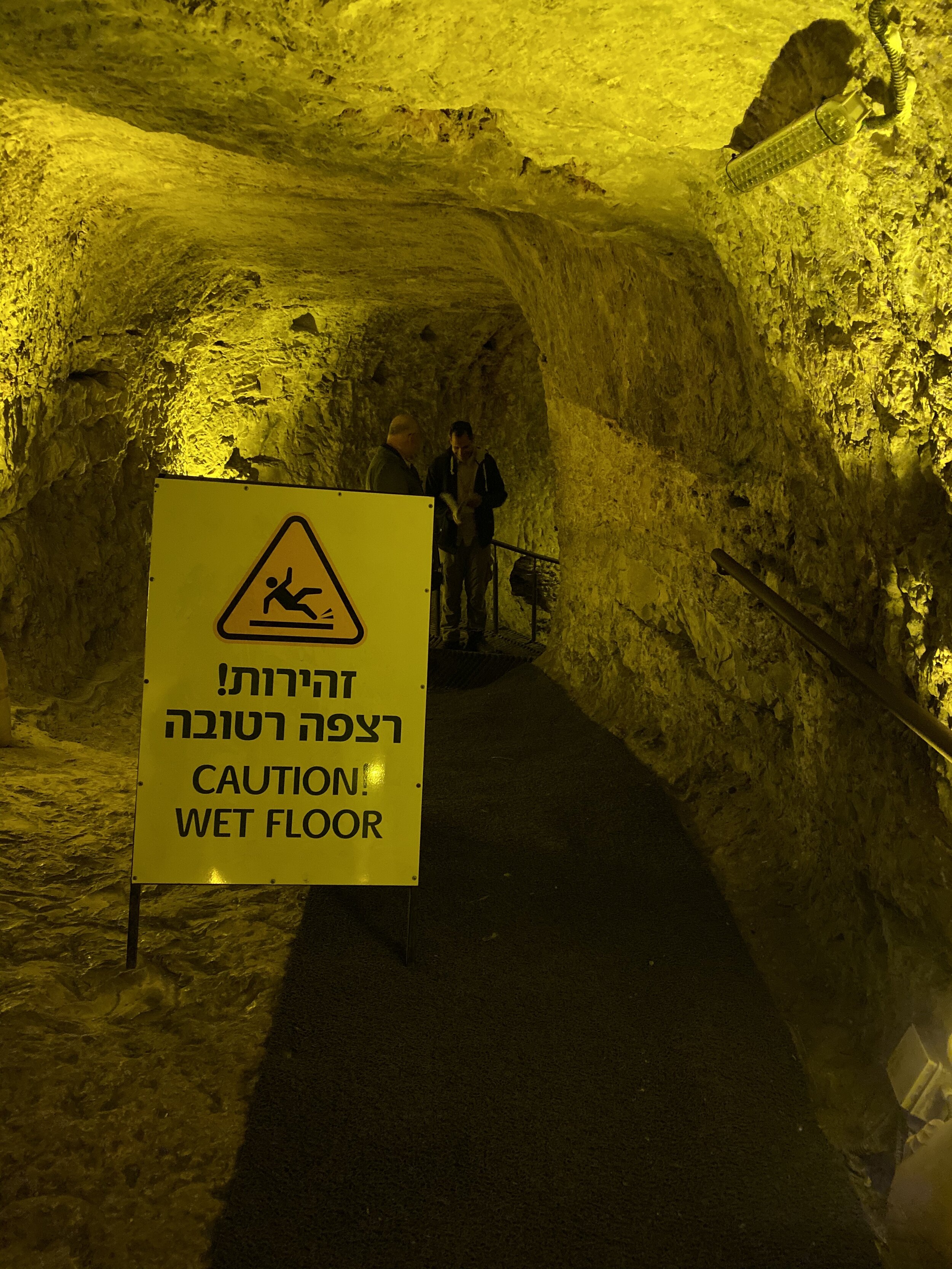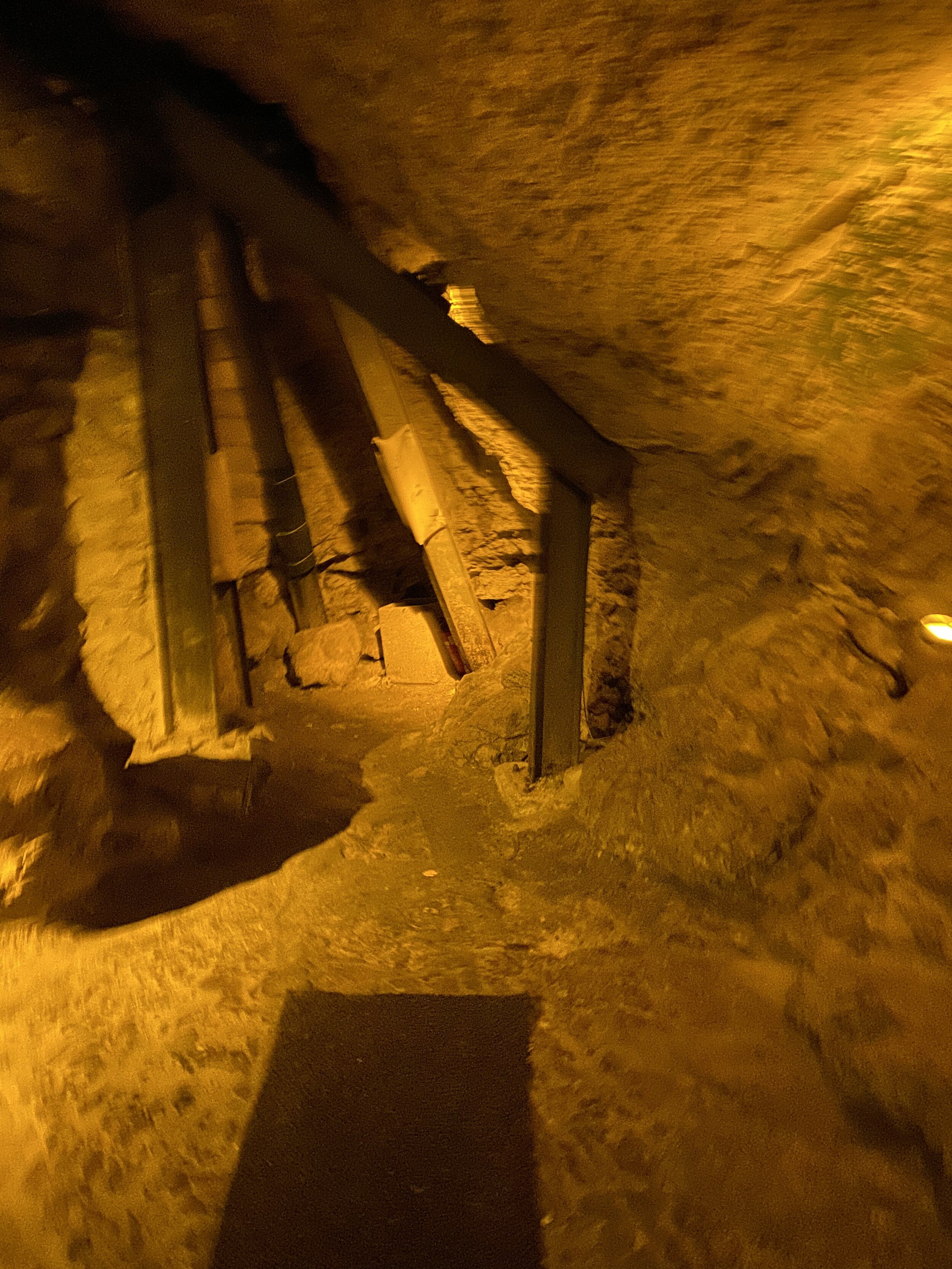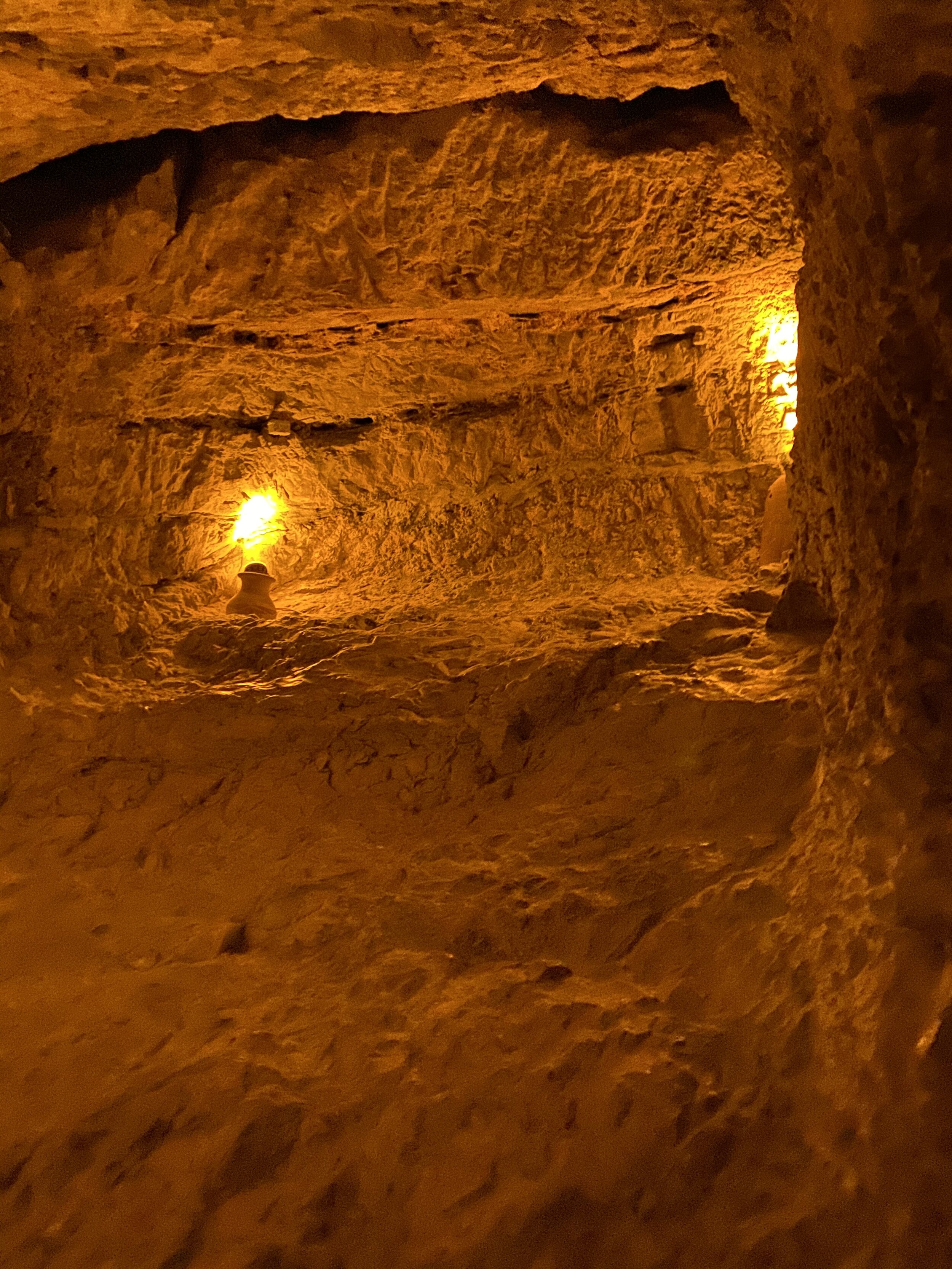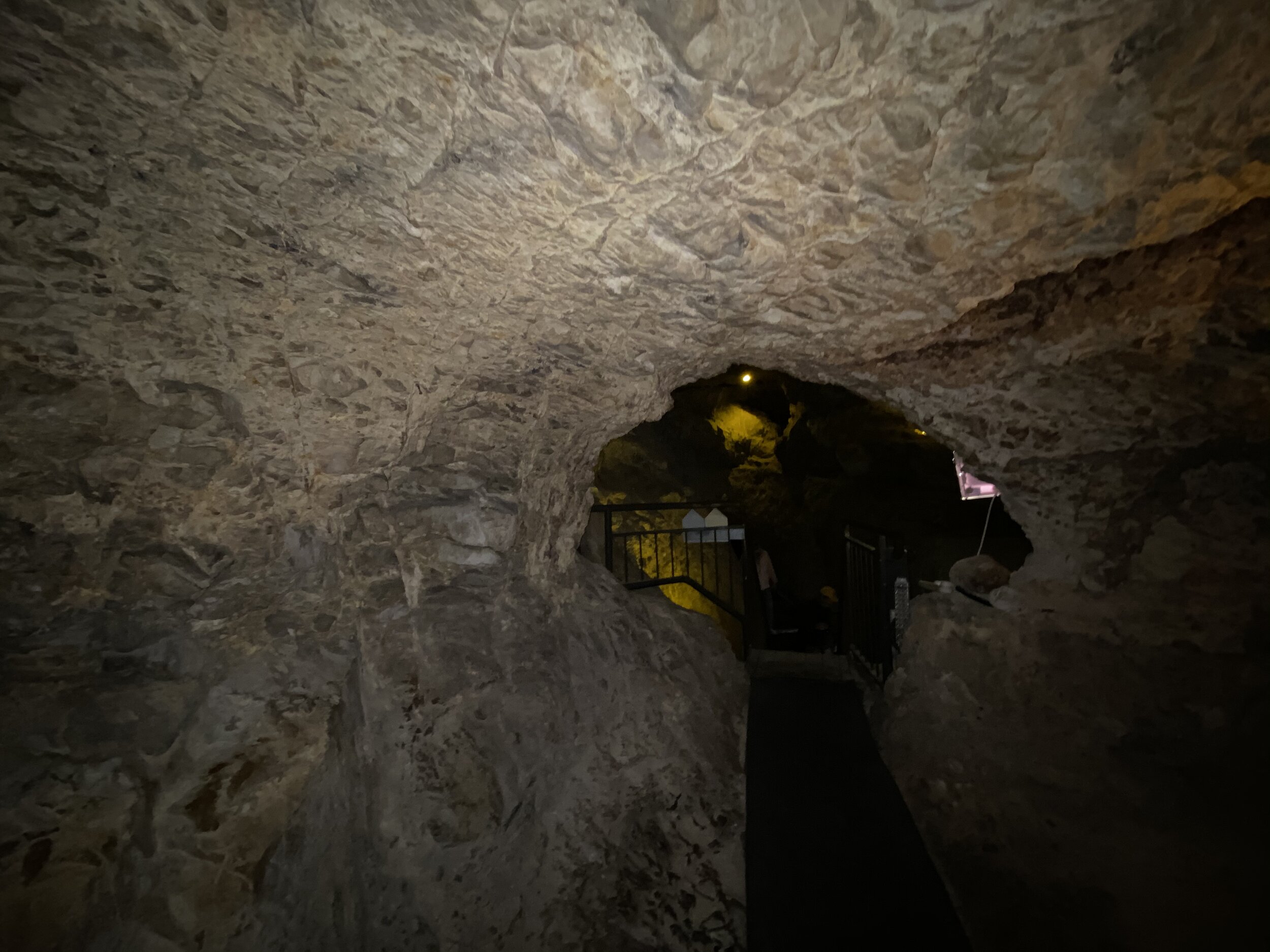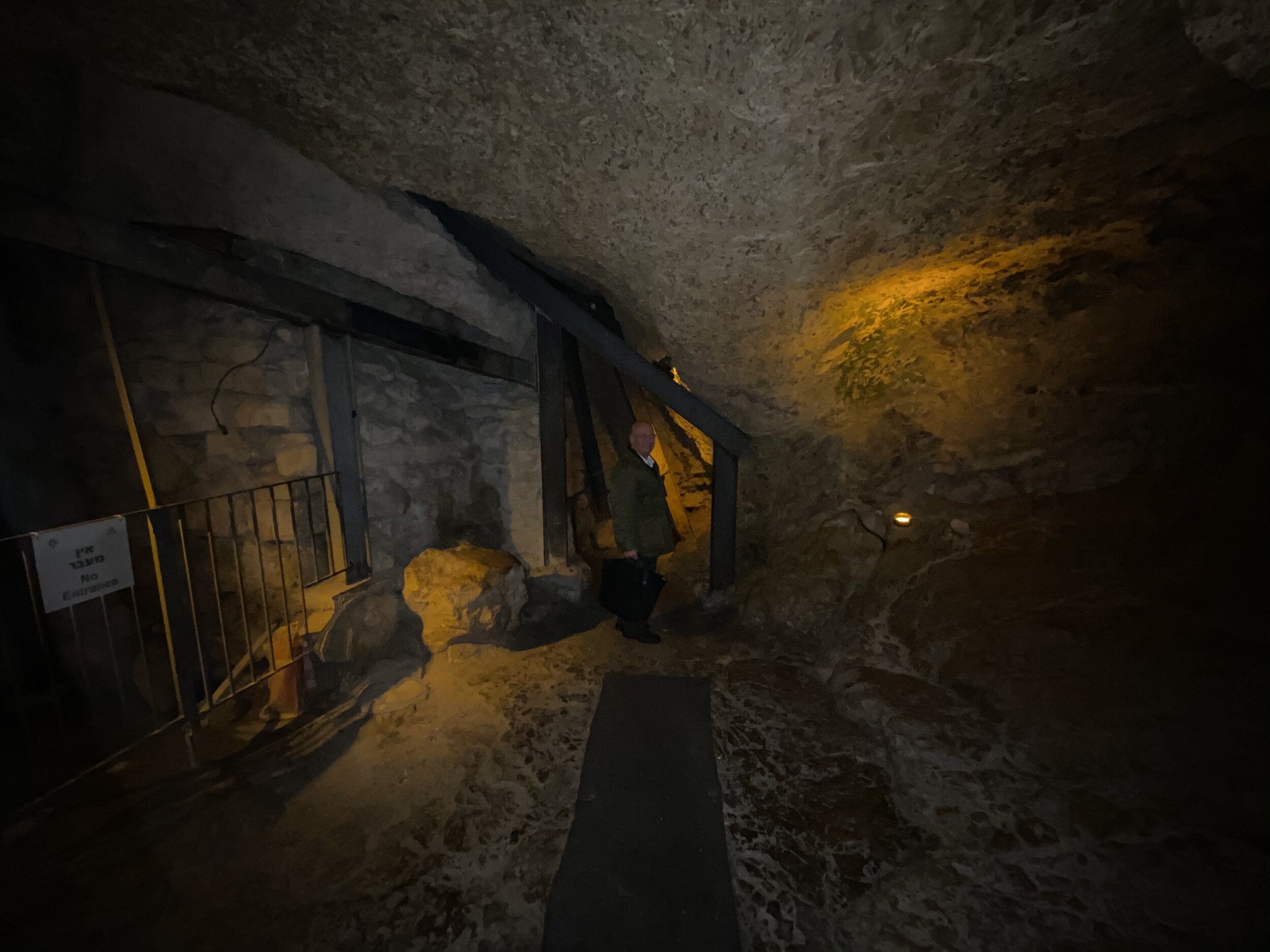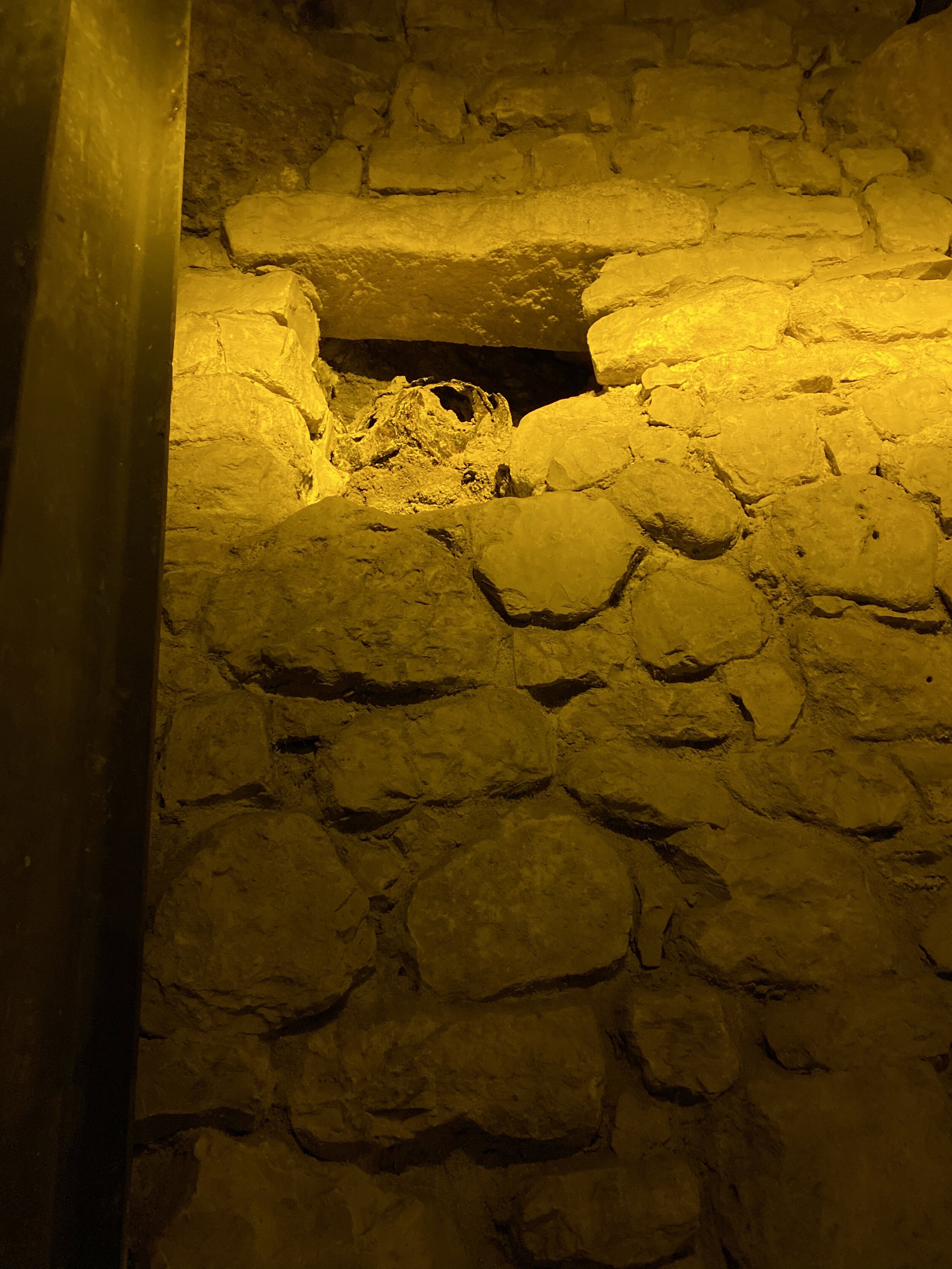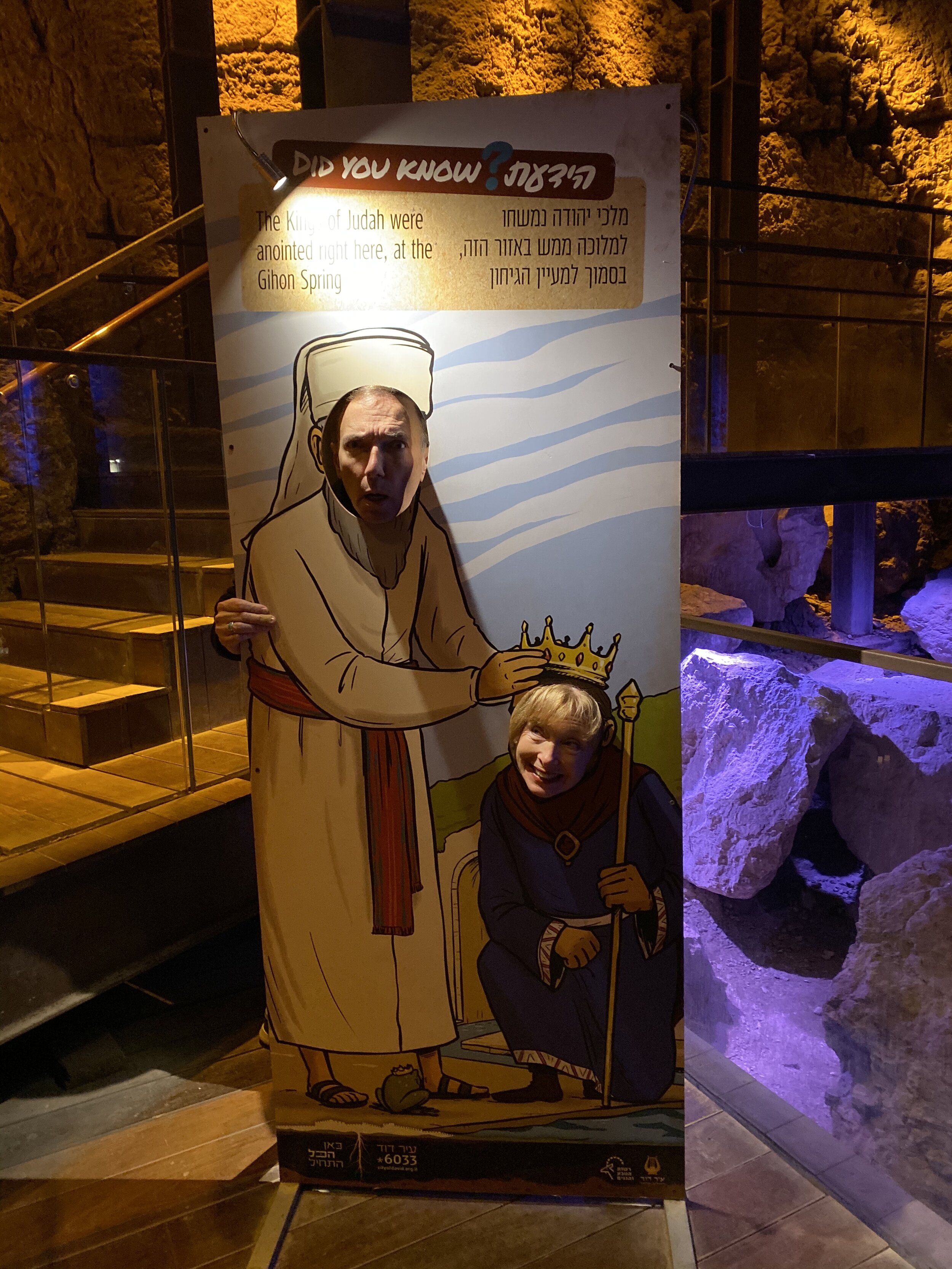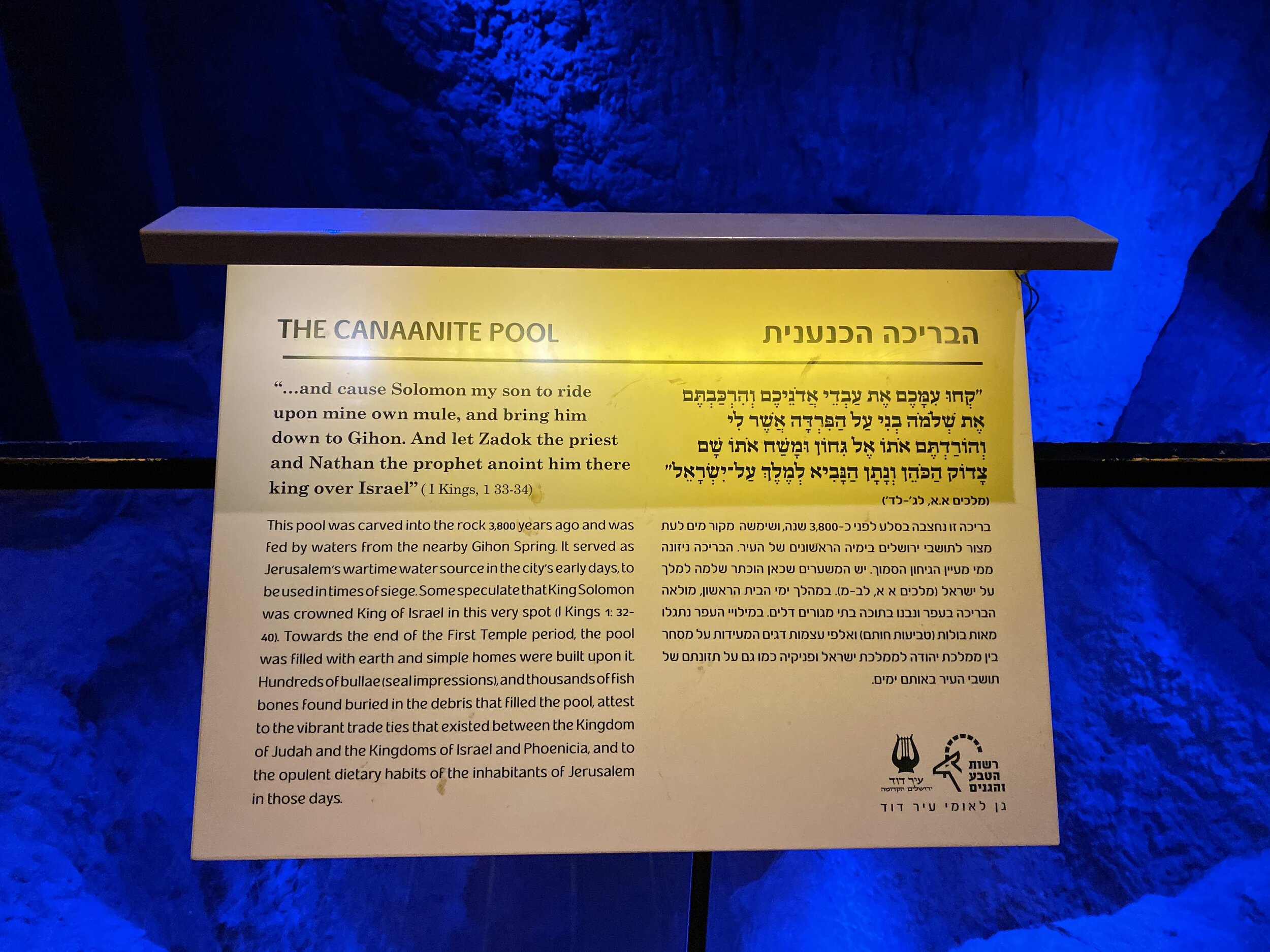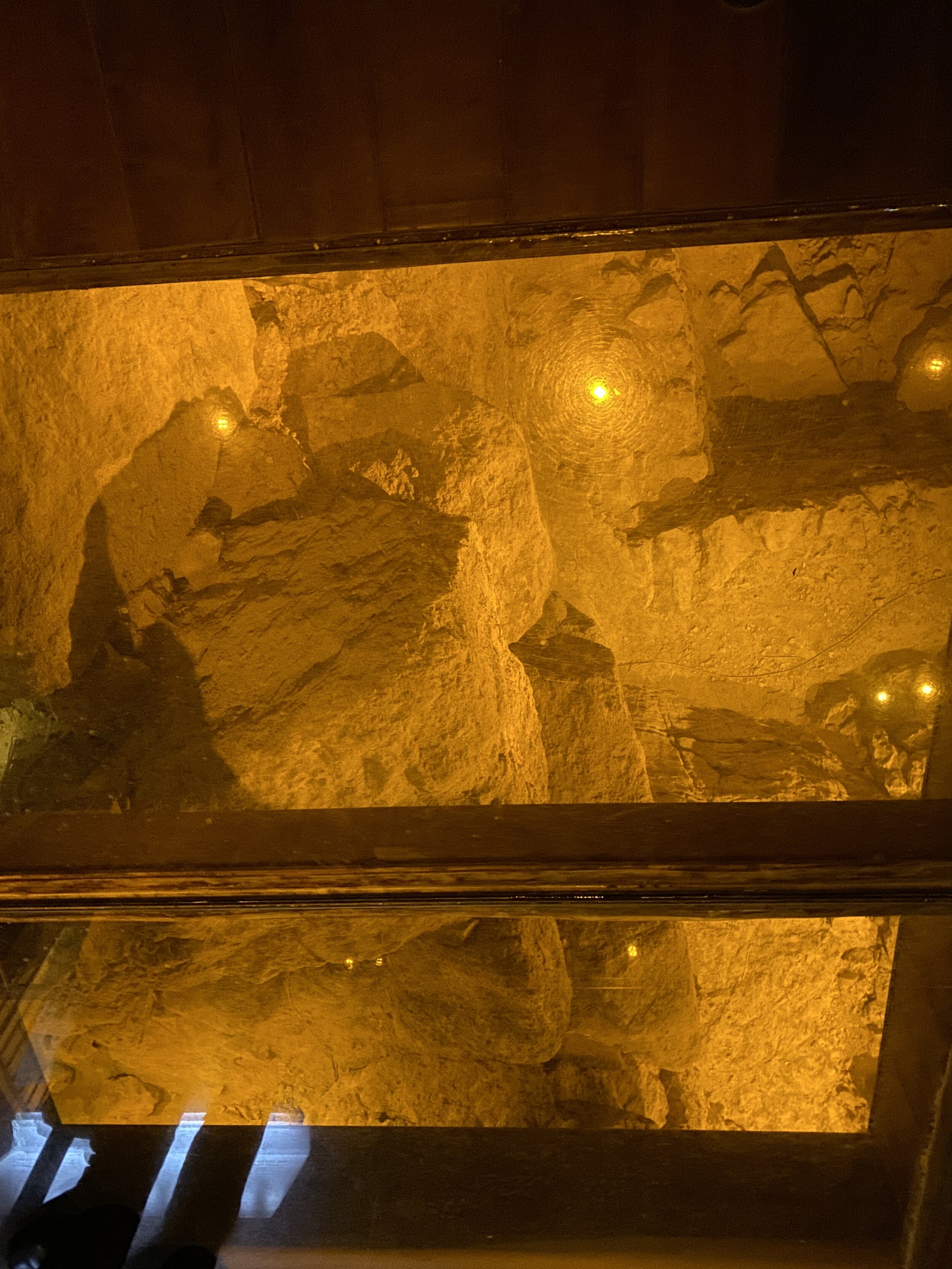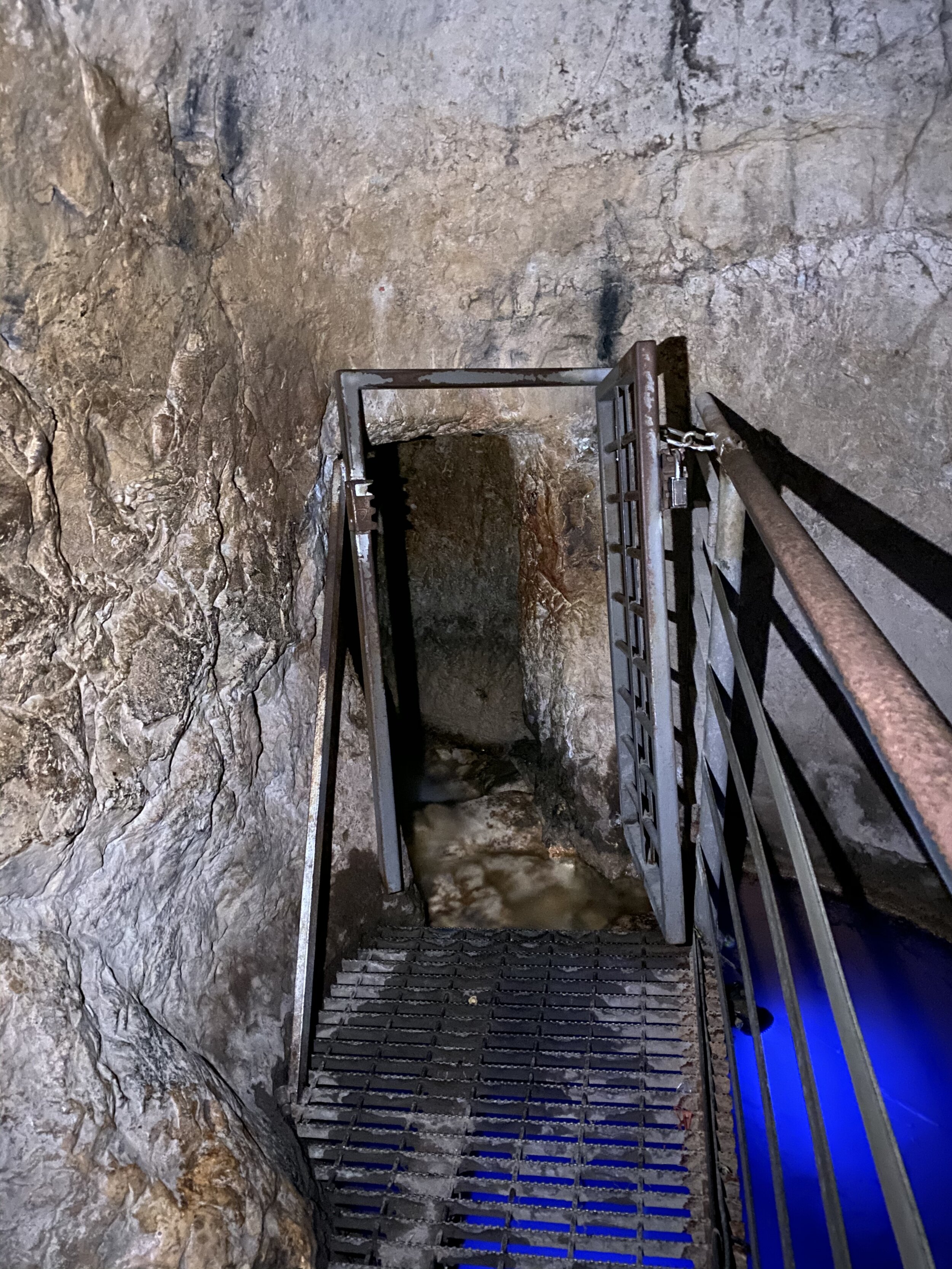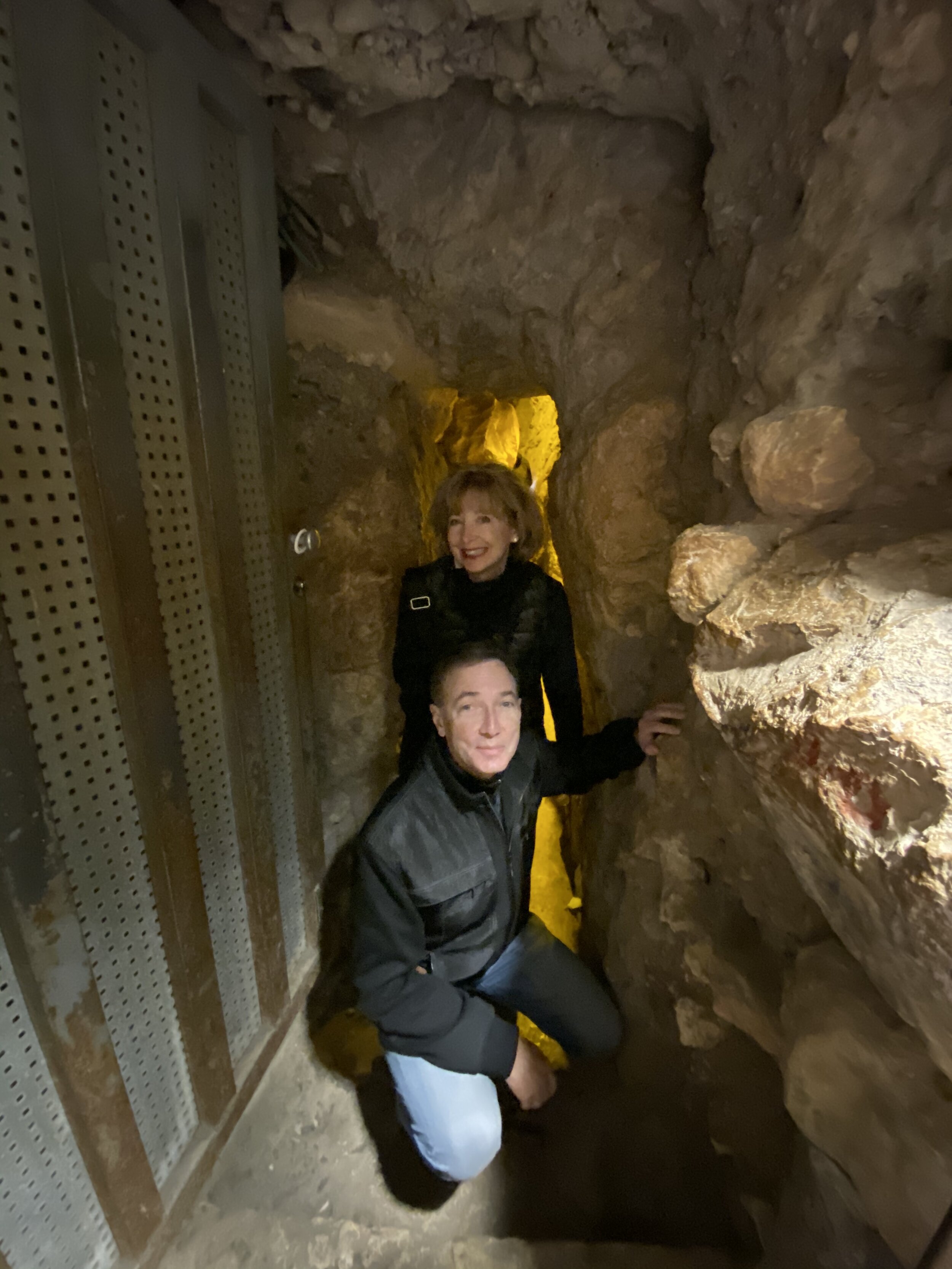Road Trip Through Israel-Part Two: The Holy City of Jerusalem—Chapter Two
by Teri E. Popp, Tastemaker in Residence - Photos by Teri E. Popp and Paul Douglas (aka Doug Kruhoeffer)
“This article was written before the current status of our nation practicing “social distancing.” This article serves as a guide for ideas for after social distancing is over, and for more book suggestions to read during this time.”

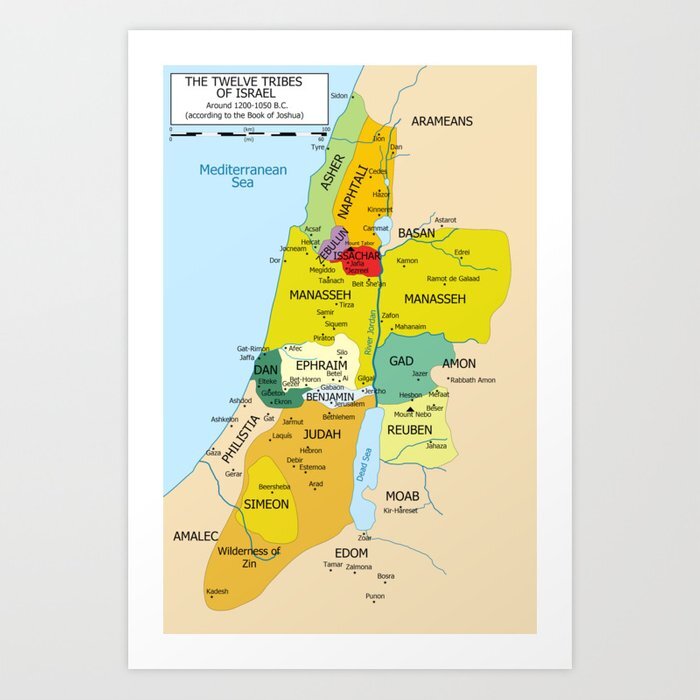

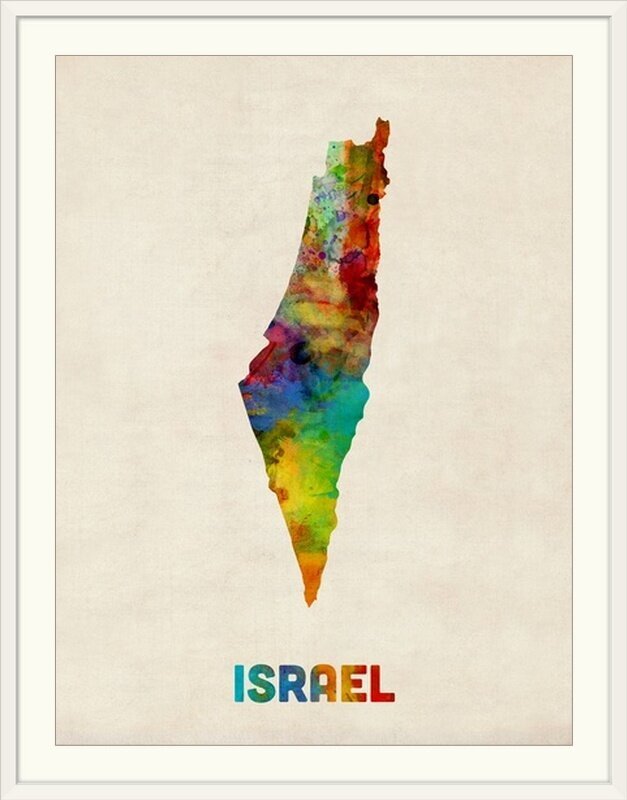

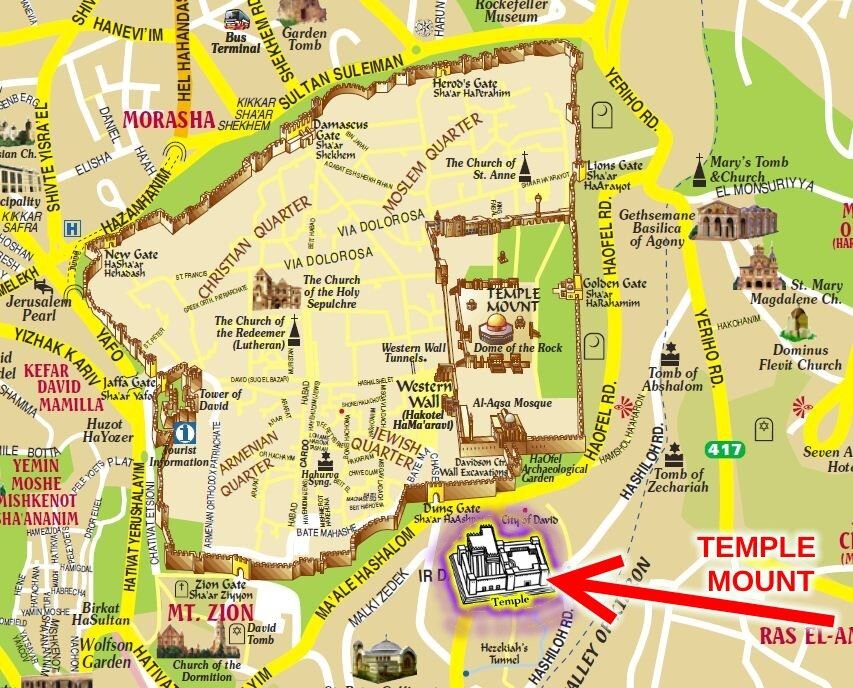
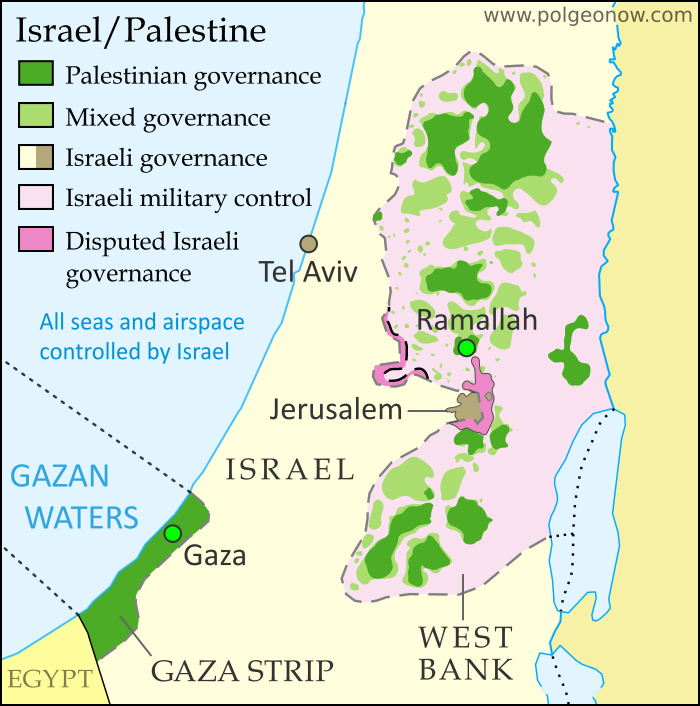



Located just outside of Jerusalem, we started our day of touring in the City of David (עיר דוד in Hebrew). A privately owned archeological site, visitors can view remnants of what’s believed to be a Jewish settlement from the Iron Age. It should be noted that this site sits in an area primarily inhabited by Palestinians at this time, and is part of what’s known as the West Bank. In Arabic, this area is known as Wadi Hilweh (وادي حلوه).
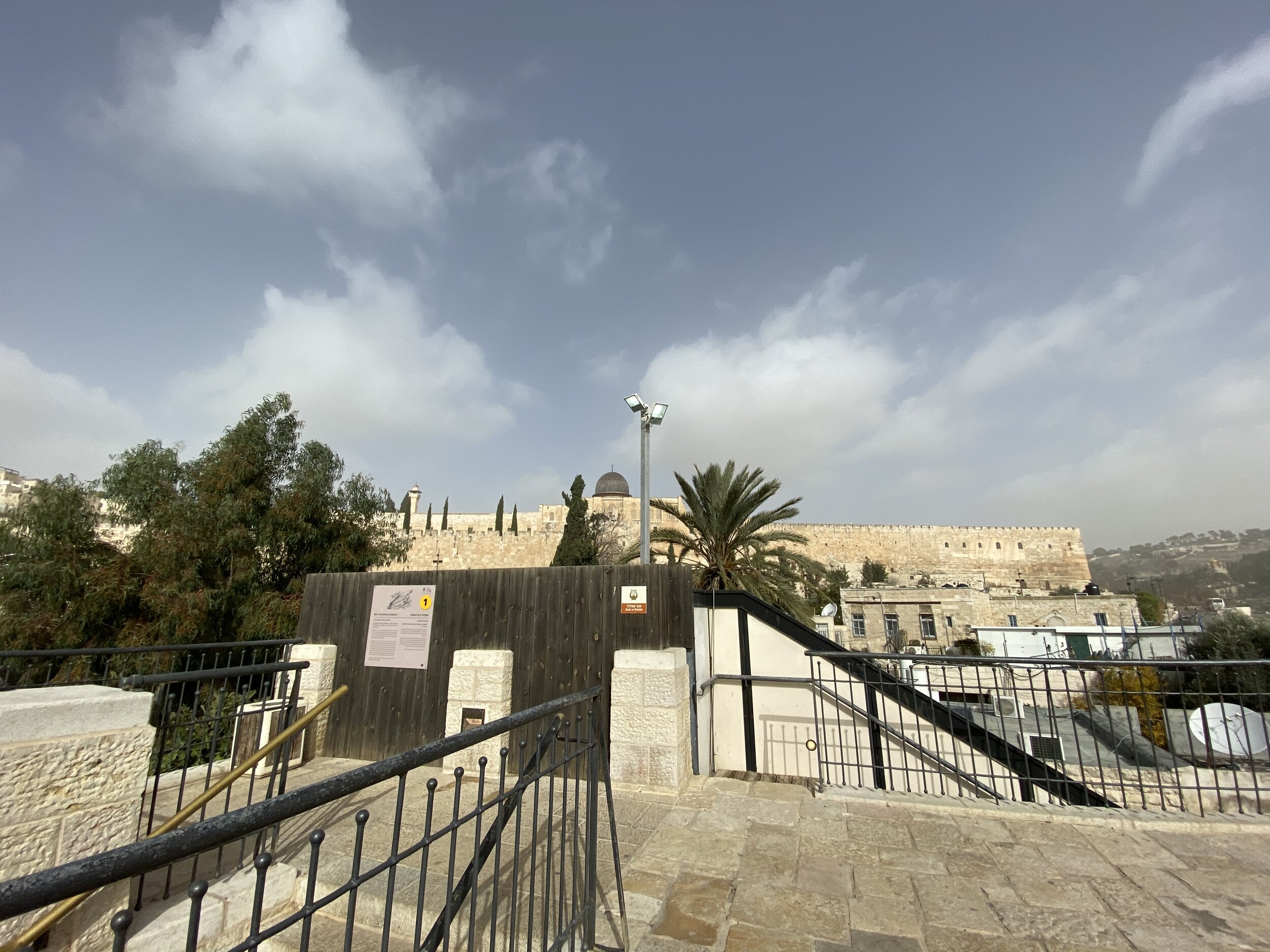
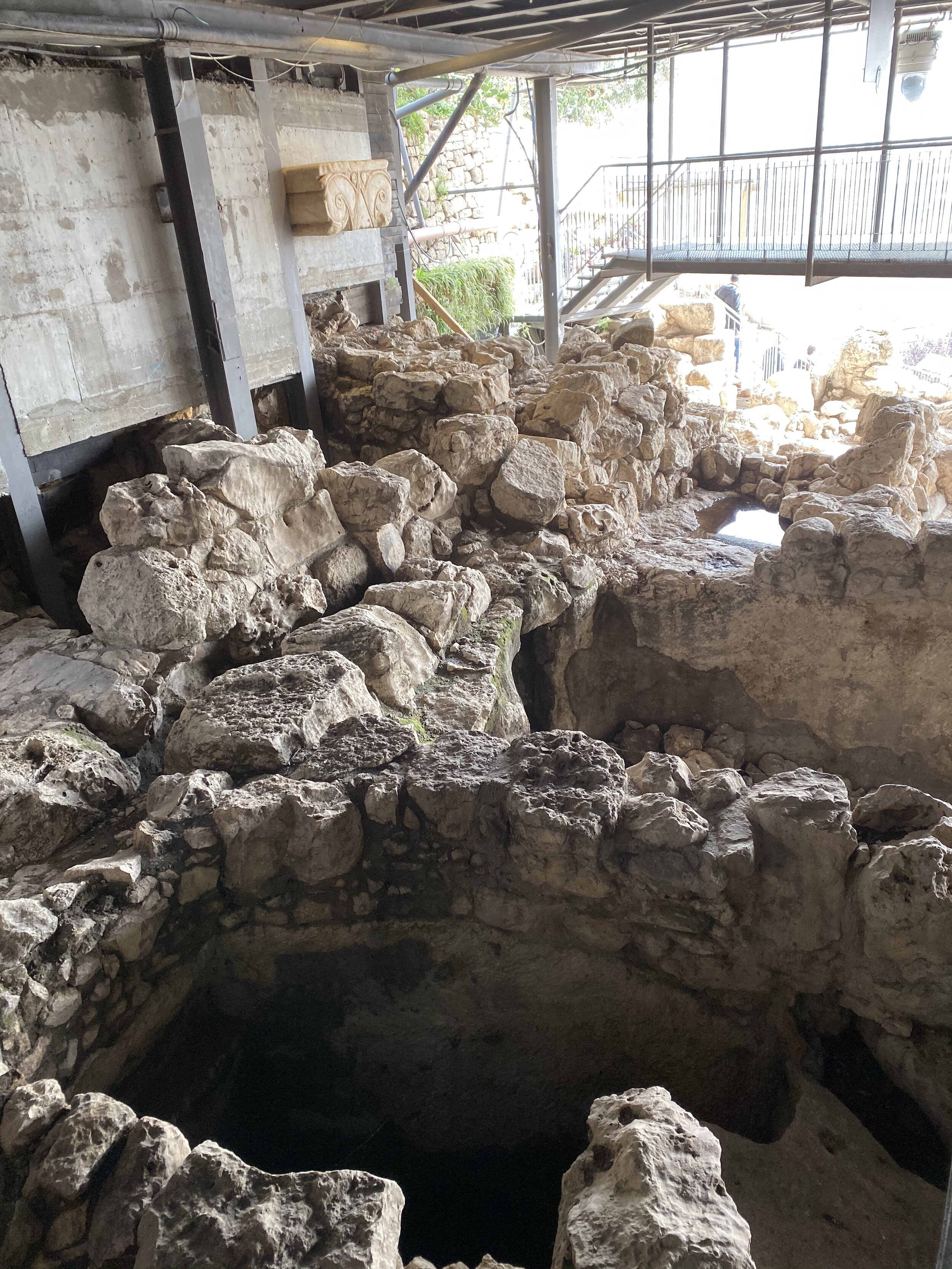
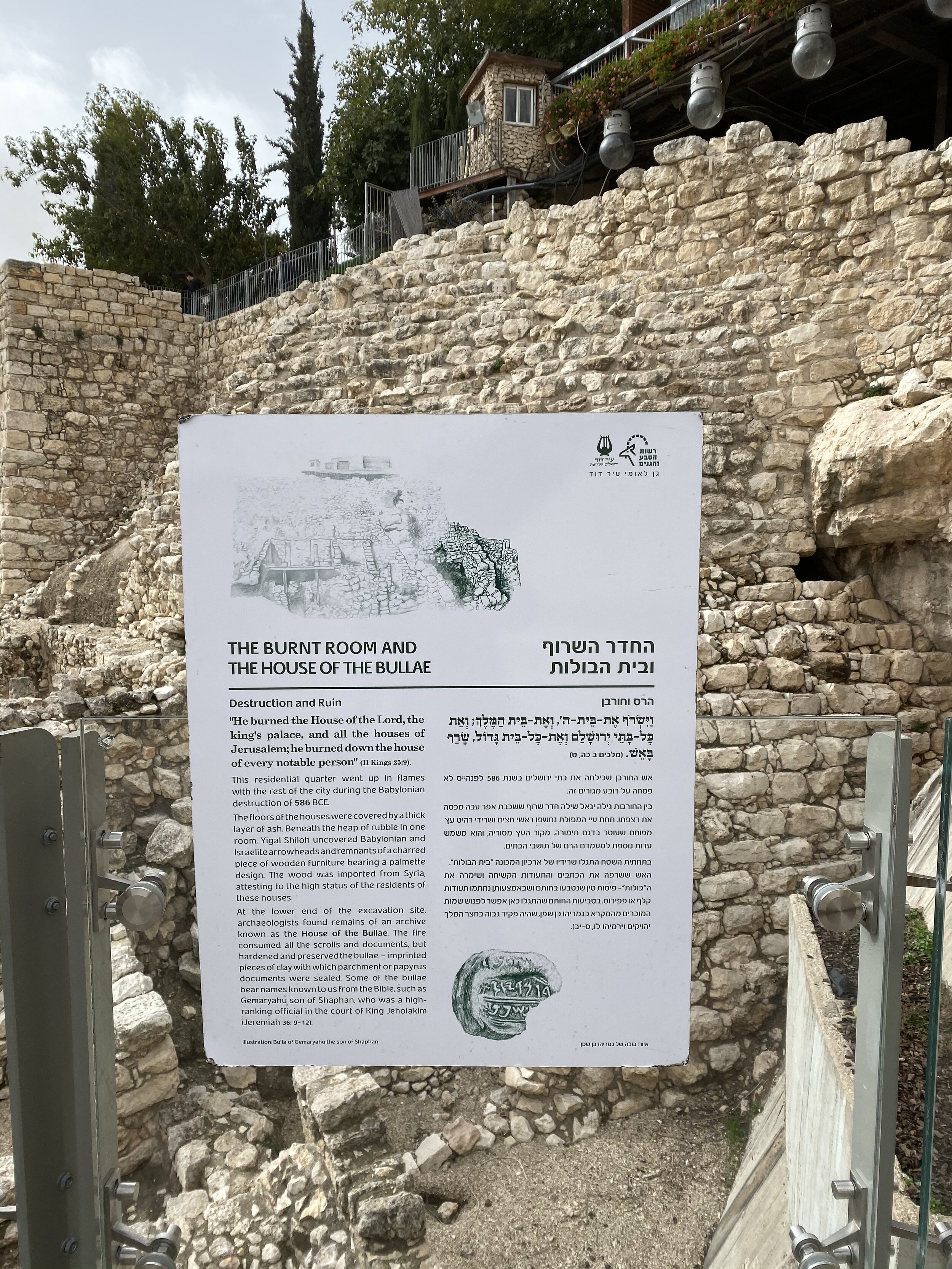

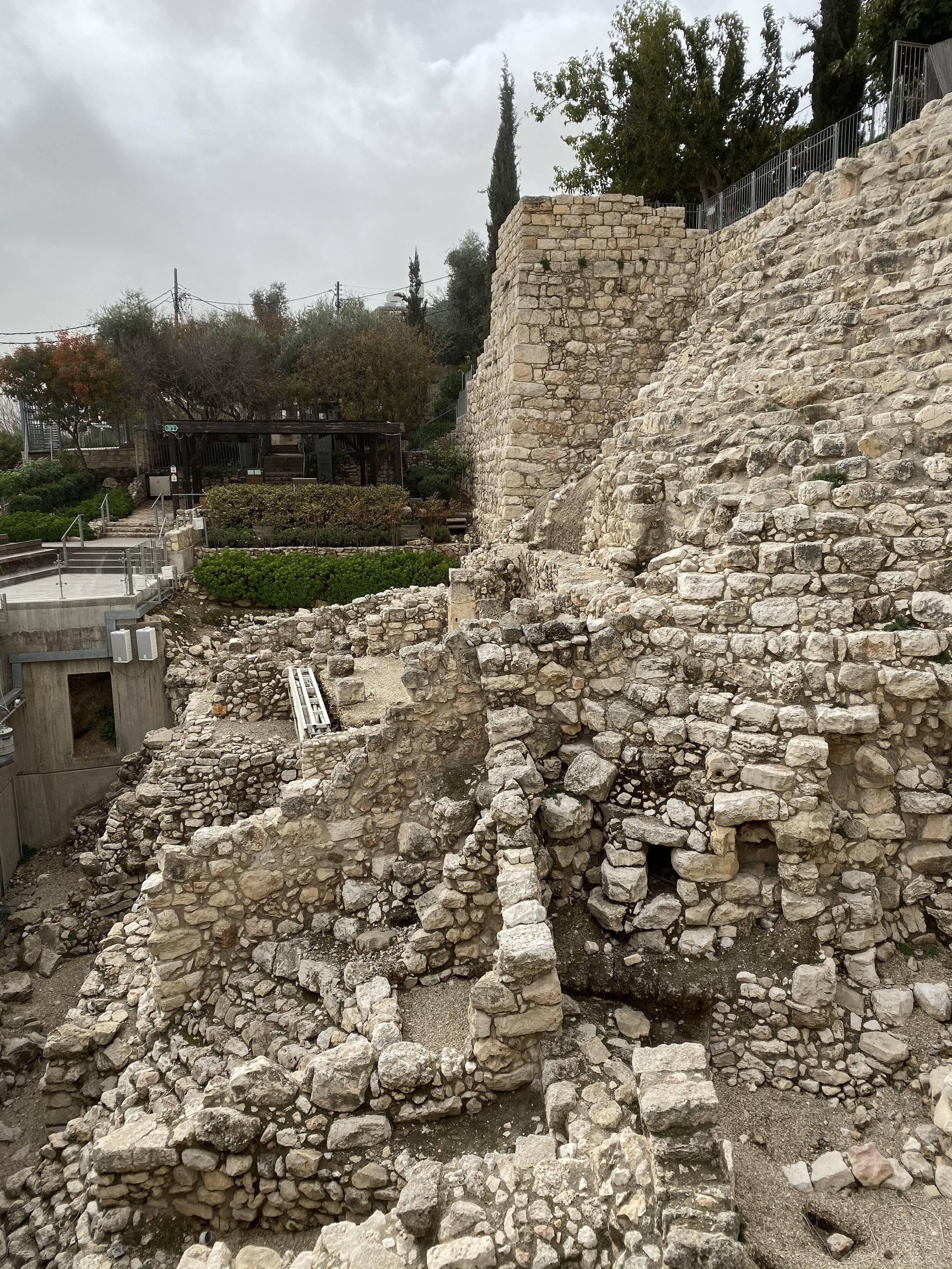
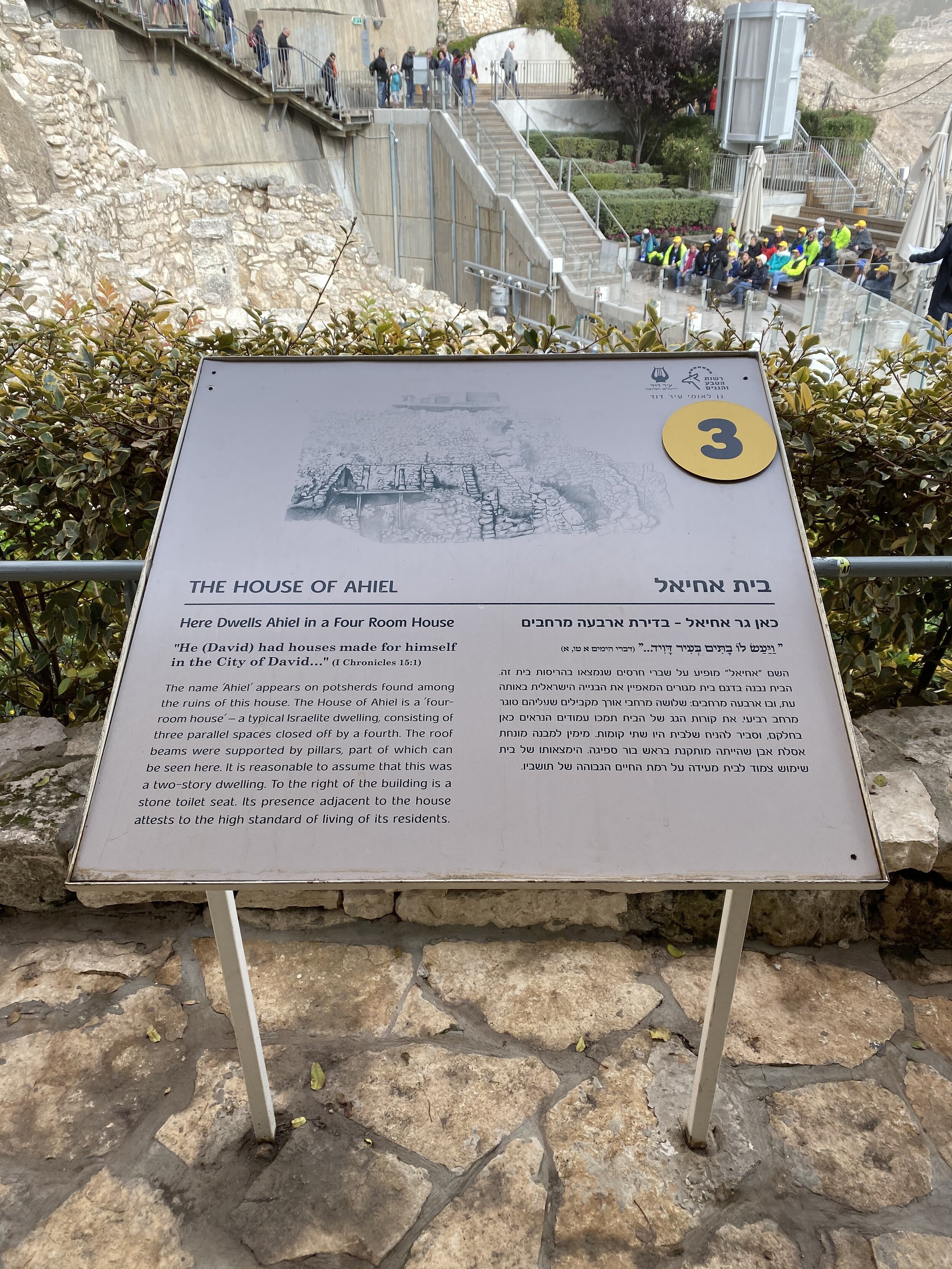
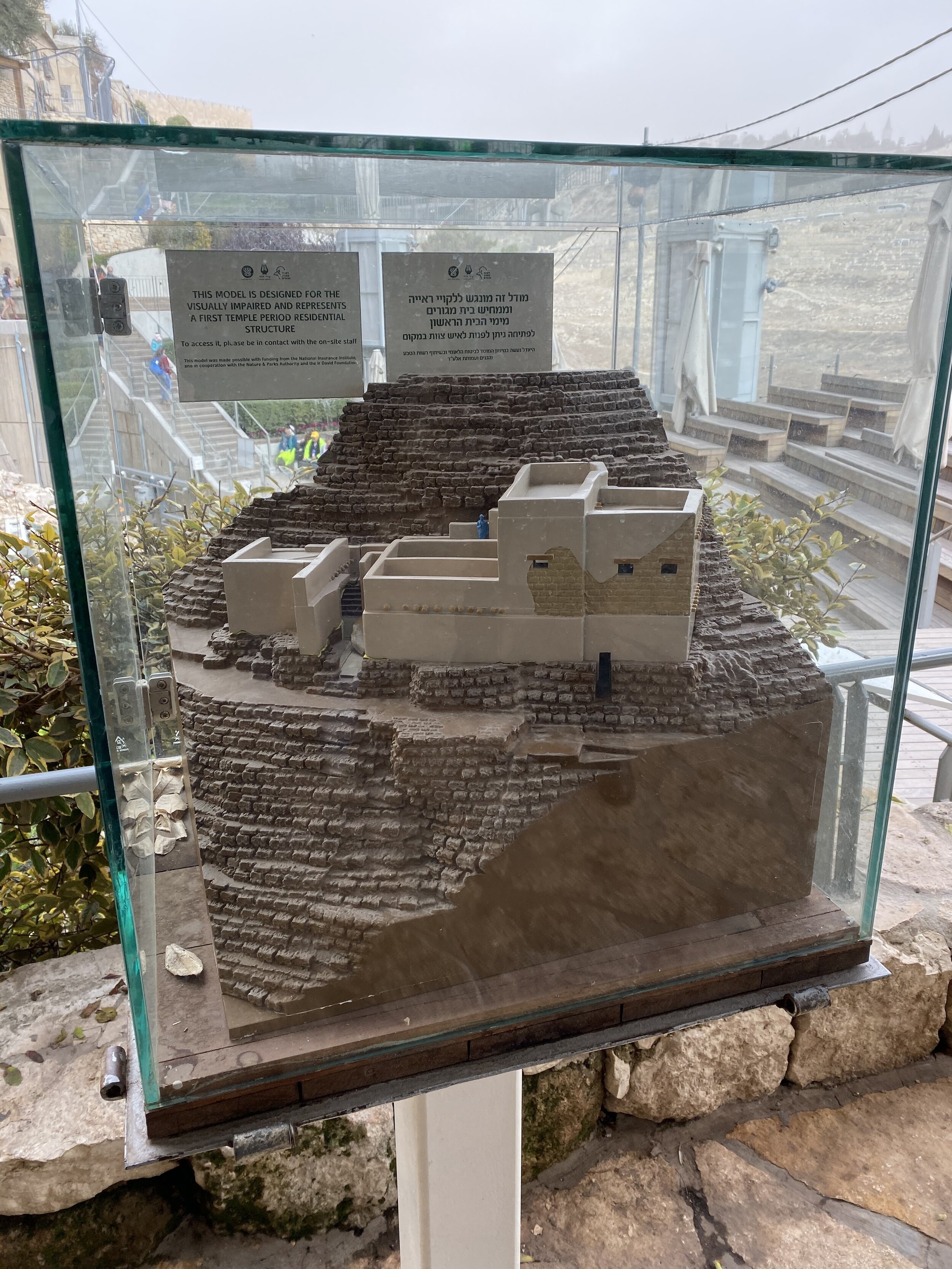
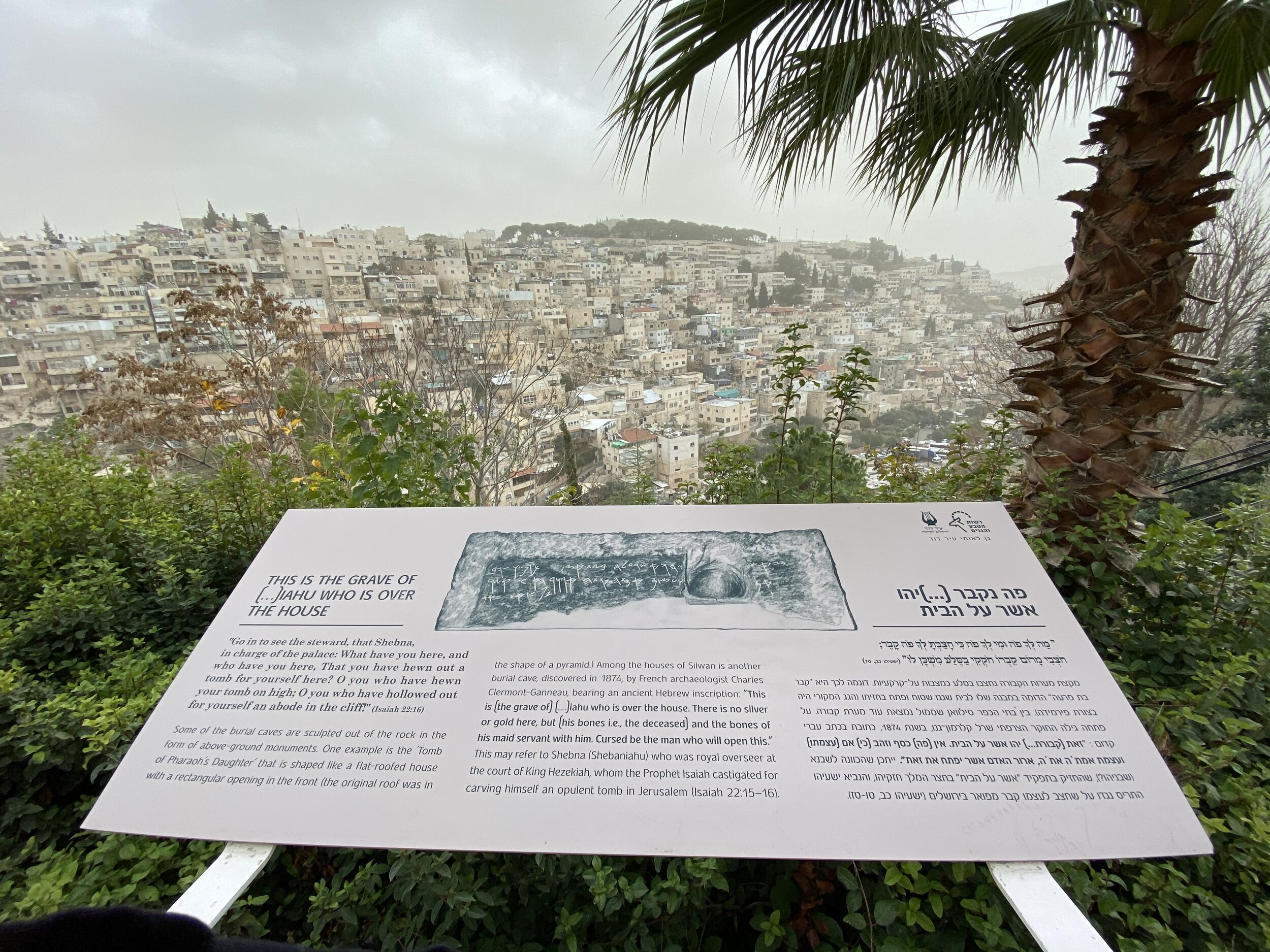

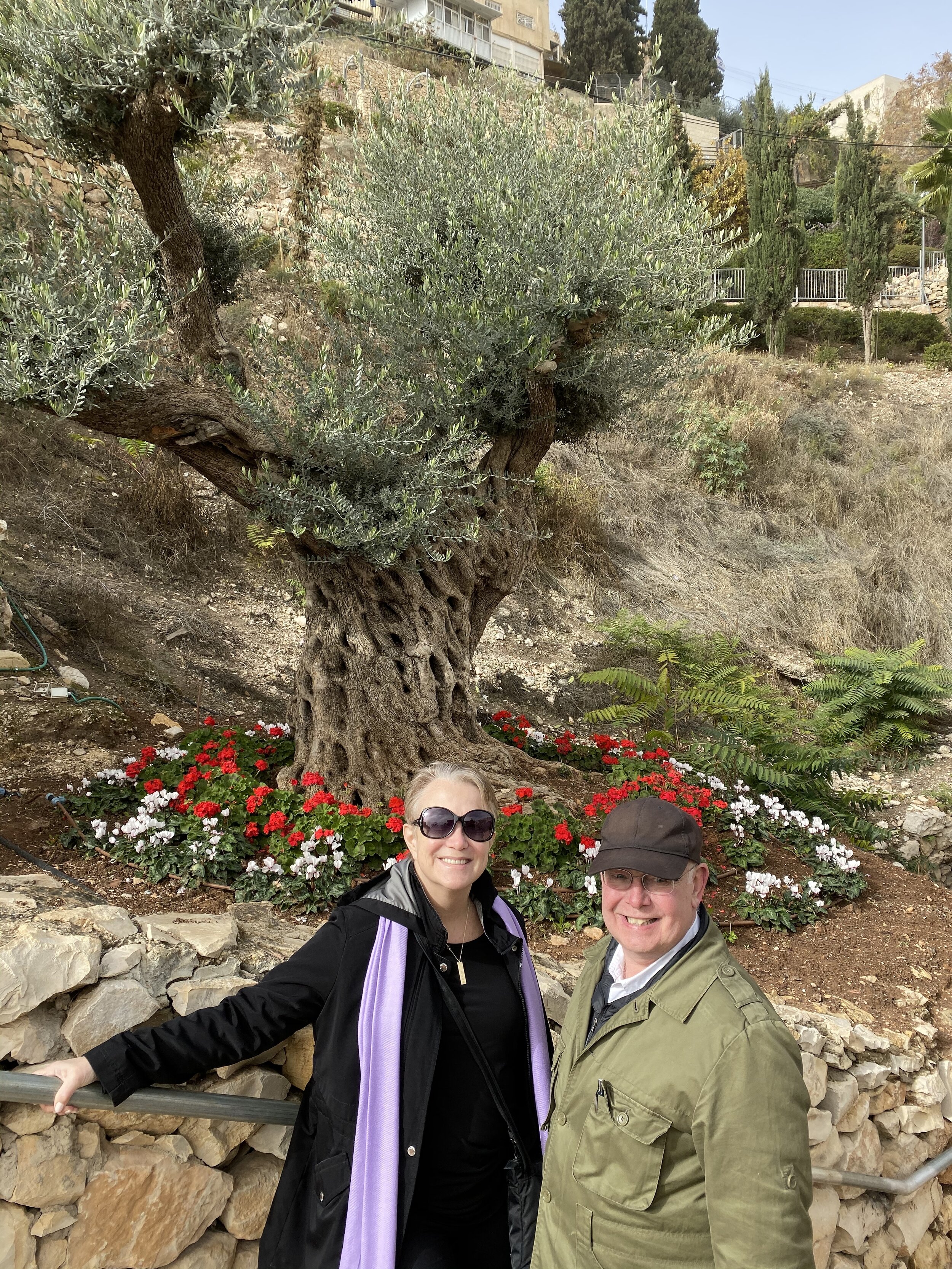
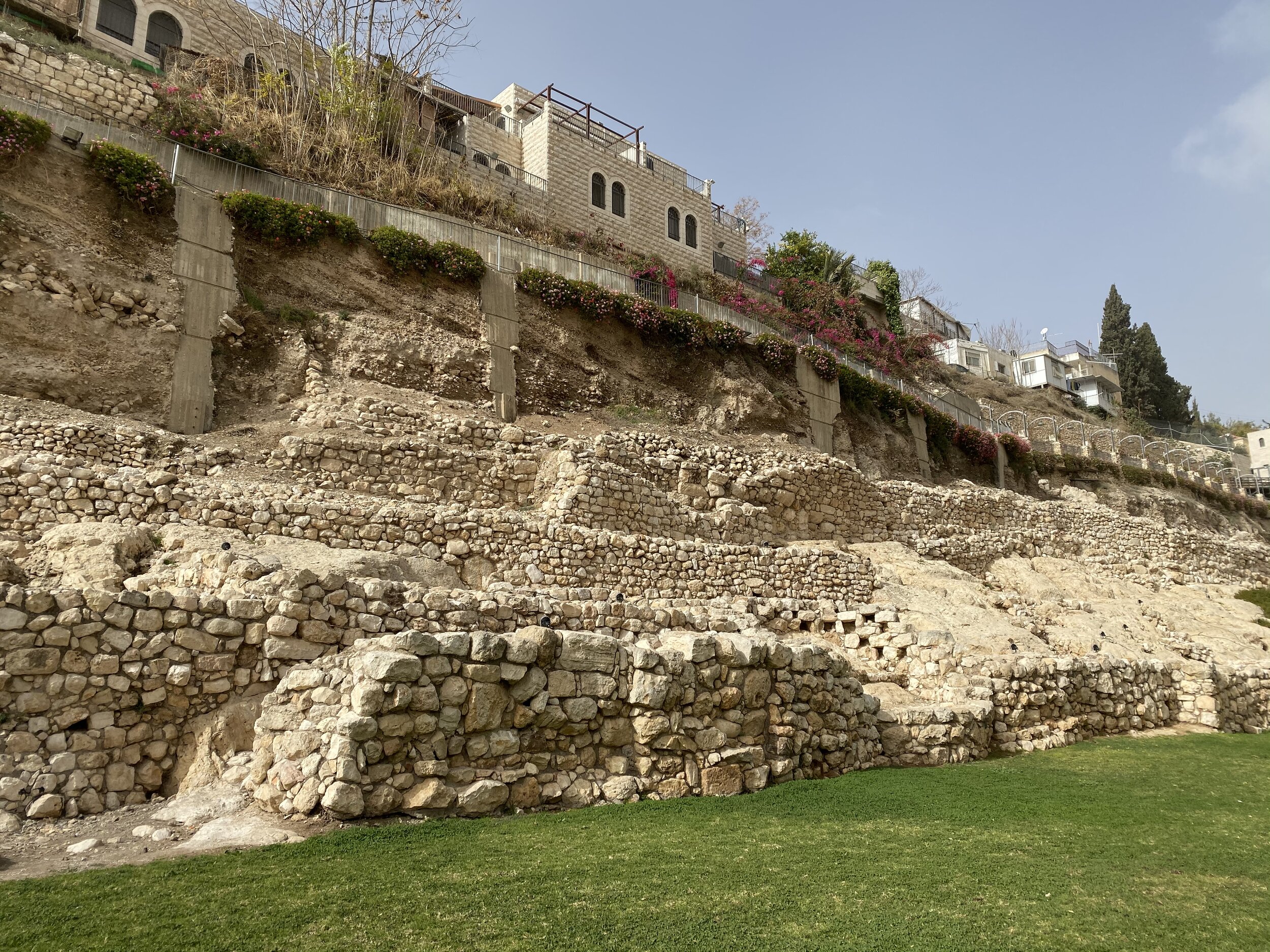
In the City of David, we walked through ancient underground tunnels that housed an aqueduct system that ensured a freshwater supply to the Old City of Jerusalem from the Gihon Springs. It consists of the Siloam Channel (built by the Canaanites during the Bronze Age), the Siloam Tunnel (put in place during the Iron Age), and the Siloam Pool (actually two pools, one from the Byzantine time period, with the other connected during the Hasmonean period). While we did not choose to do so, some visitors opt to walk through the pools (if you decide to do this, be sure to bring shorts and a change of clothes). We exited the City of David through the ancient underground sewer system that operated during the time of Christ.
It should be noted that the sewer system tour is not for the faint of heart. It is 2/3 of a mile in length, is a steady up-hill walk-in warm, humid conditions, and is in very close quarters. On the plus side, we saw no one else while on this part of the tour, even though there were thousands of people touring Jerusalem and the City of David above us. The sewer system is not currently in use and has not been operational for centuries.
We entered the Old City of Jerusalem through the Dung Gate (one of the 8 current open gates for city entrance) and the Davidson Center Archeology Museum (also known as the Jerusalem Archeological Park). From this area, Christian visitors can walk where it is believed Christ entered the Old City on the way to his trial and crucifixion. It is thought Christ passed through the Golden Gate, an access point into the Old City that has been walled up since medieval times.
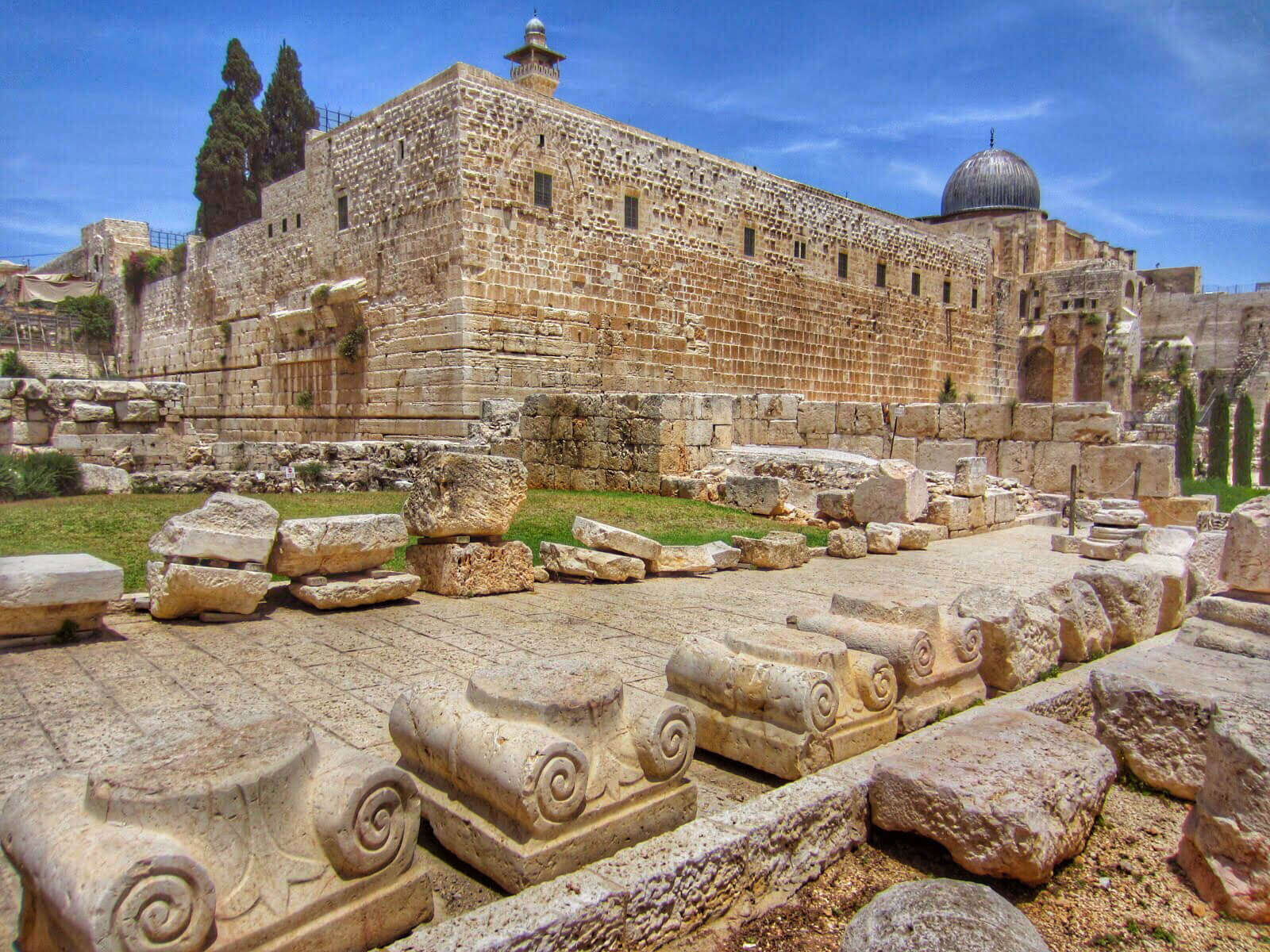
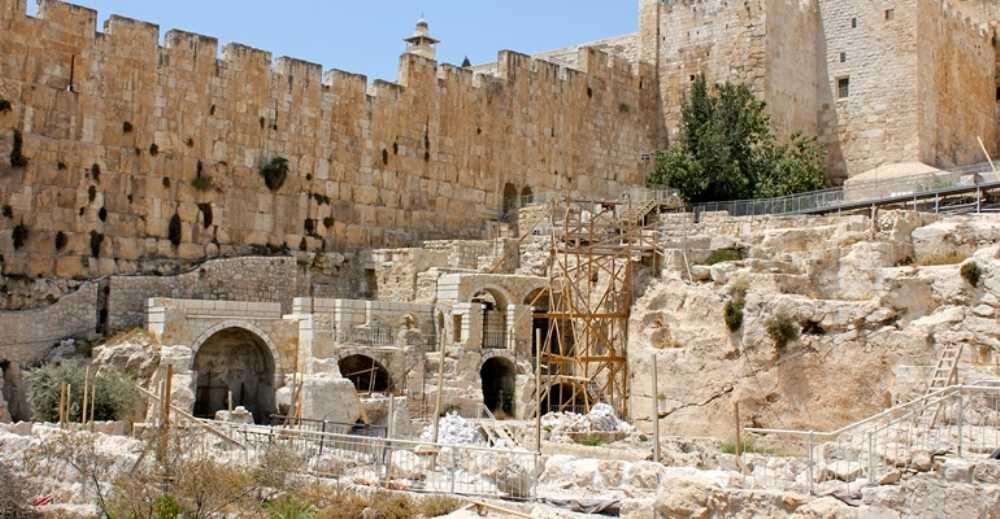

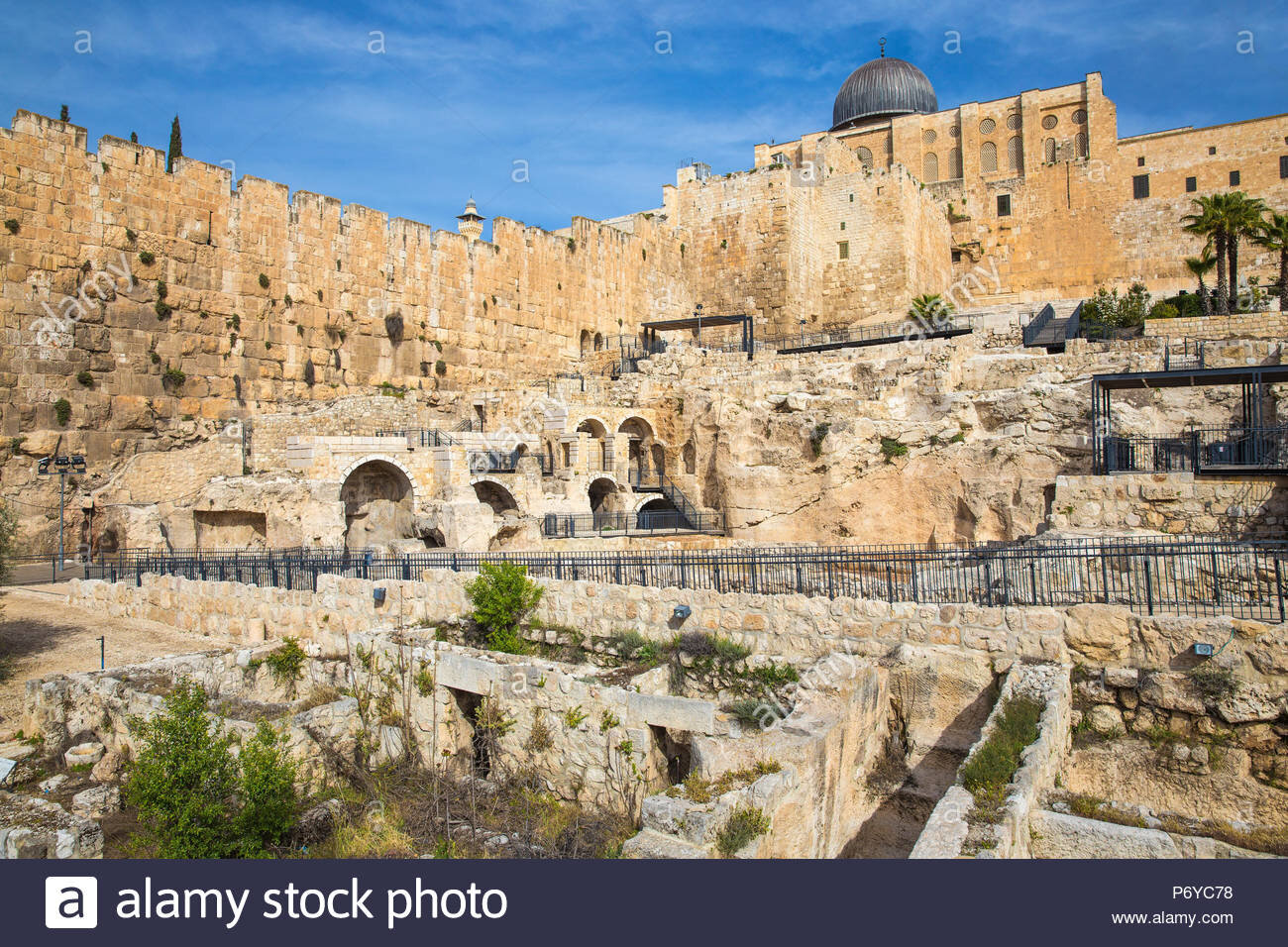
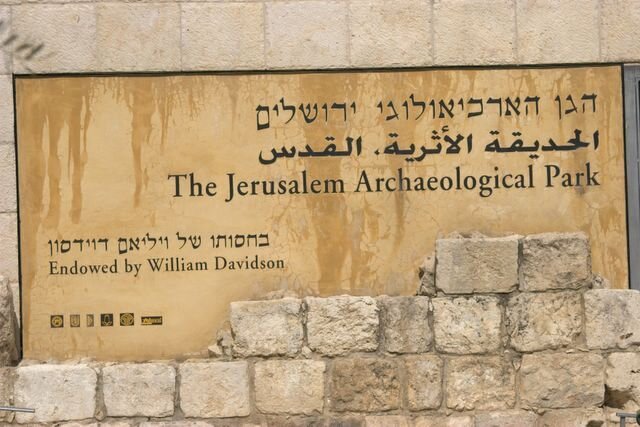
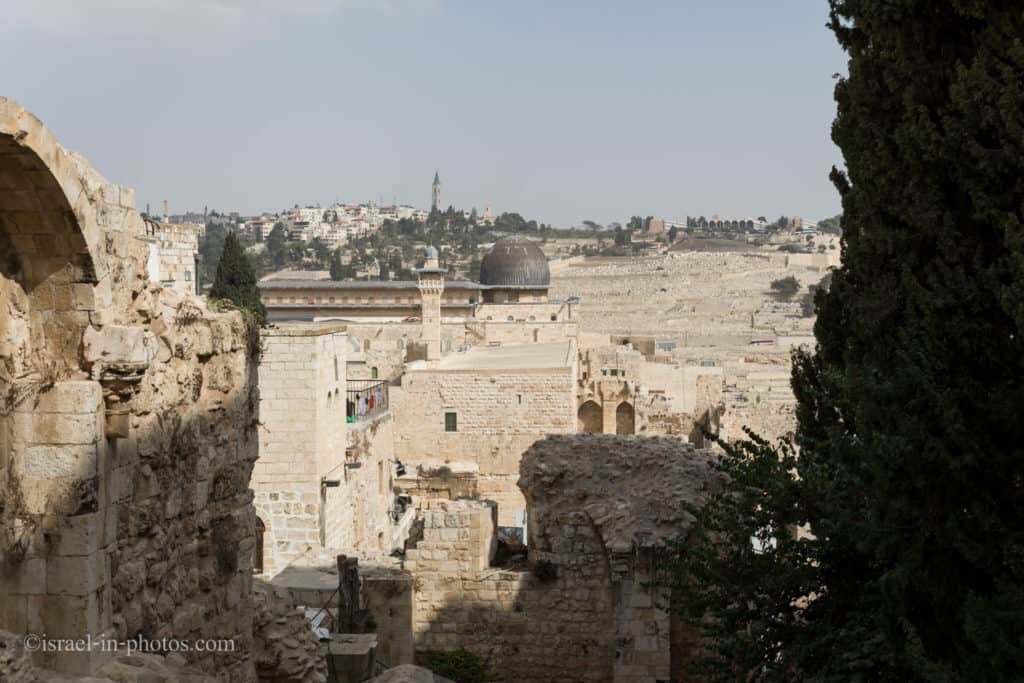

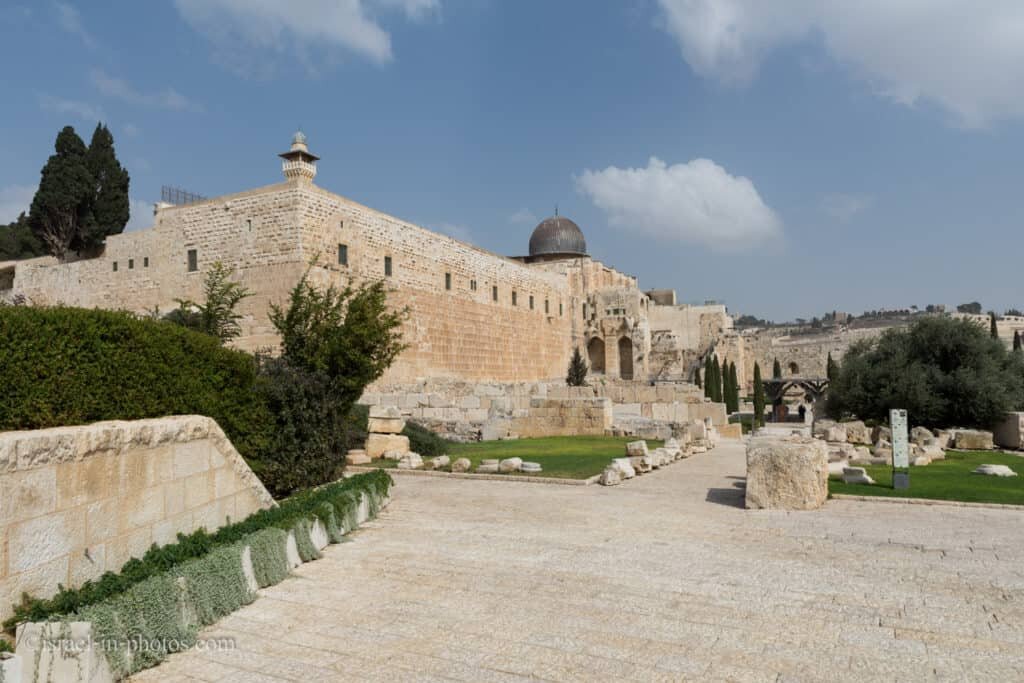

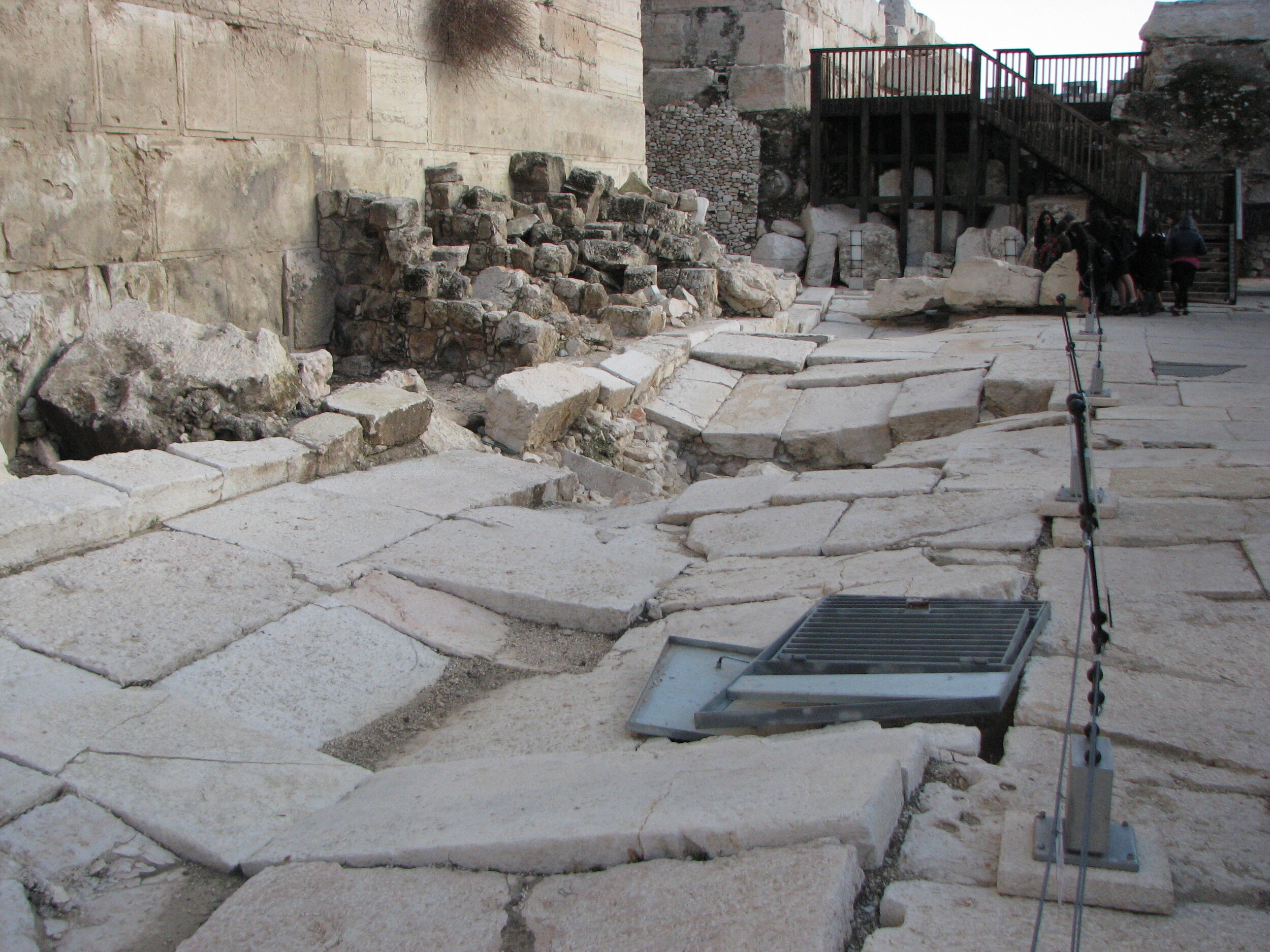
From this point, we visited the Western Wall (also referred to as the Wailing Wall, or Kotol or עיר דוד, in Hebrew) or the Buraq Wall (in Arabic حَائِط ٱلْبُرَاق). An ancient, limestone retaining wall, this area is of religious significance to Christians, Jews, and Muslims. At the Western Wall, people of the Jewish faith may be seen deep in prayer and meditation.
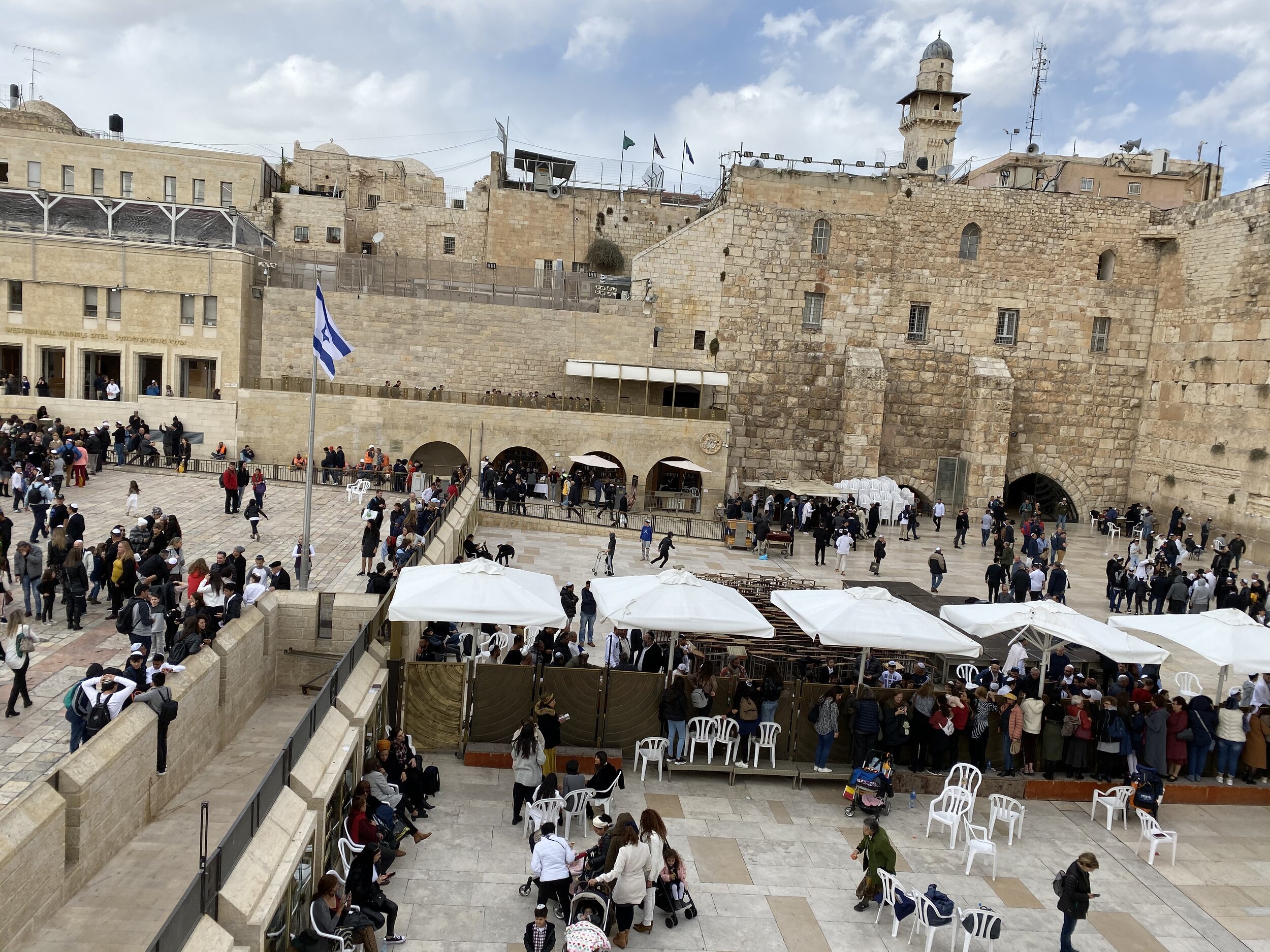
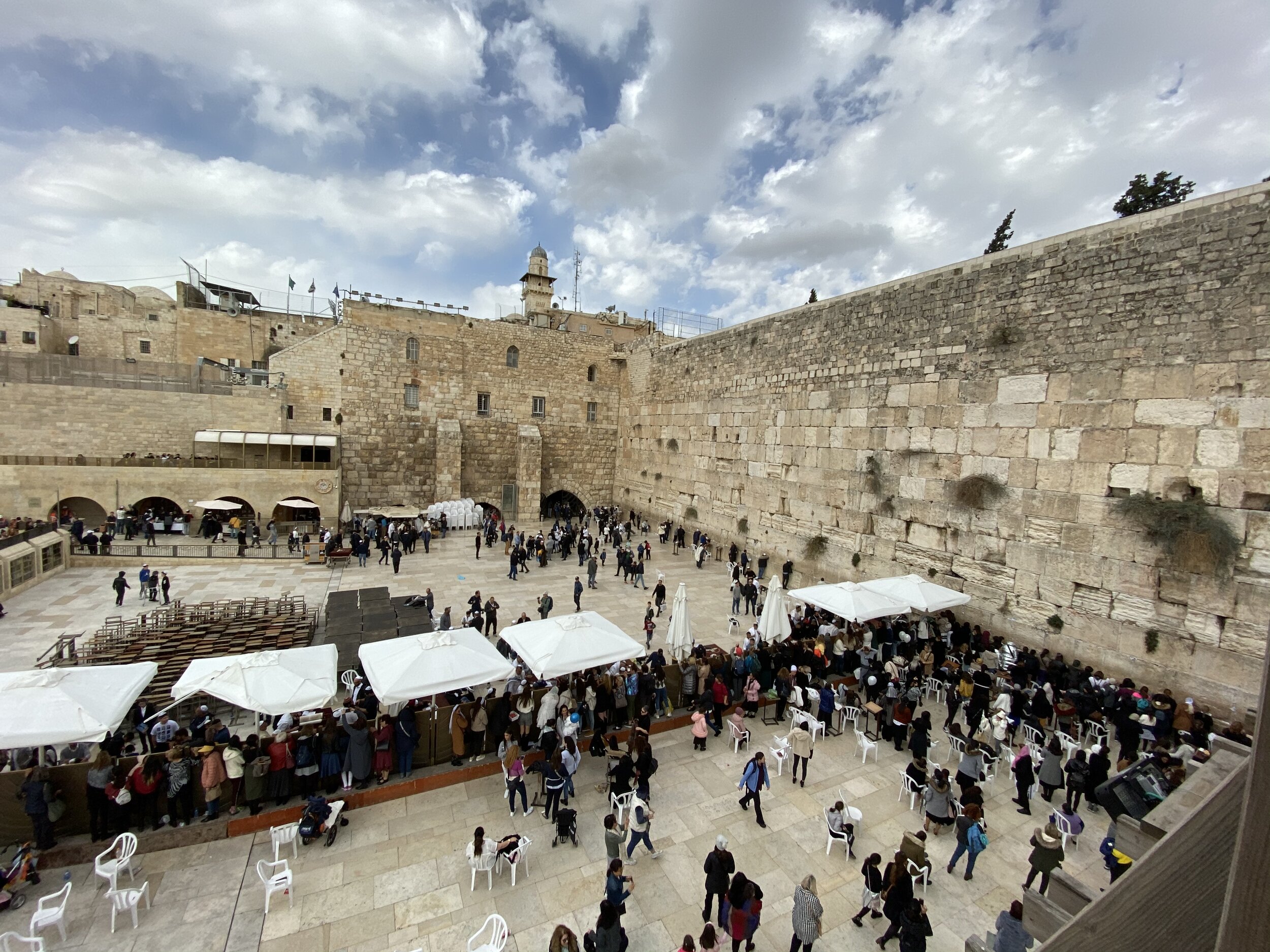
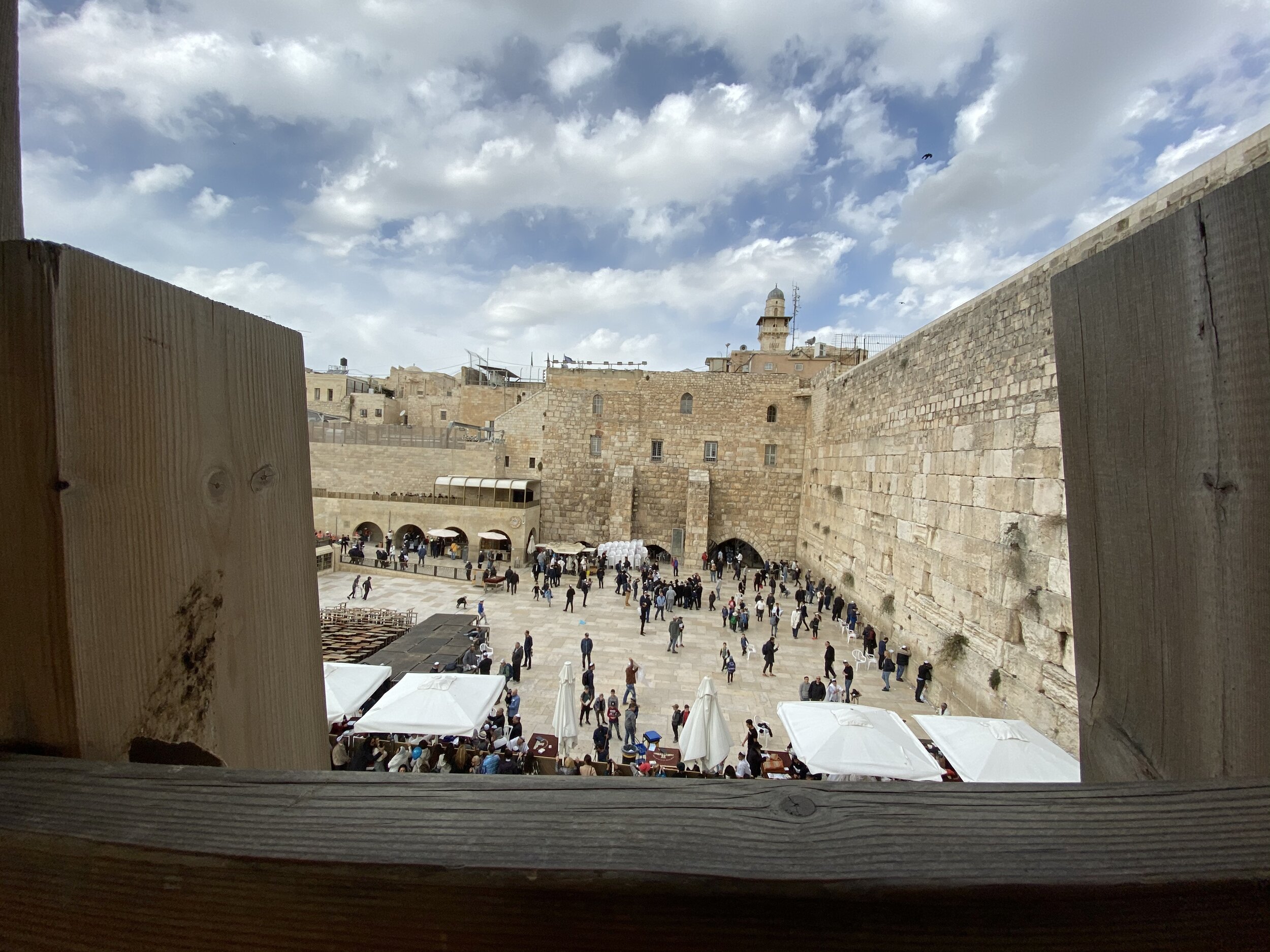
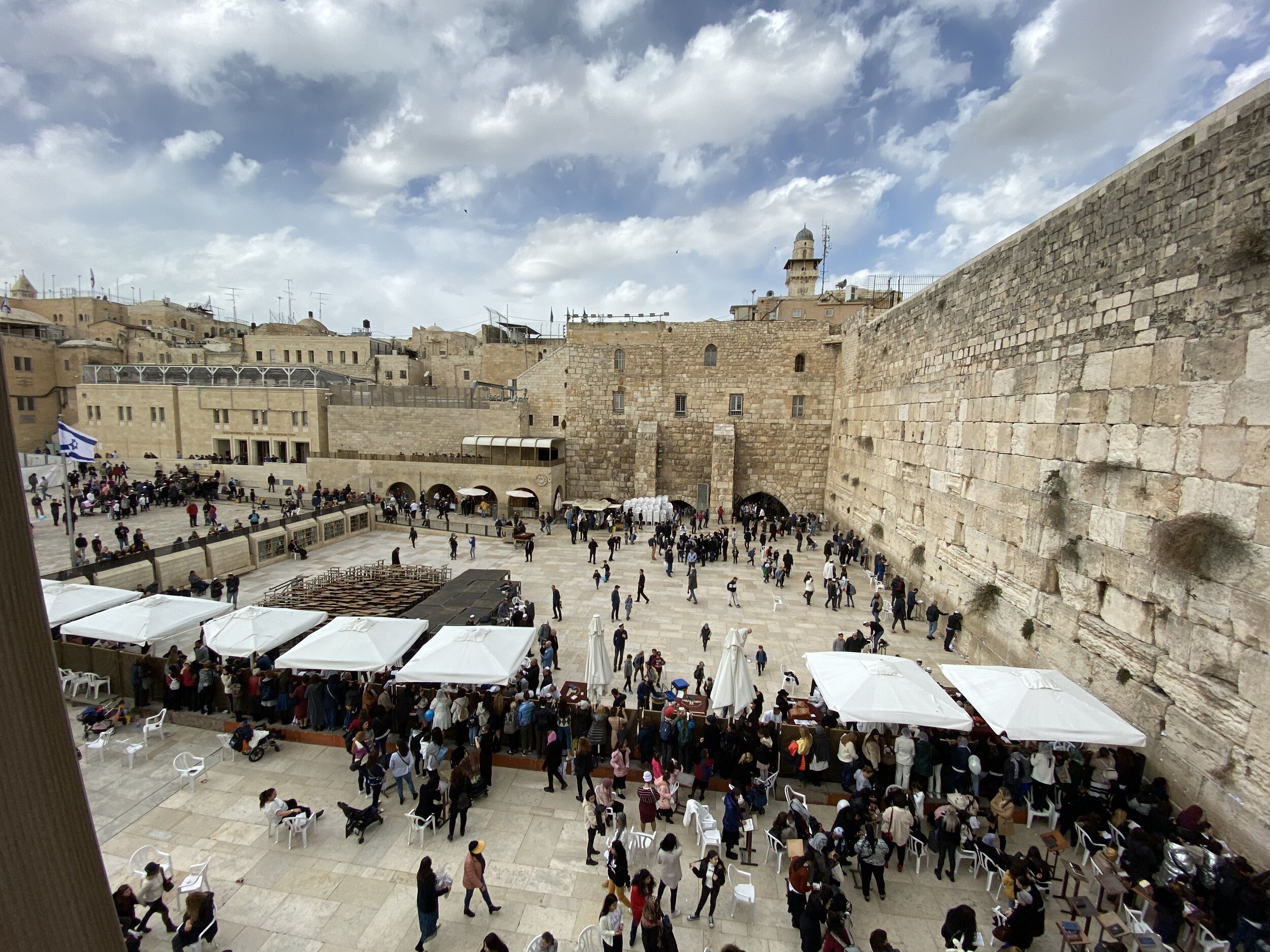
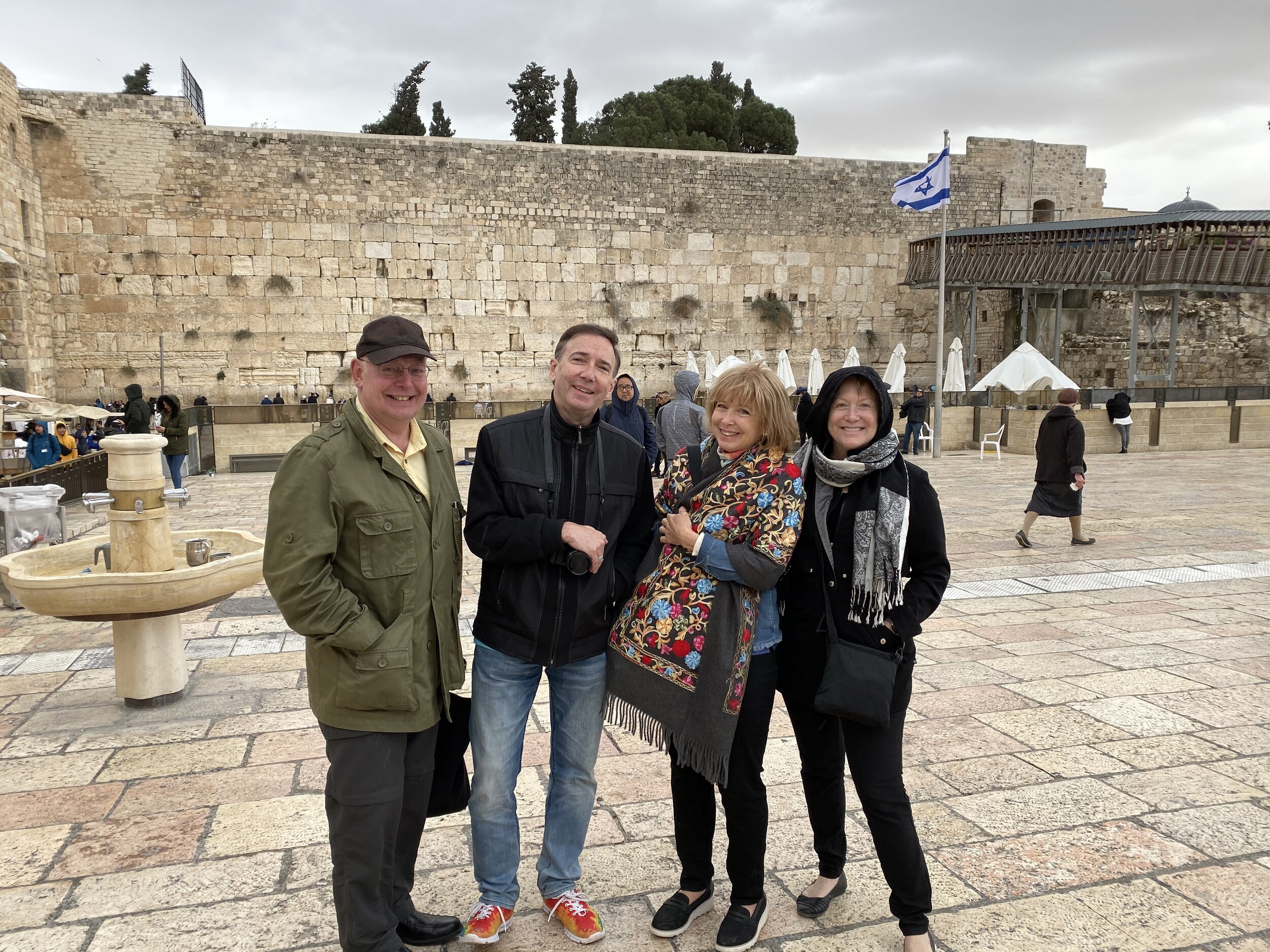
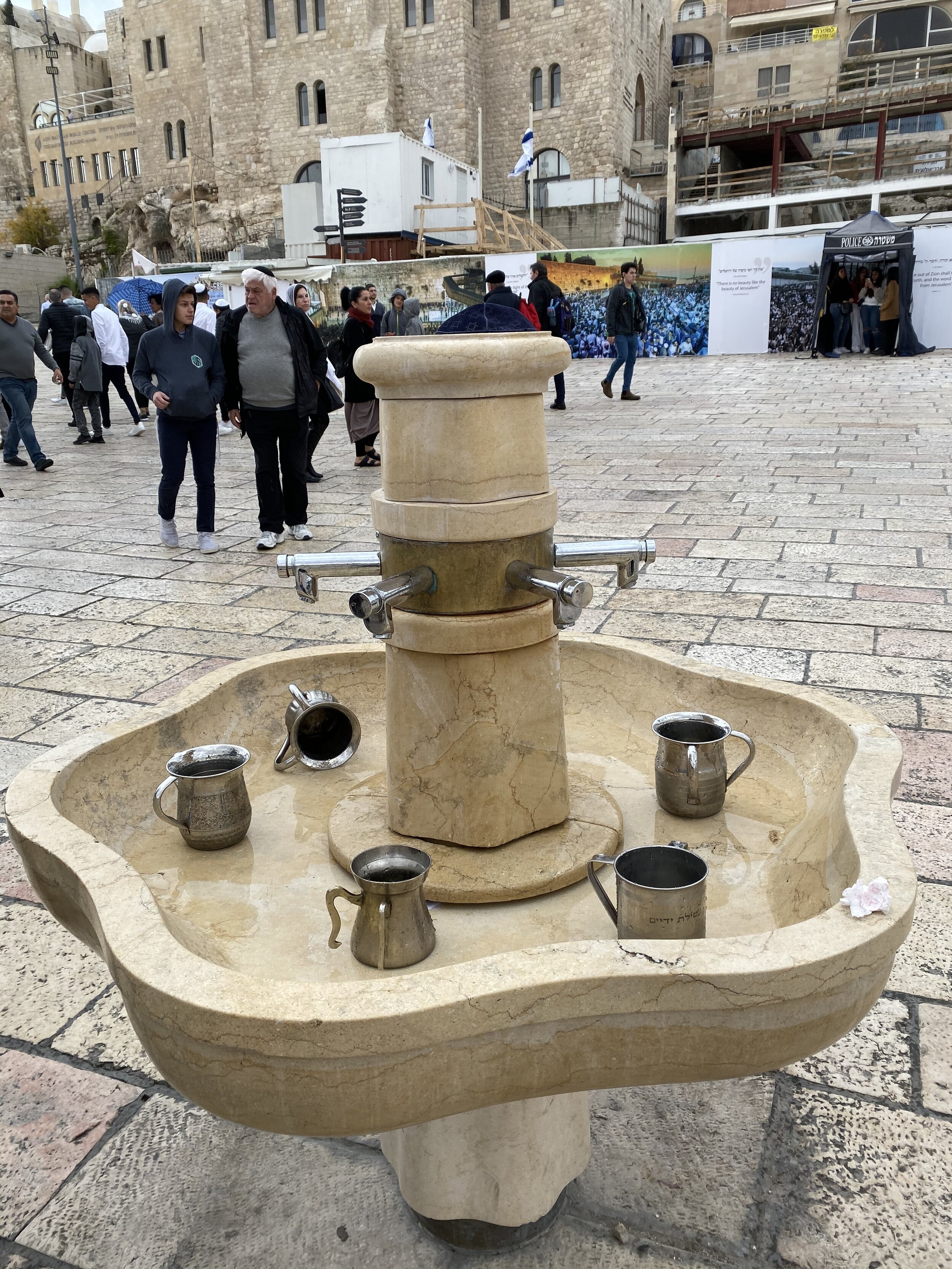
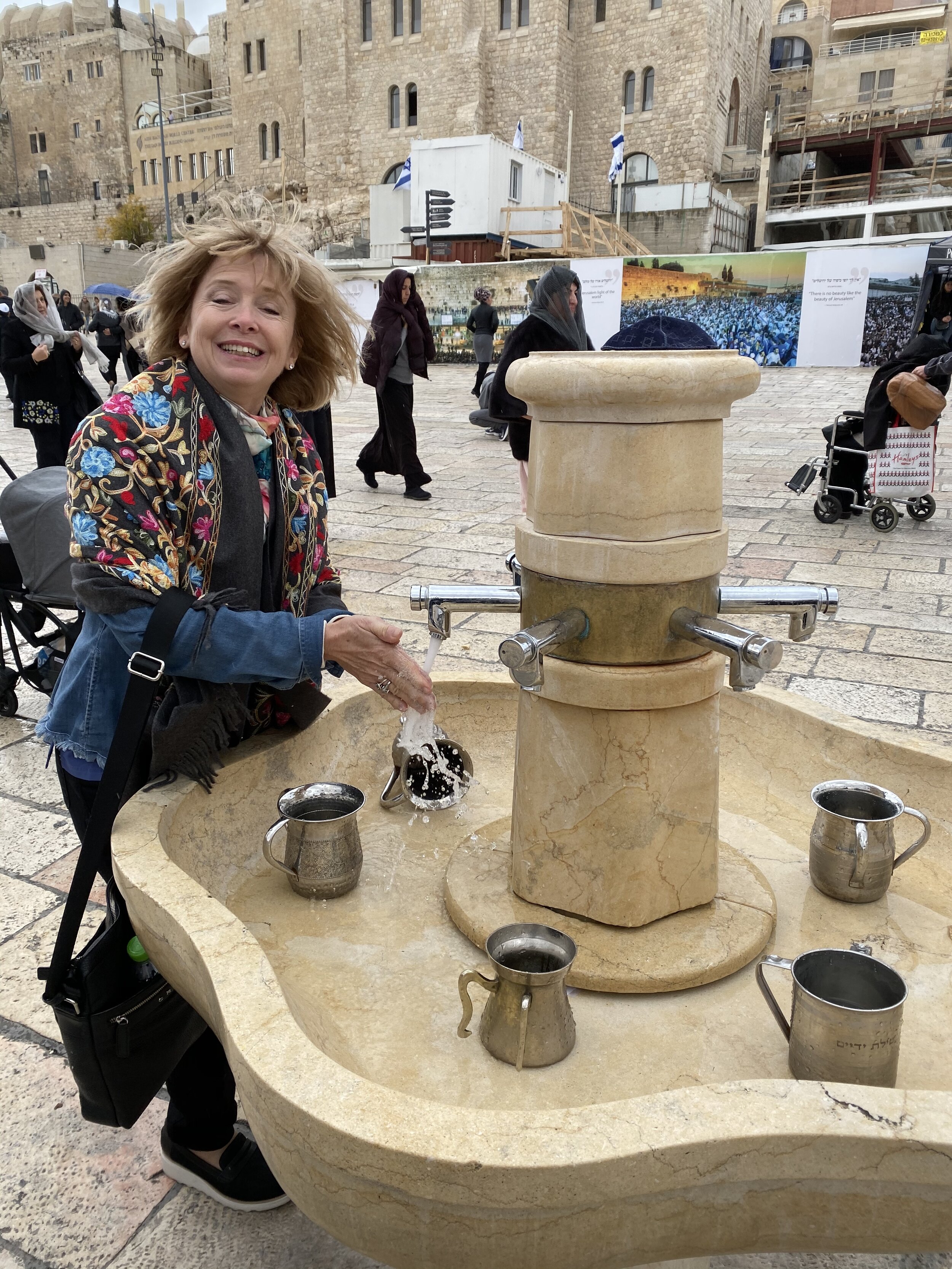
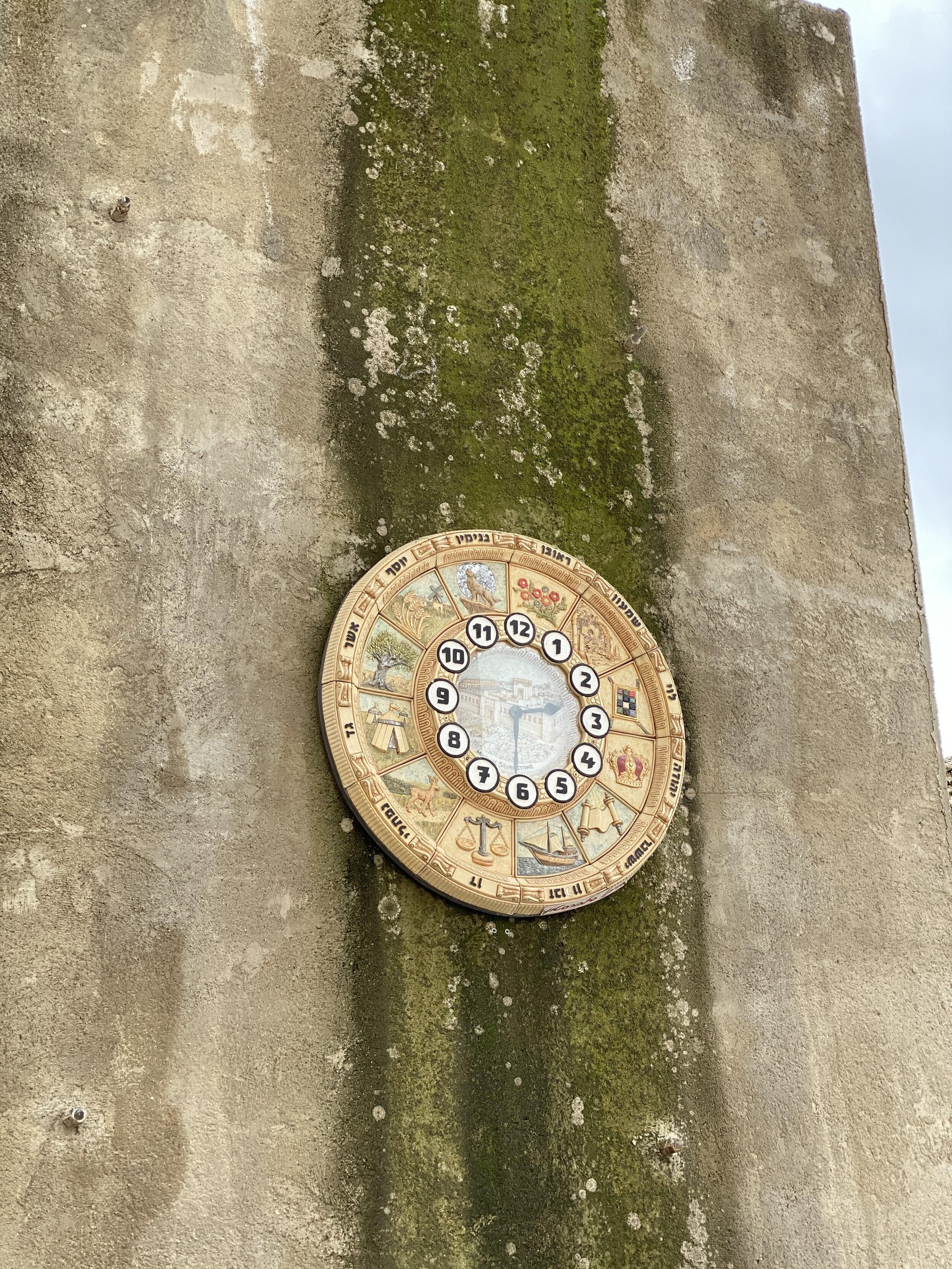

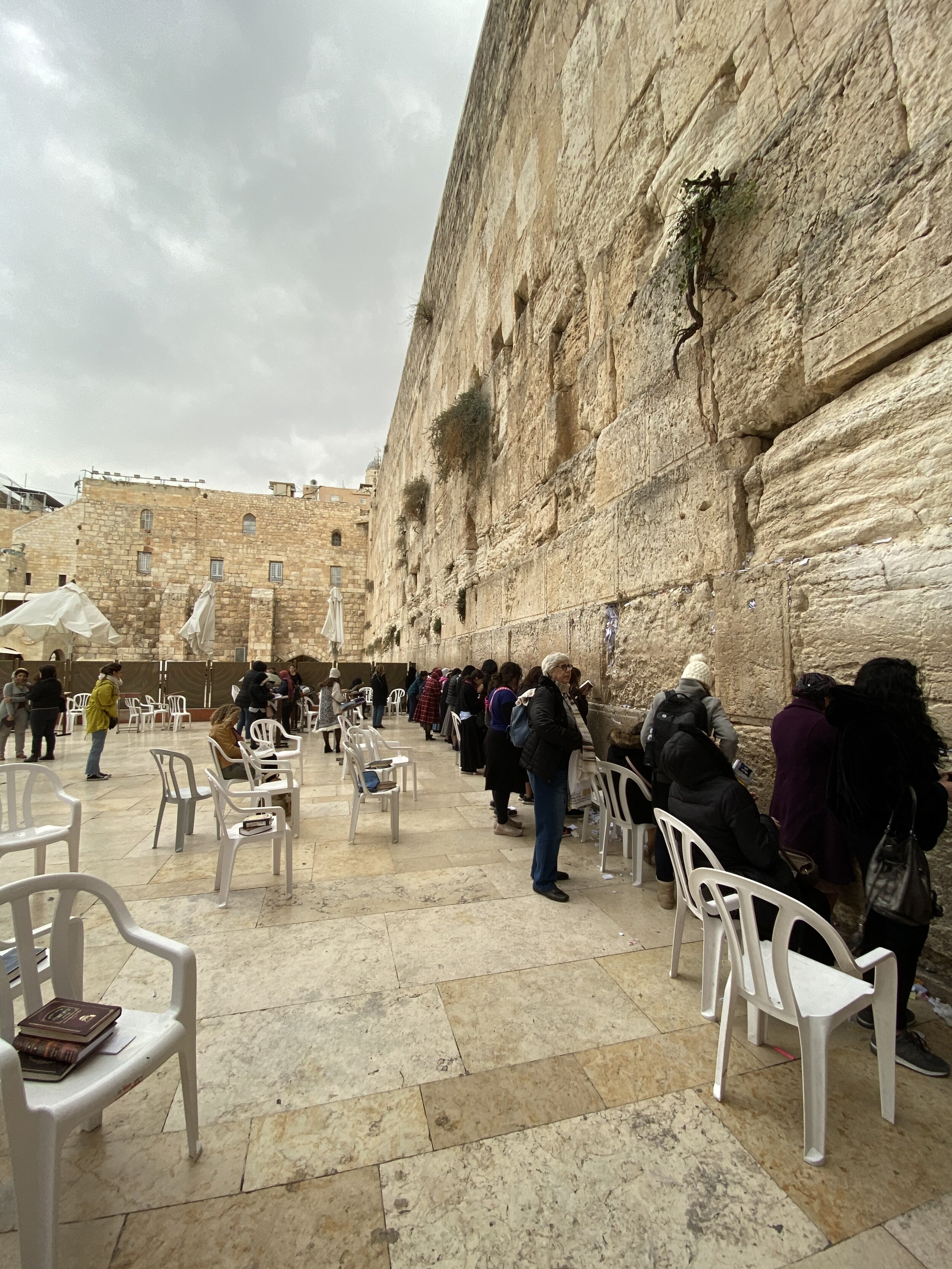
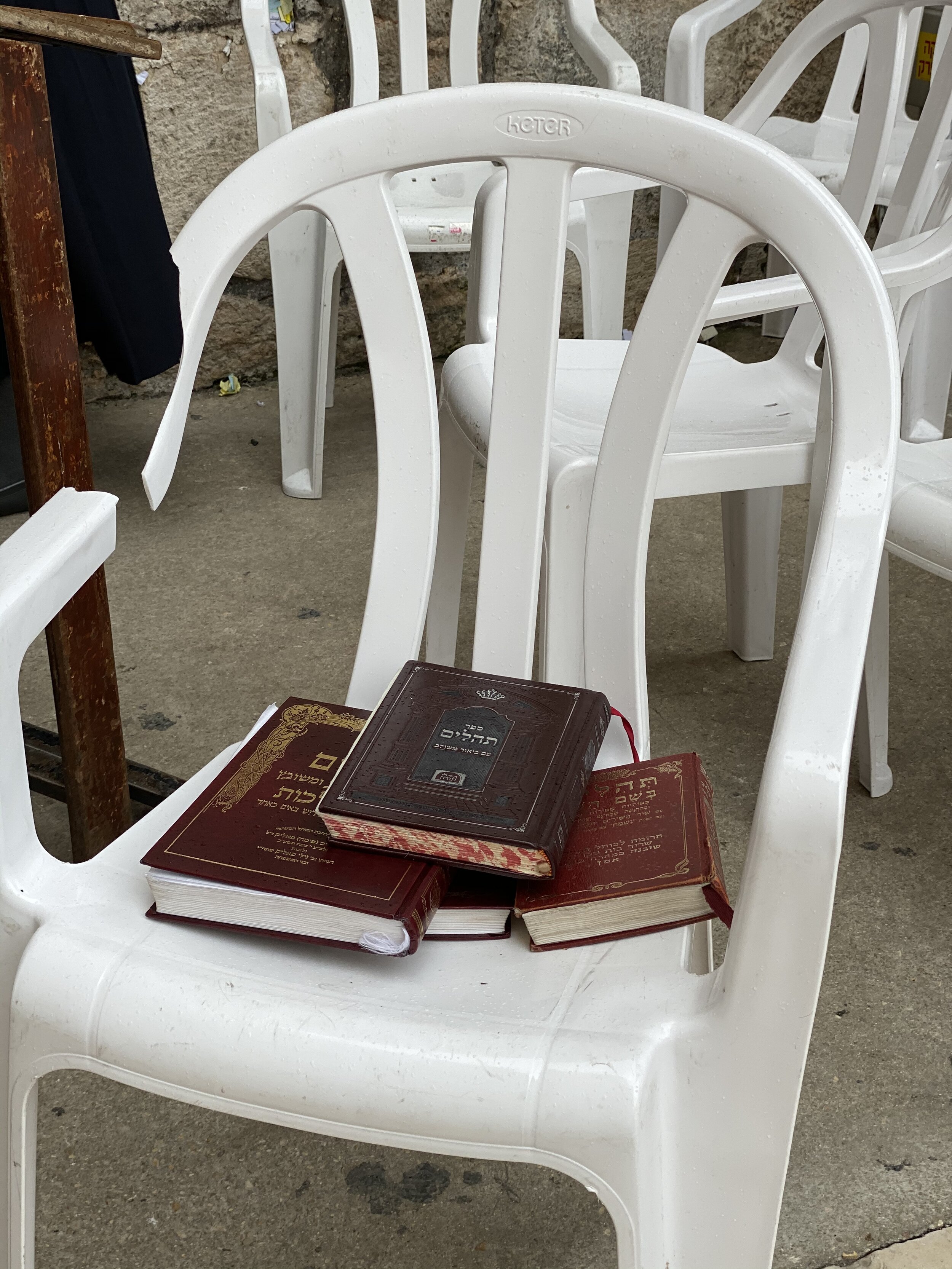
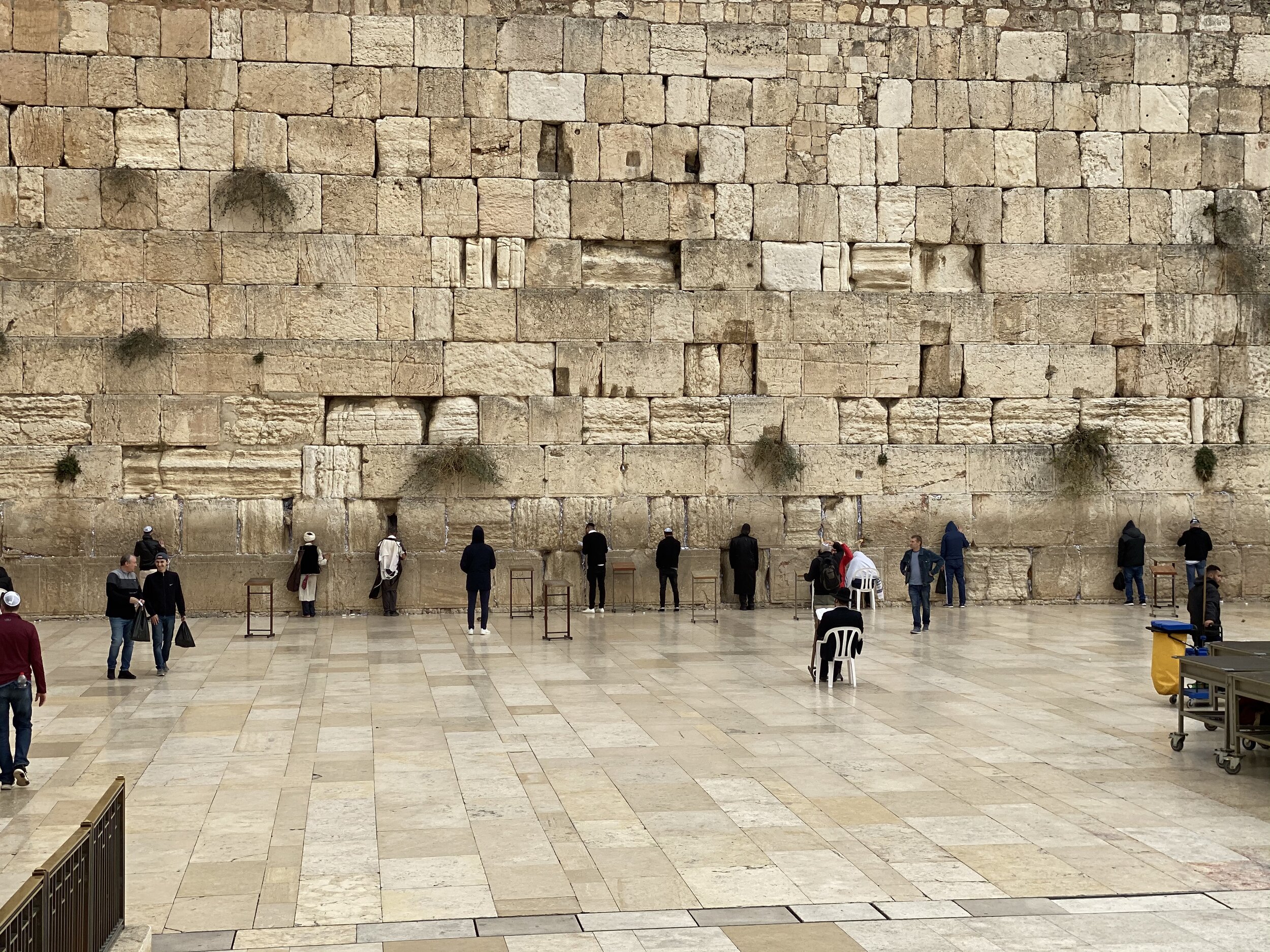
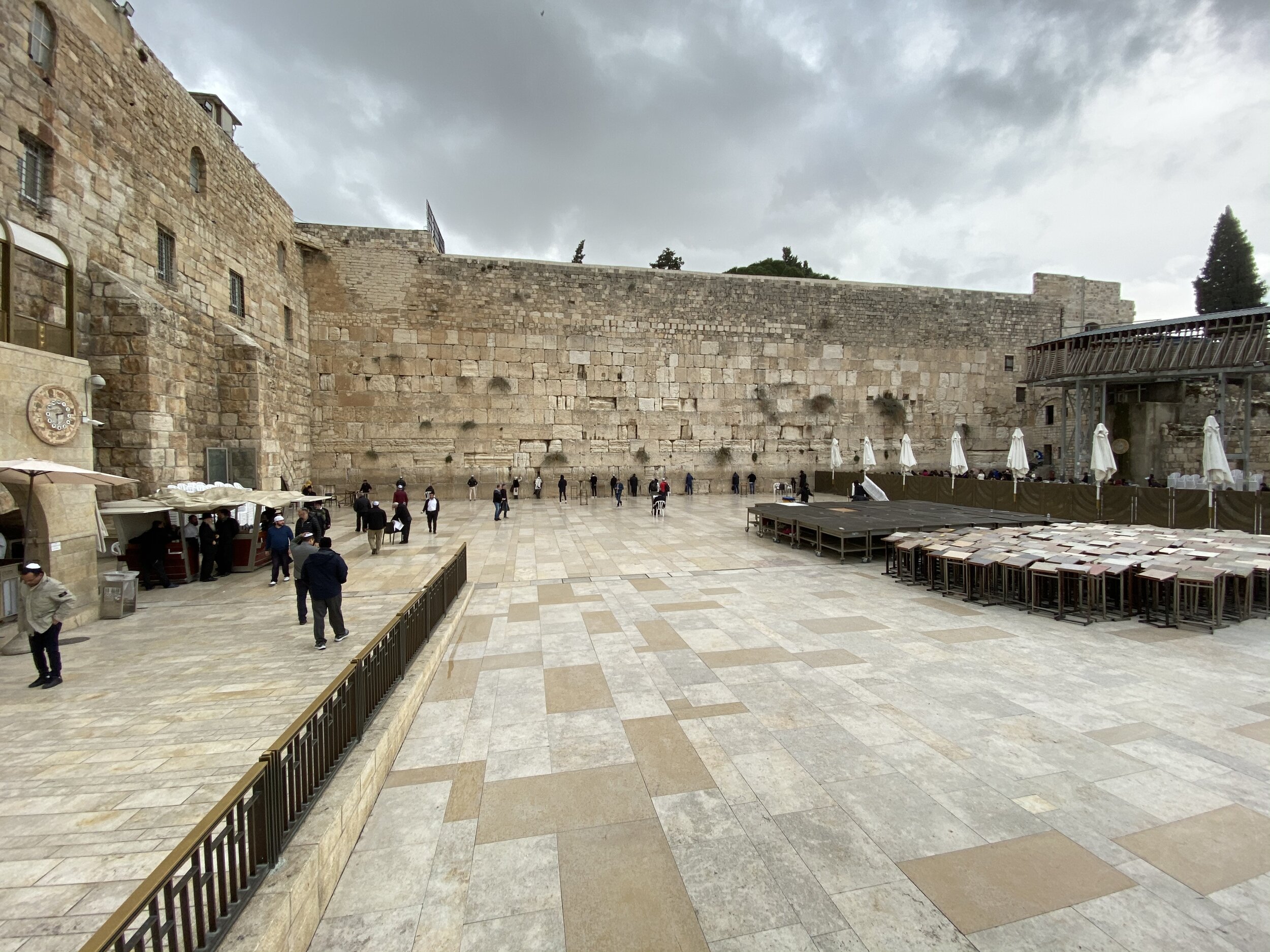
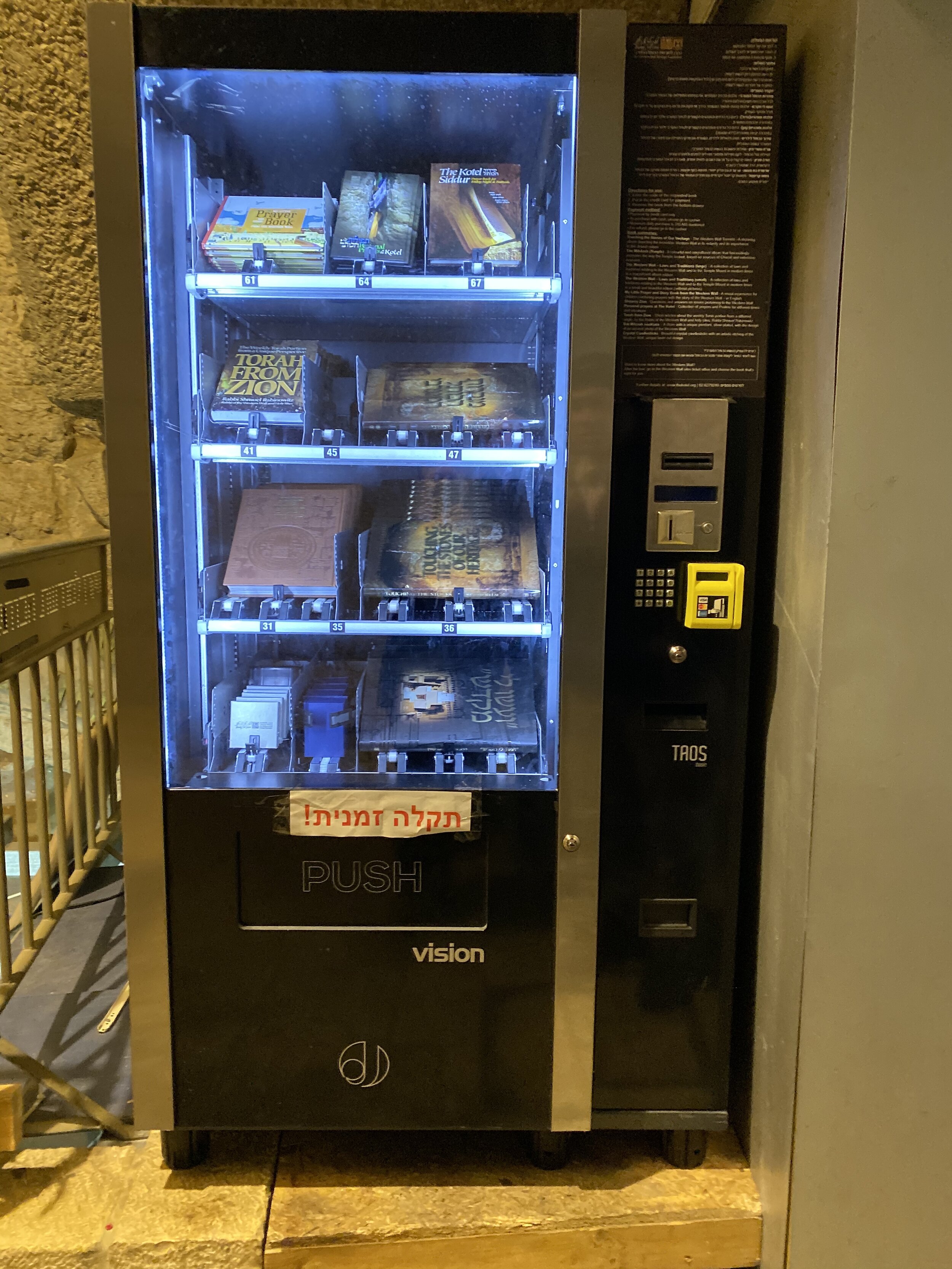

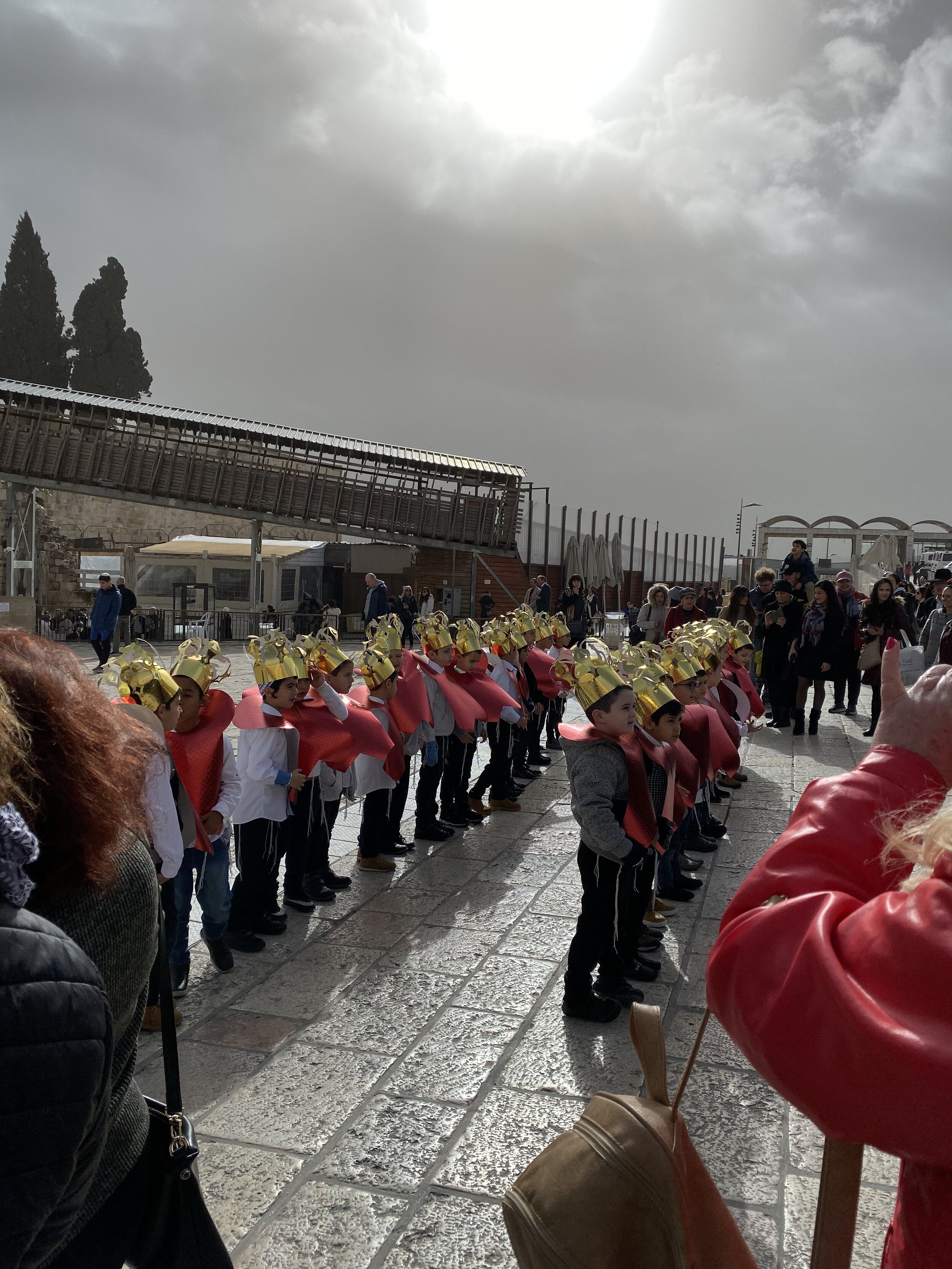
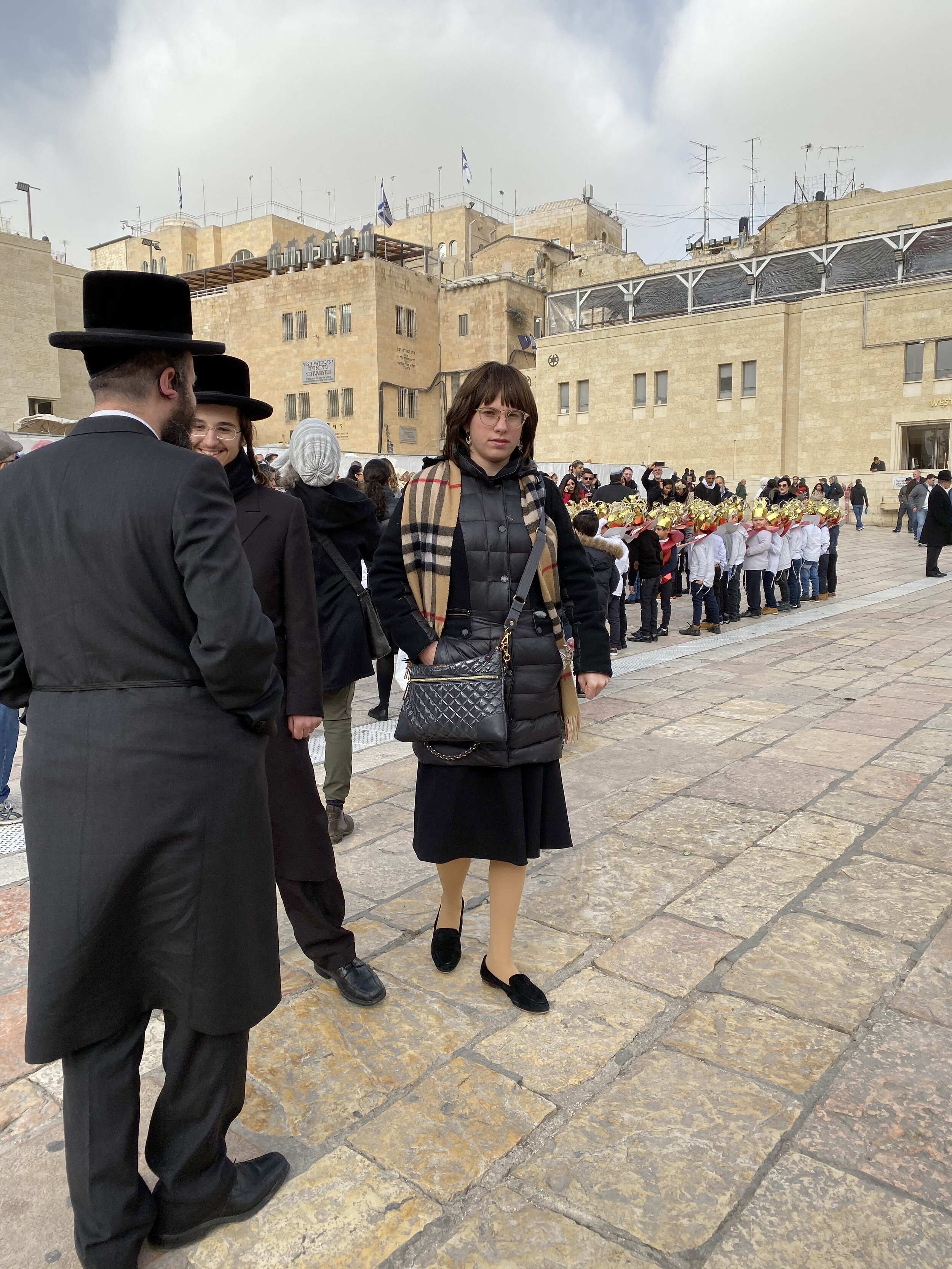
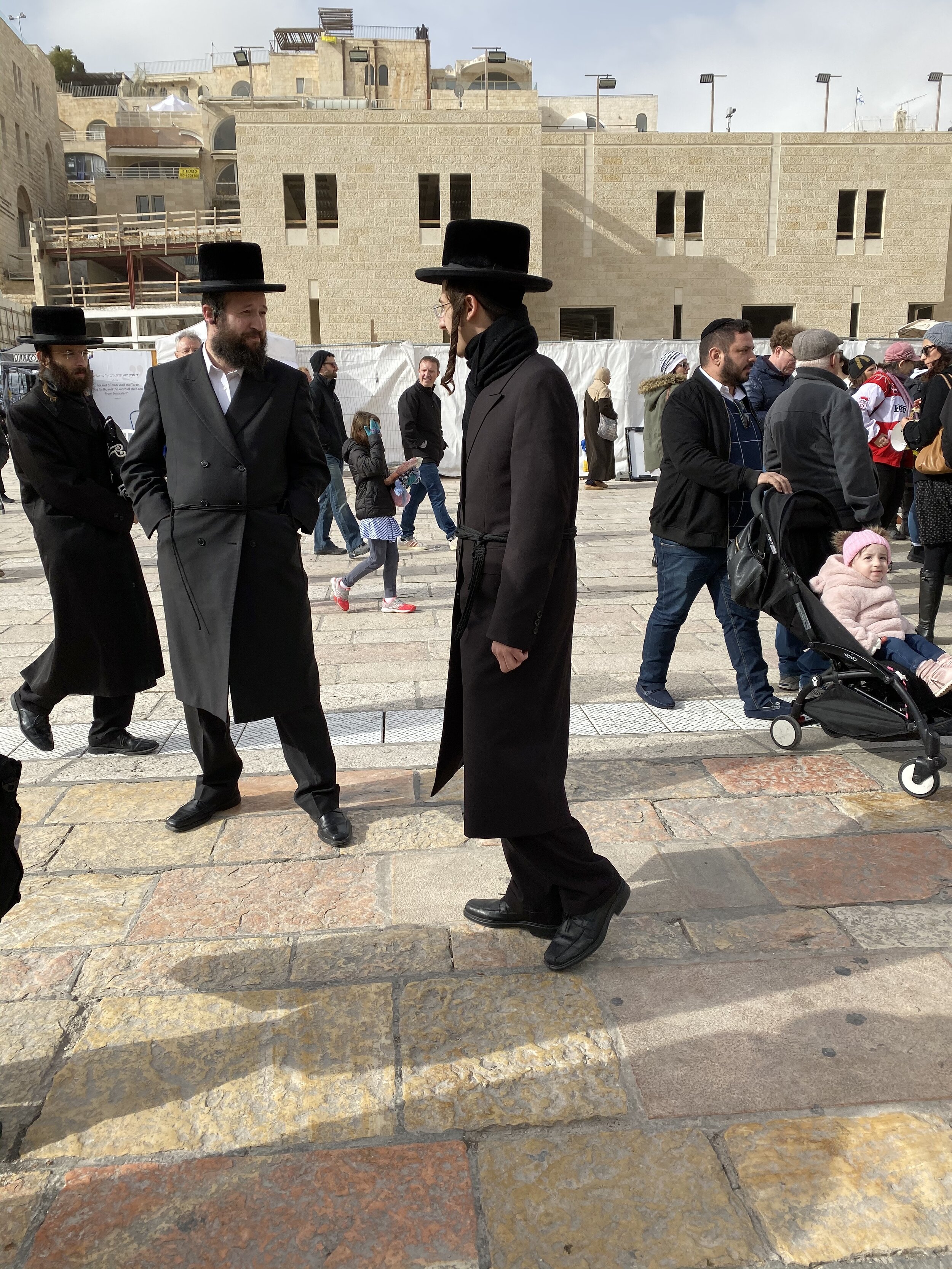
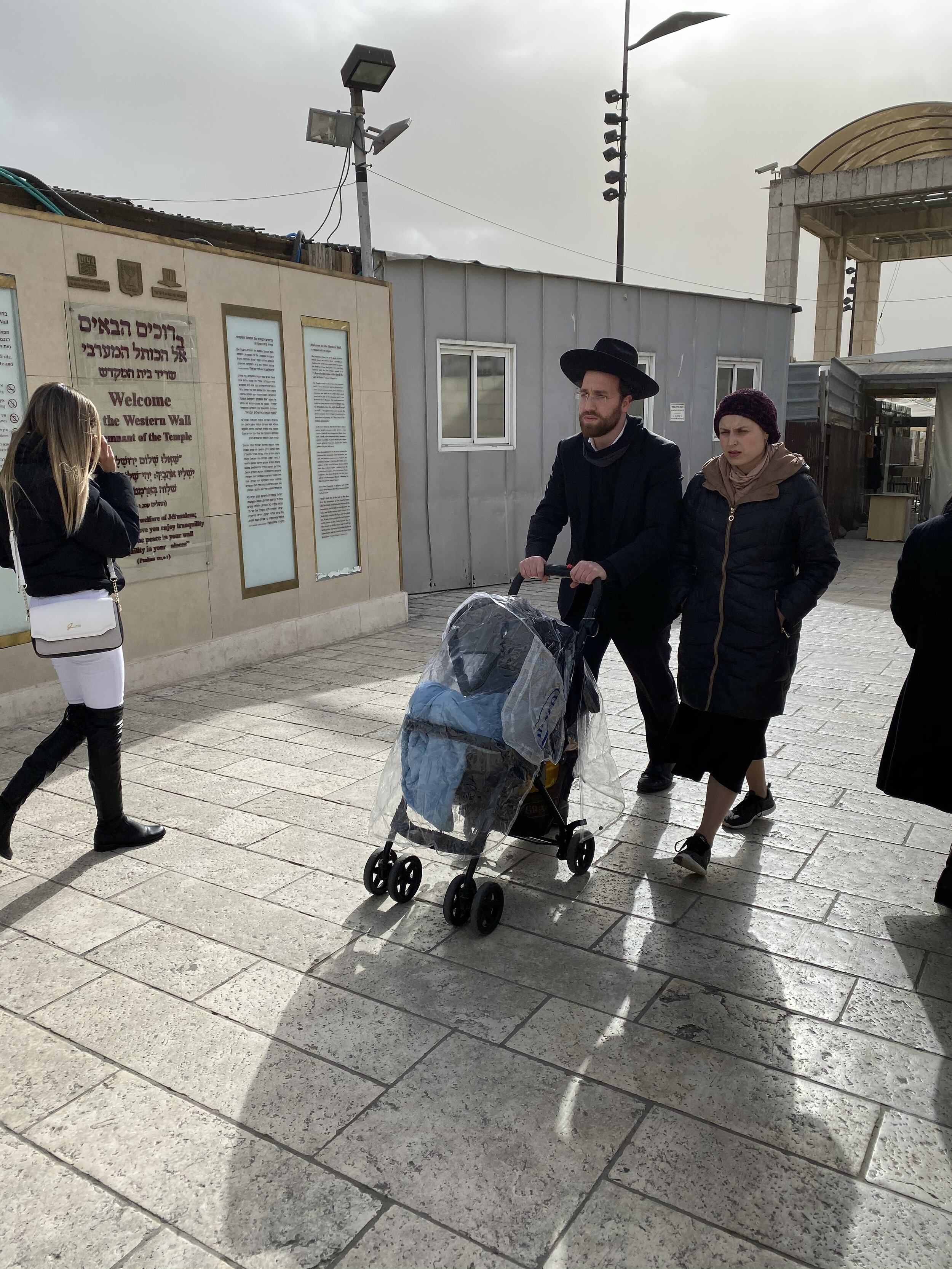
We then visited the Temple Mount, viewed as a holy site in Judaism, Islam, and Christianity. For Jews, it’s historically thought to be the site of the First Temple—built by King Solomon, and the Second Temple—built by Zerubbabel, and reconstructed by King Herod. The Romans destroyed the Second Temple in 70 AD. For Muslims, it is one of the three Sacred Mosques and is believed to be the site of Muhammad’s Isra and Mi'raj—his journey and ascent into paradise. For Christians, the Temple Mount is the site where Christ cleansed the Temple of the money changers, according to the New Testament.
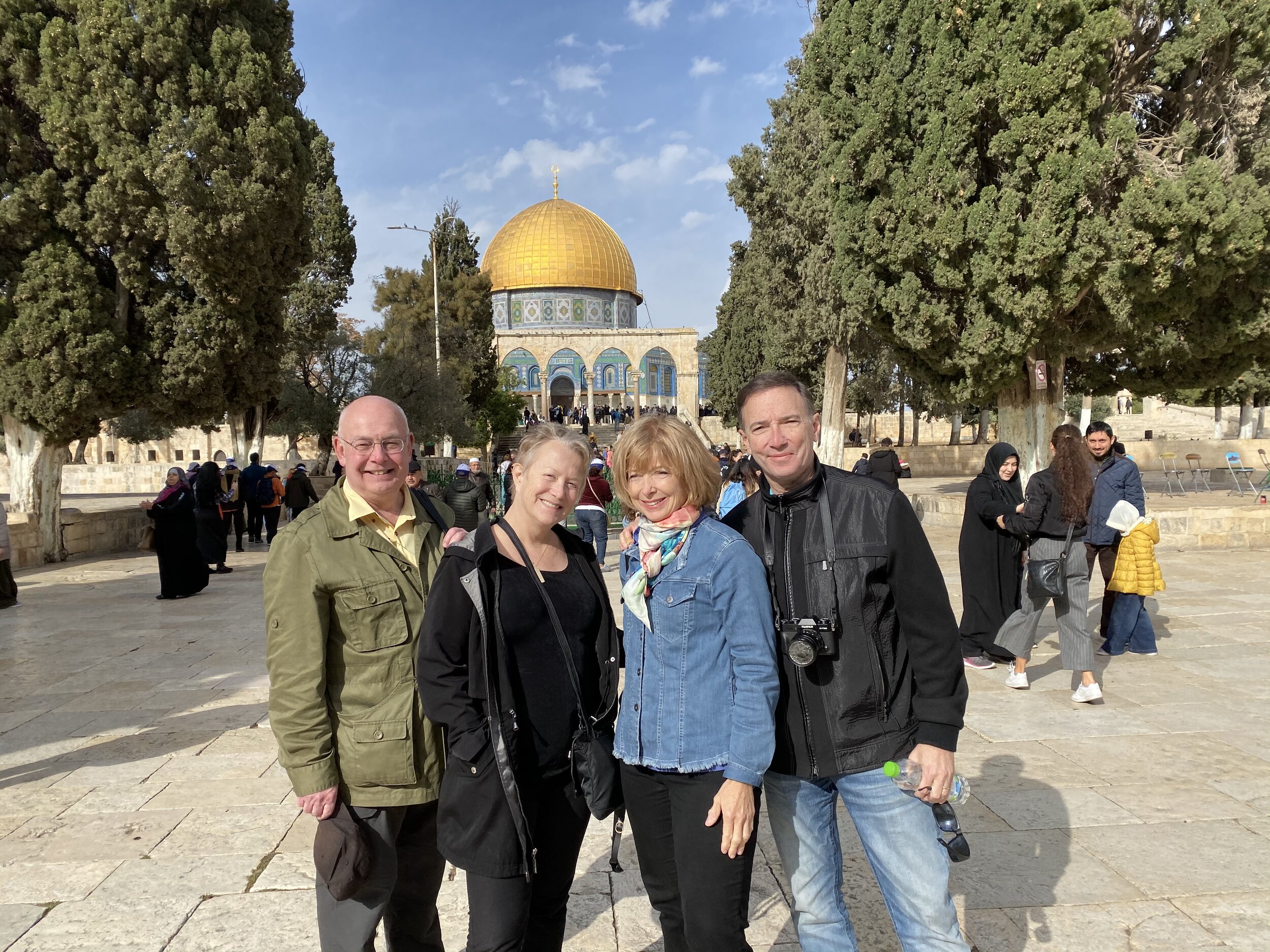
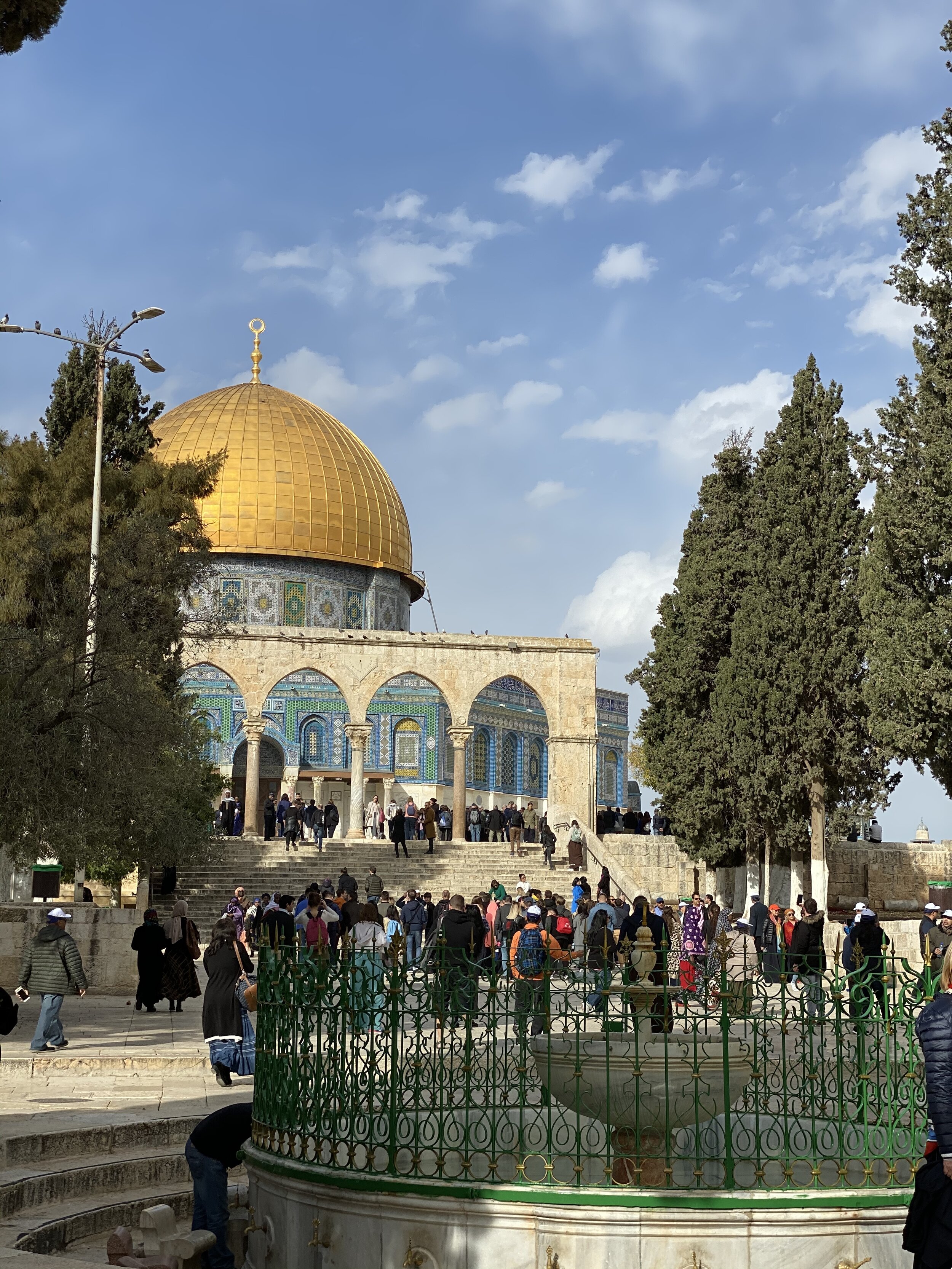
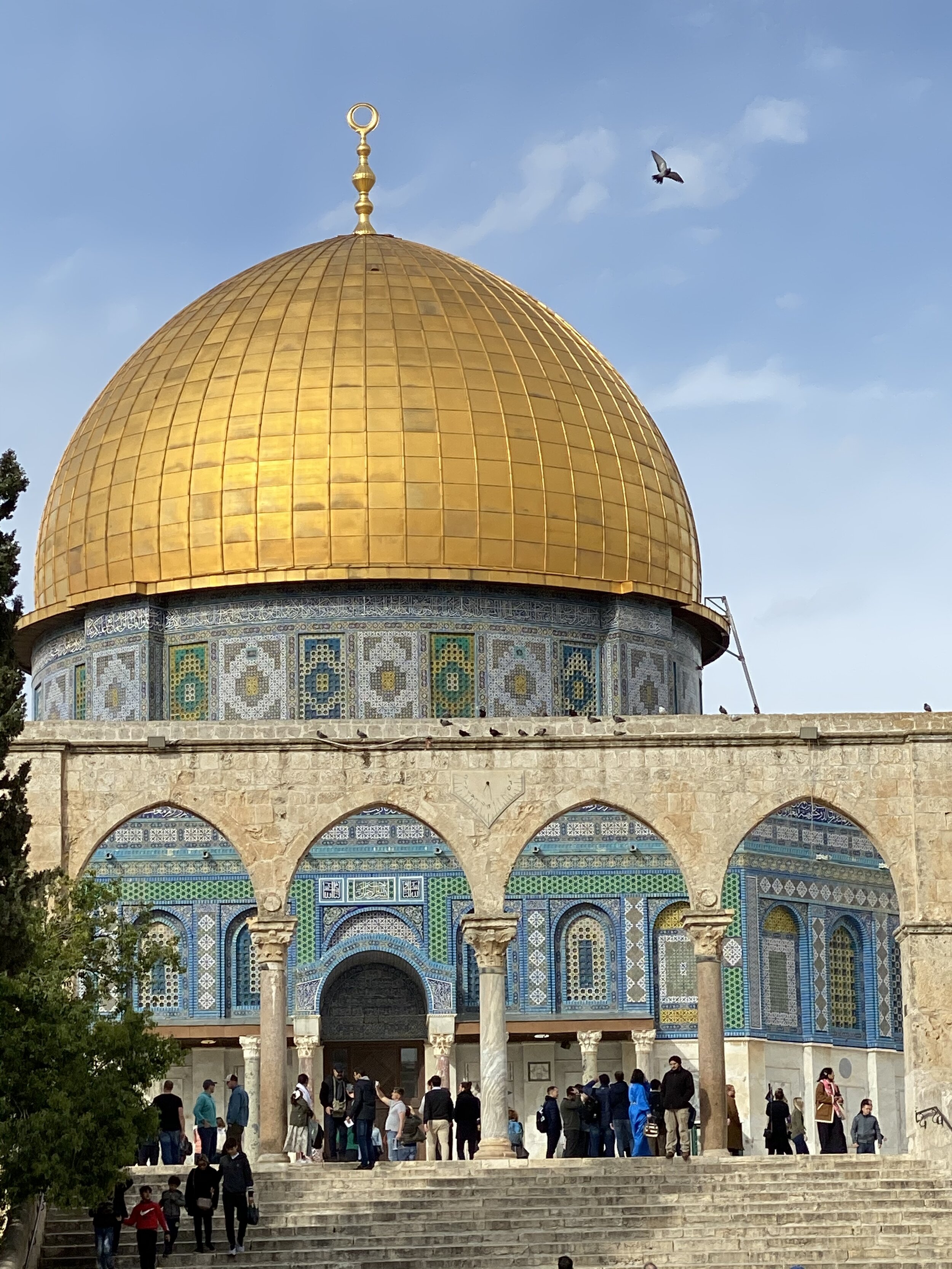
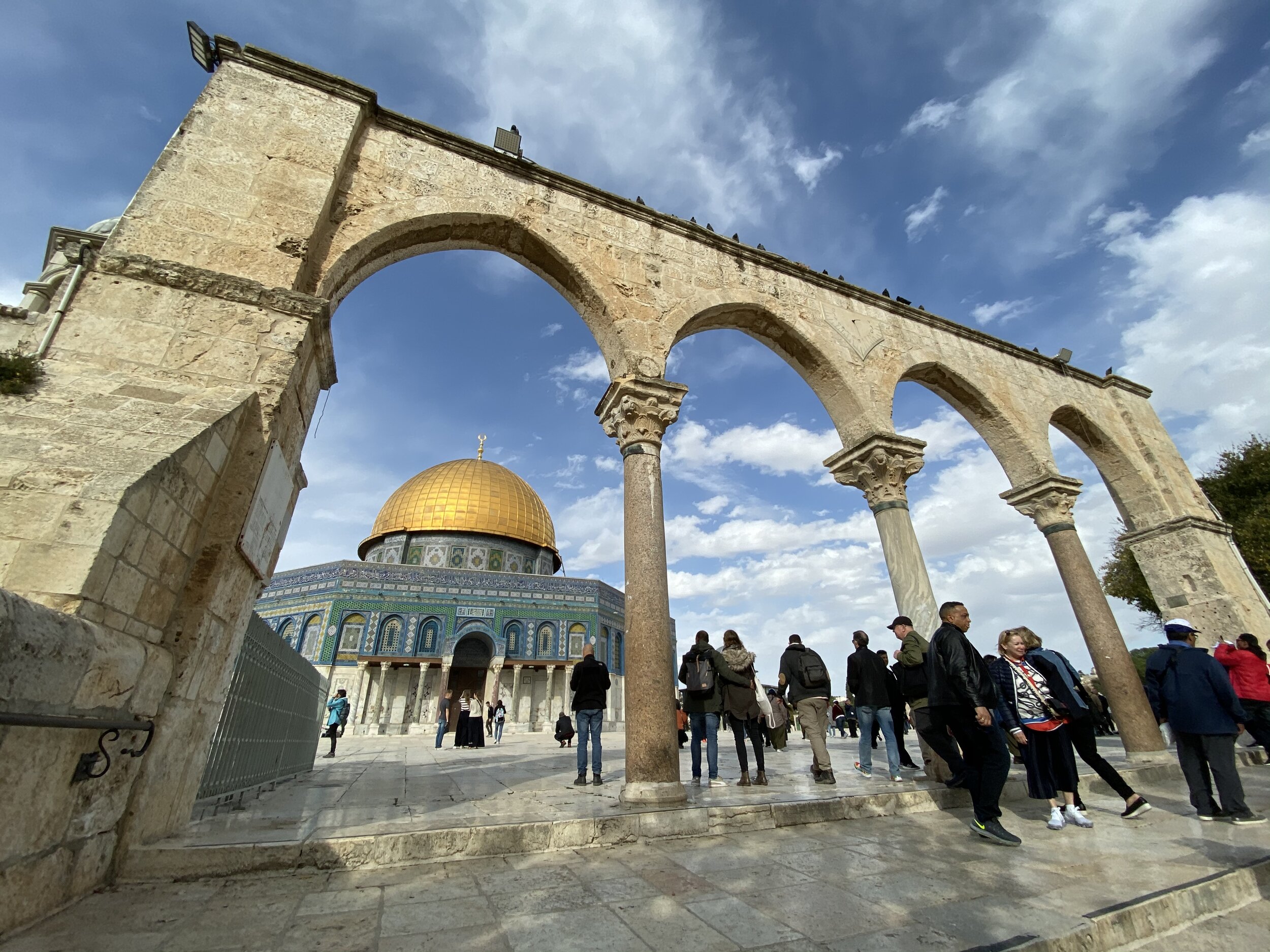
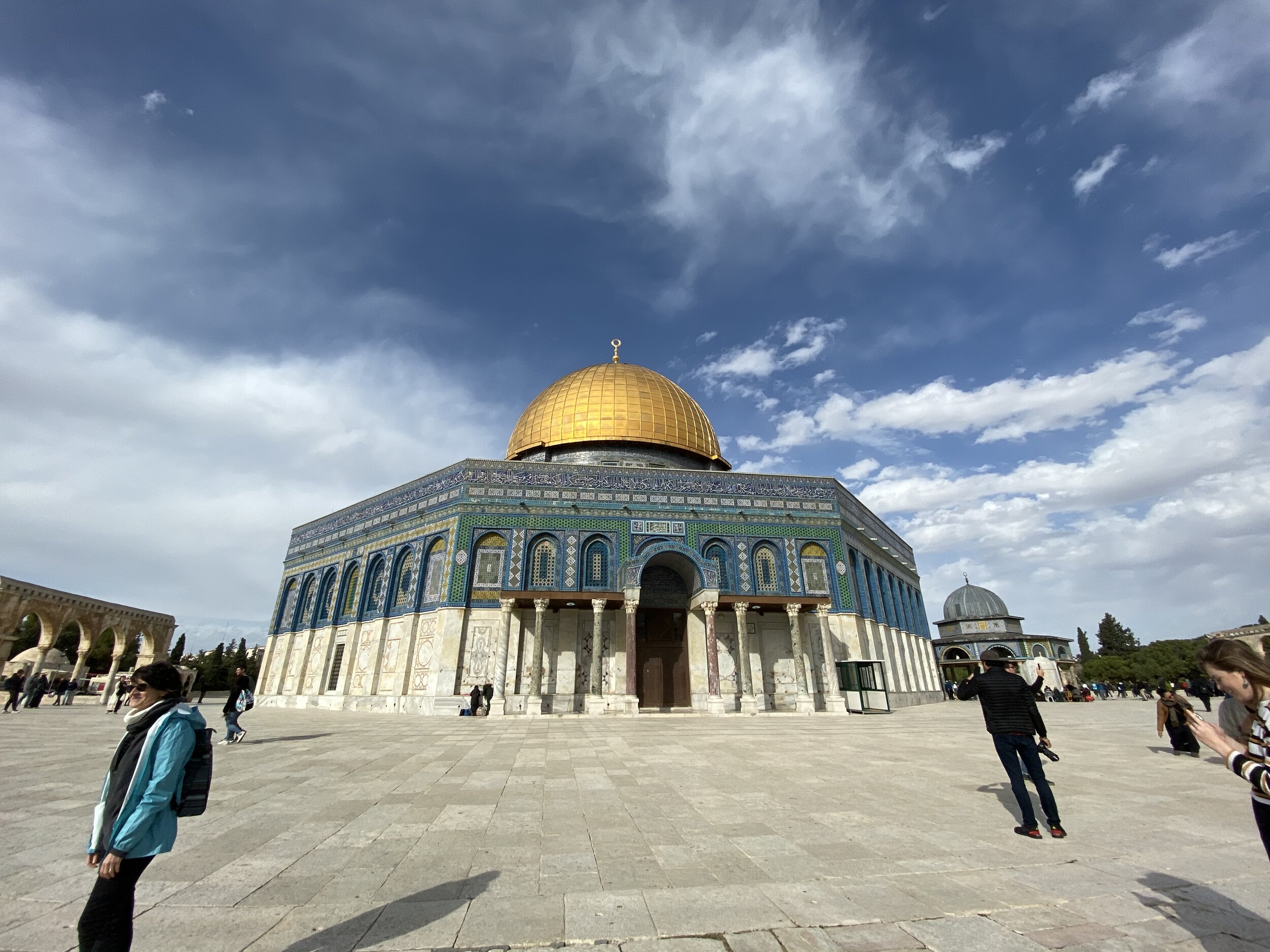
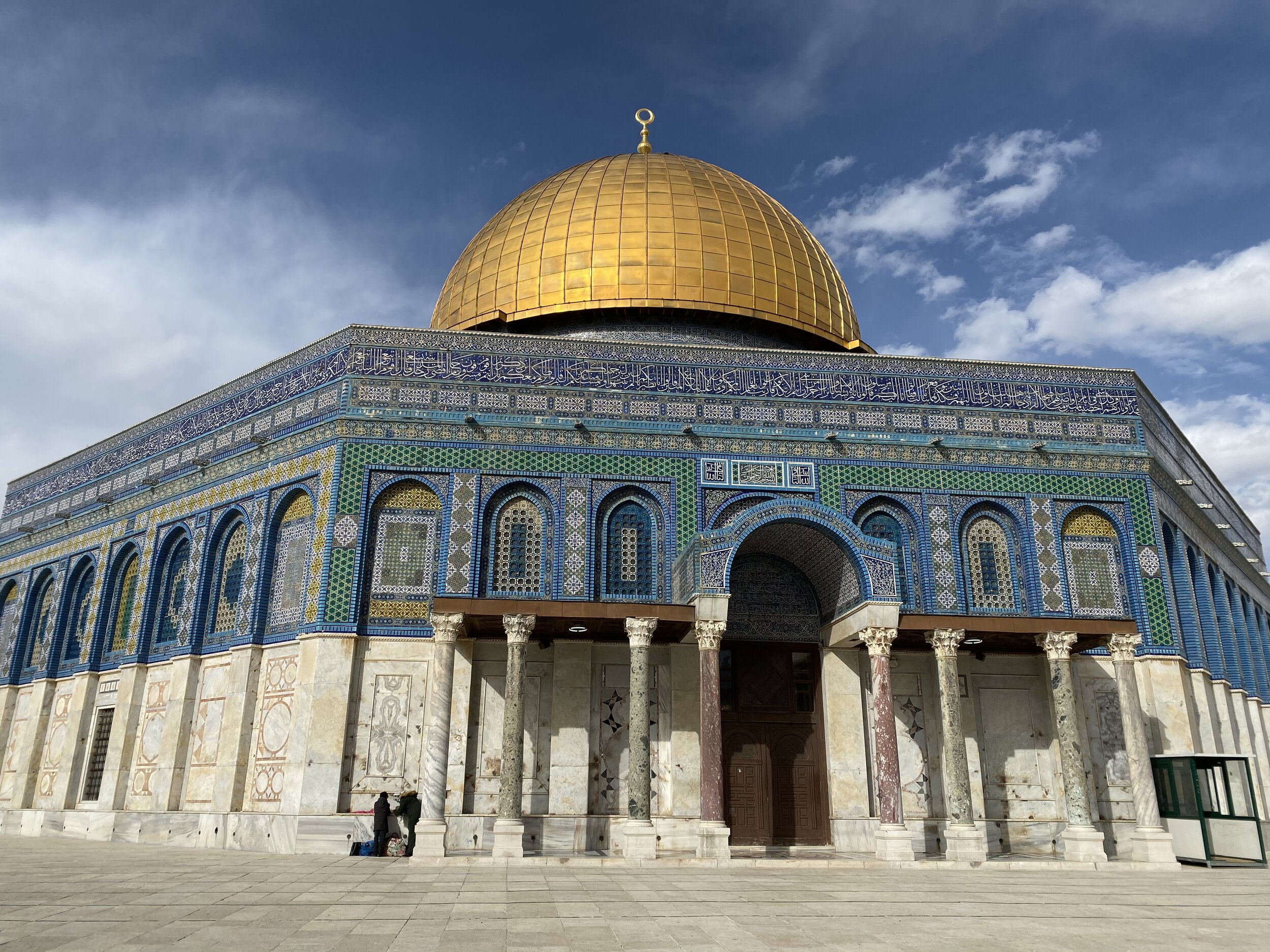
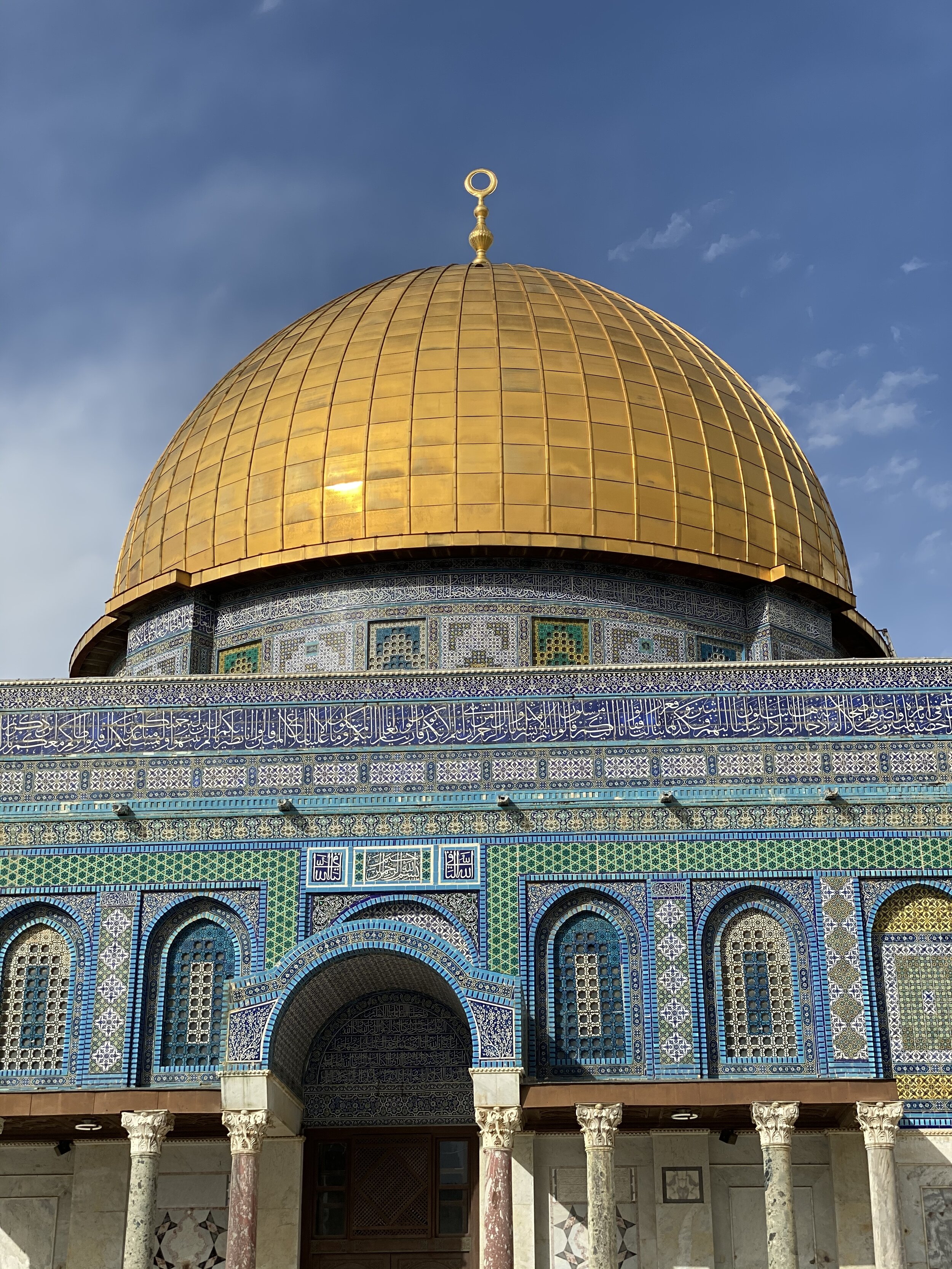
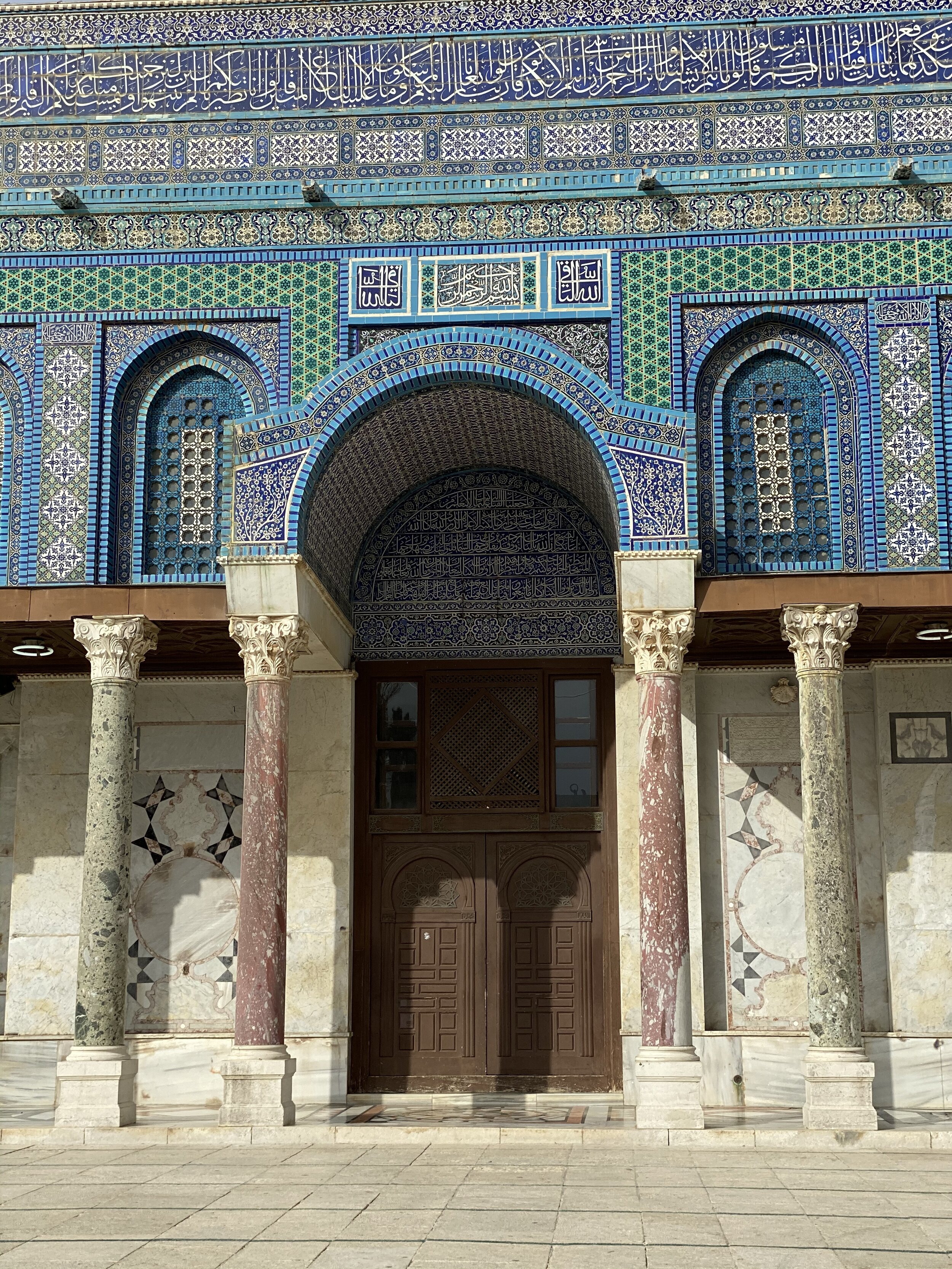
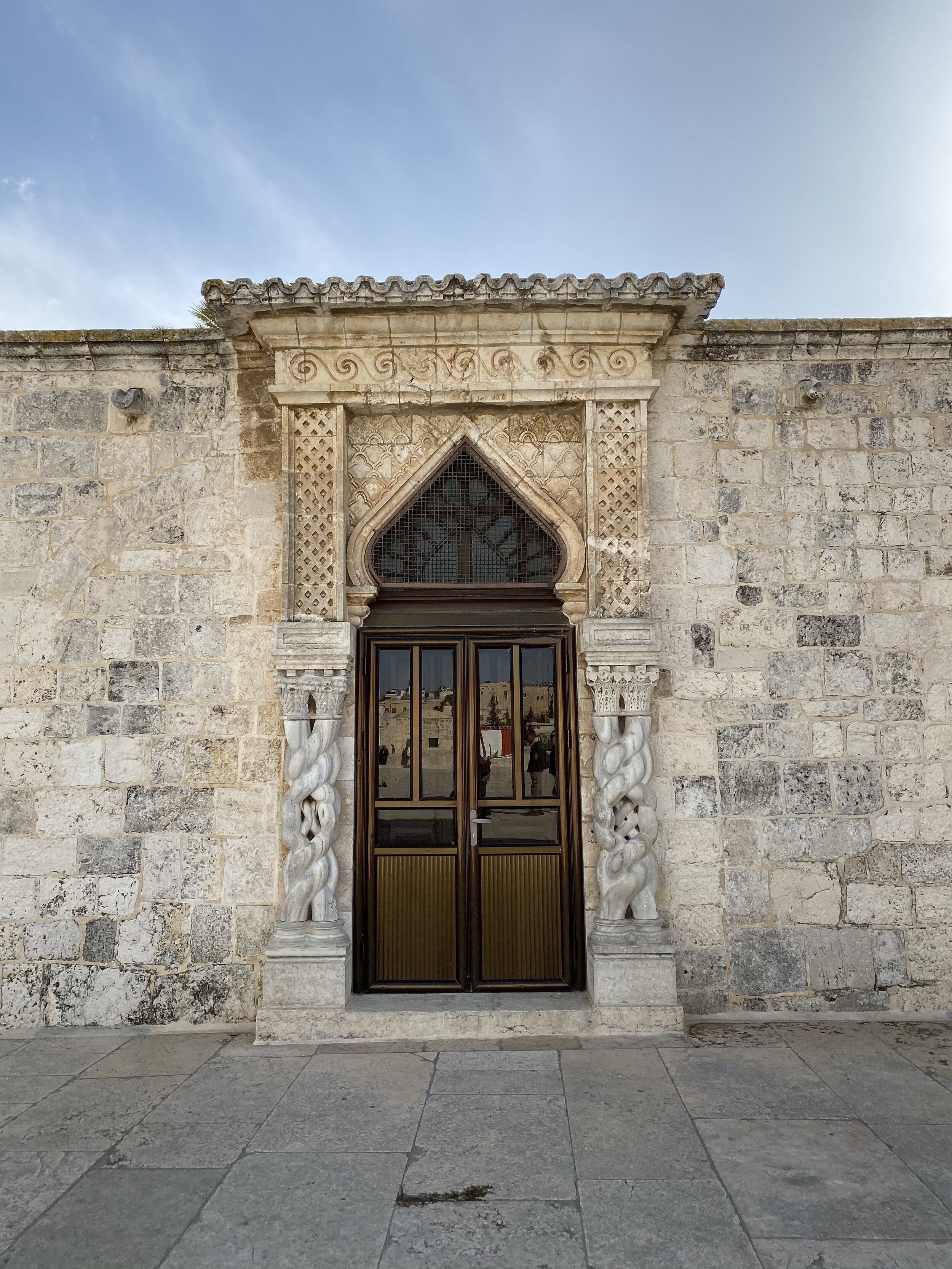
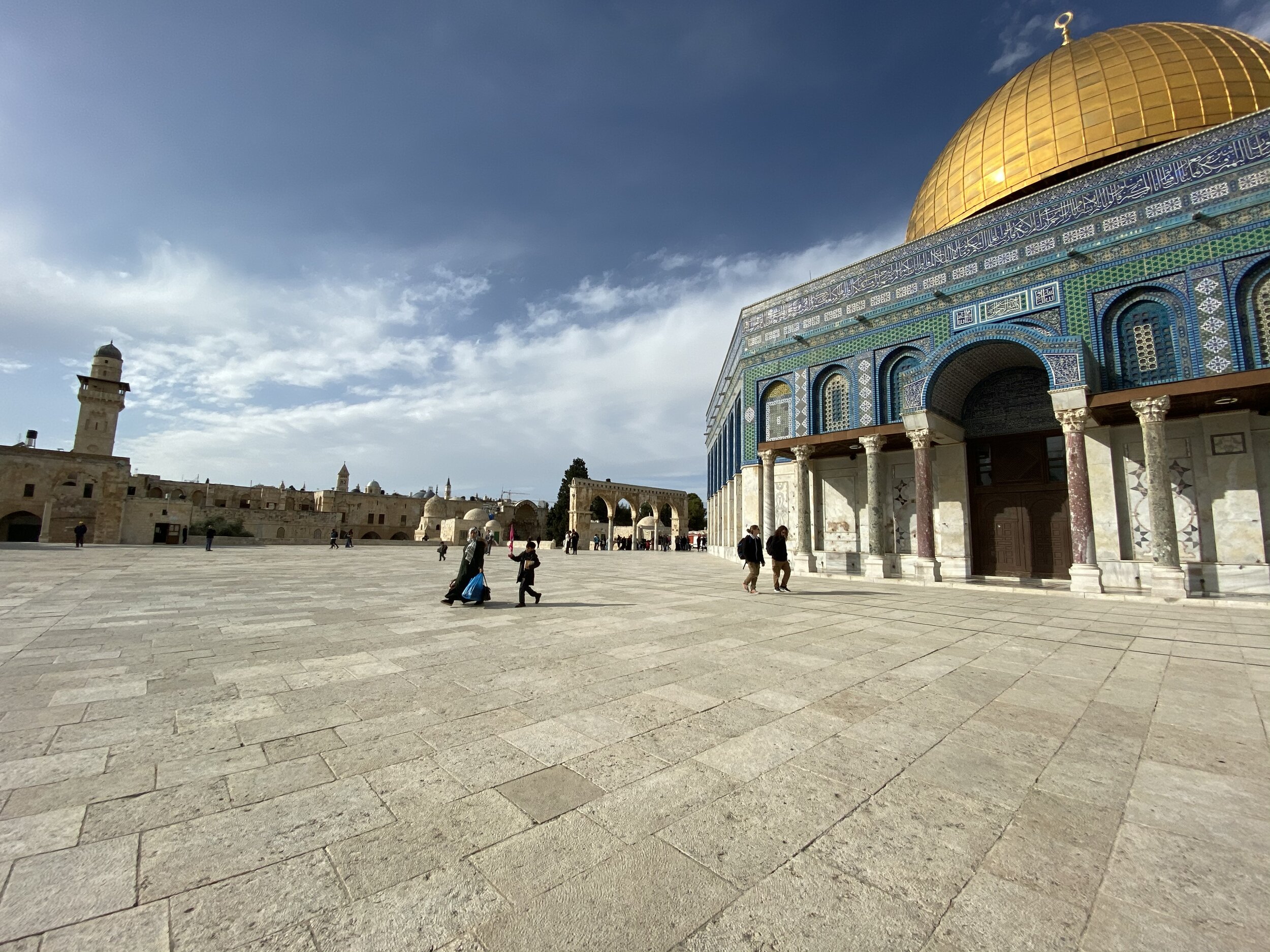
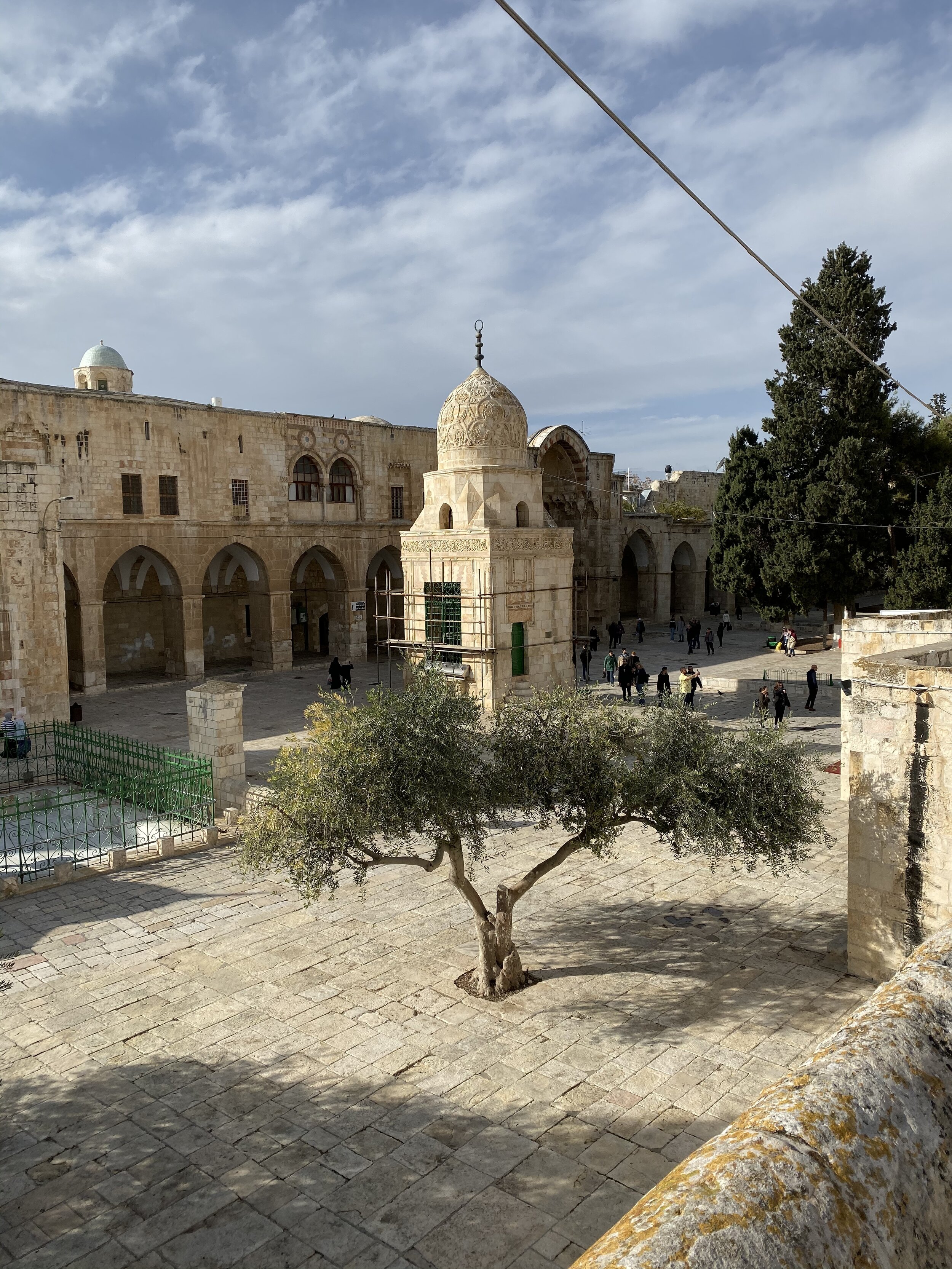
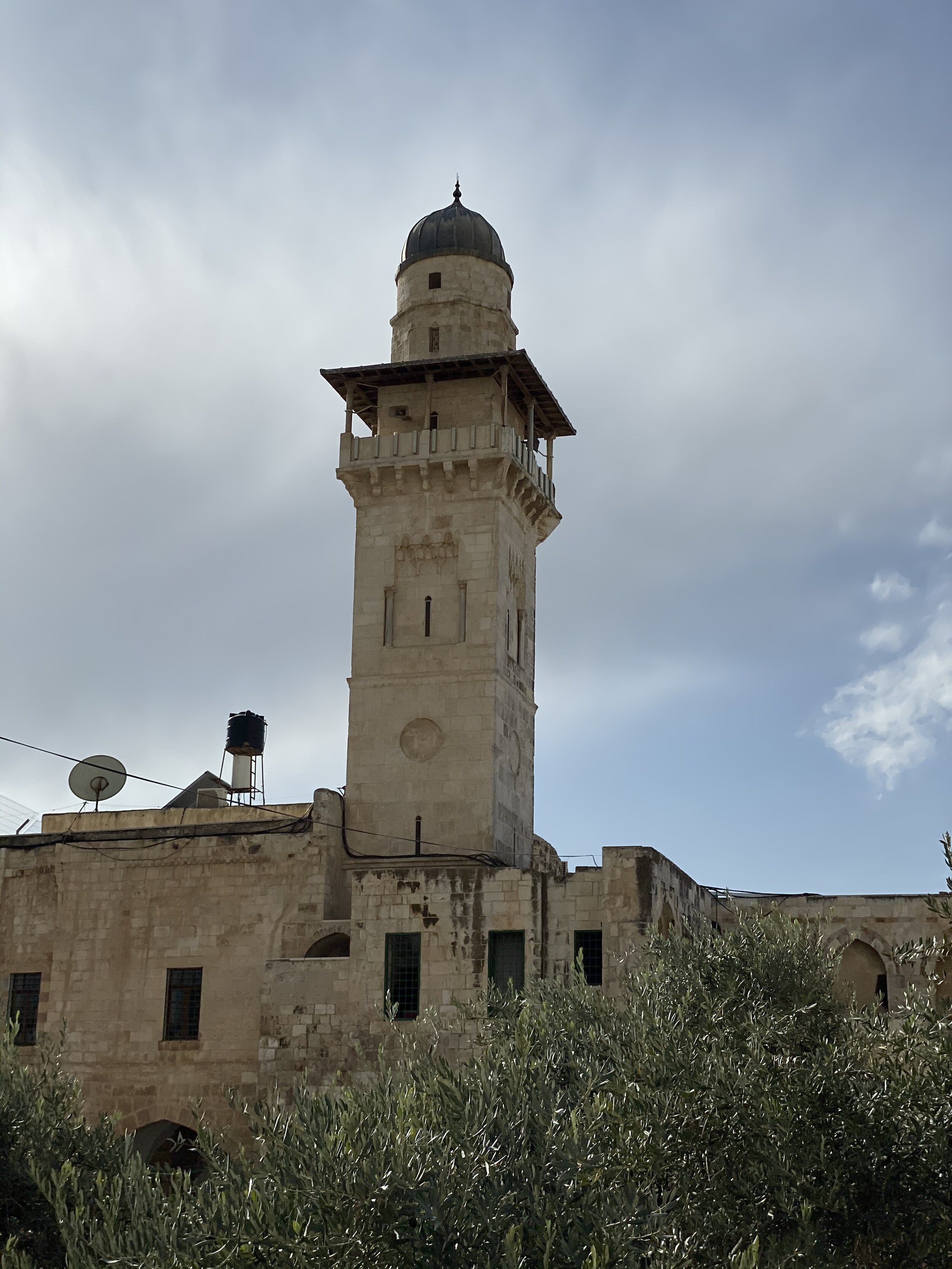
The Temple Mount is accessible through eleven gates for Muslims; however, only one gate allows entrance to non-Muslims, who must pass through security checkpoints. At the top of the Temple Mount, visitors can view the spectacular al-Aqsa Mosque, the Dome of the Rock, and the Dome of the Chain, as well as an assortment of fountains and other features.
It should be noted that only Muslims will be allowed access into the Dome of the Rock, a shrine located near the Mosque. Dress moderately to gain admittance to the Temple Mount. Also, visitation hours for the Temple Mount complex are extremely limited and tourists cannot enter on Fridays or Saturdays. For details on hours, itineraries and travel tips, visit https://www.touristisrael.com/temple-mount/15944/ and https://www.earthtrekkers.com/how-to-visit-temple-mount-dome-of-the-rock/

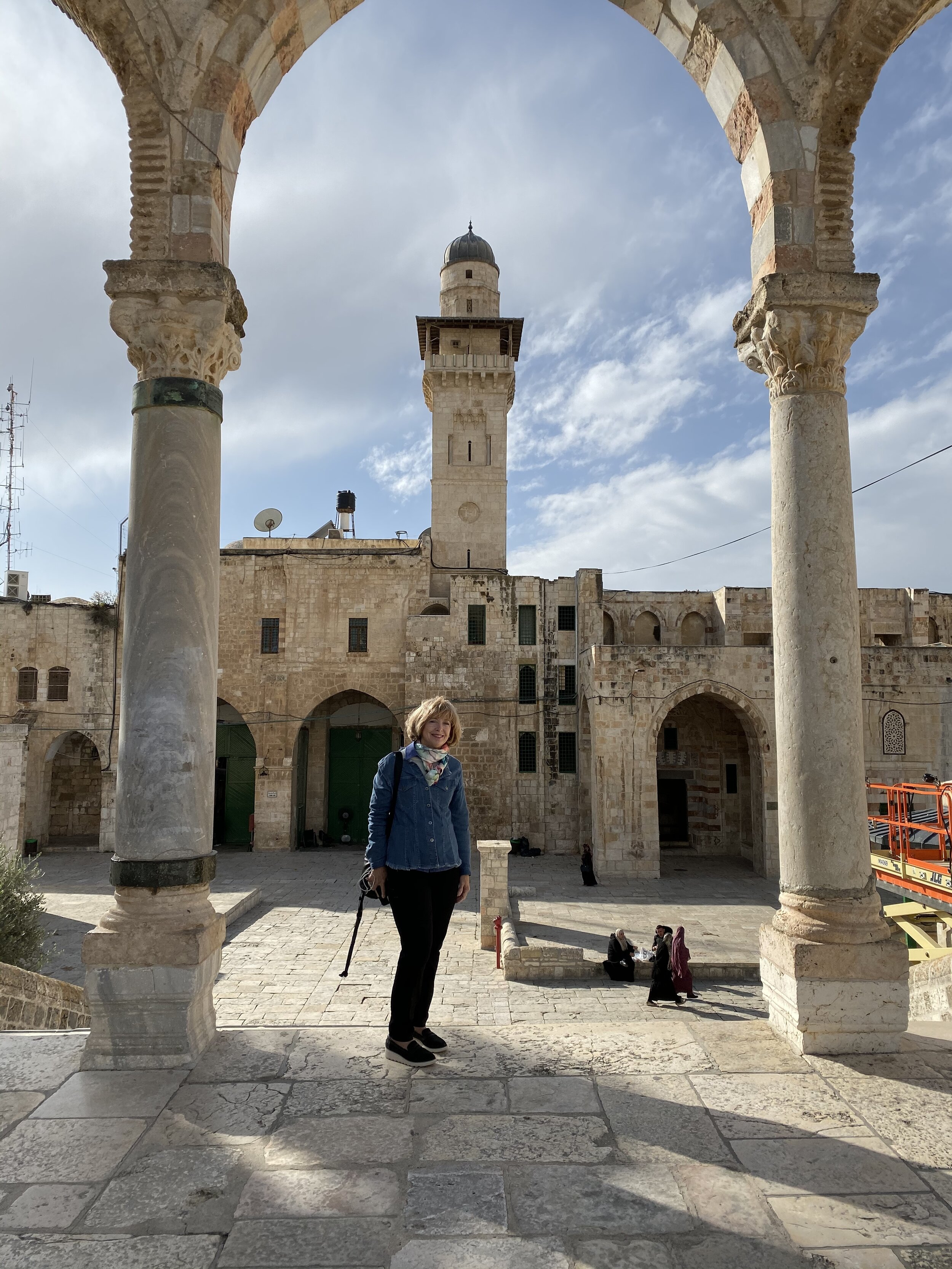

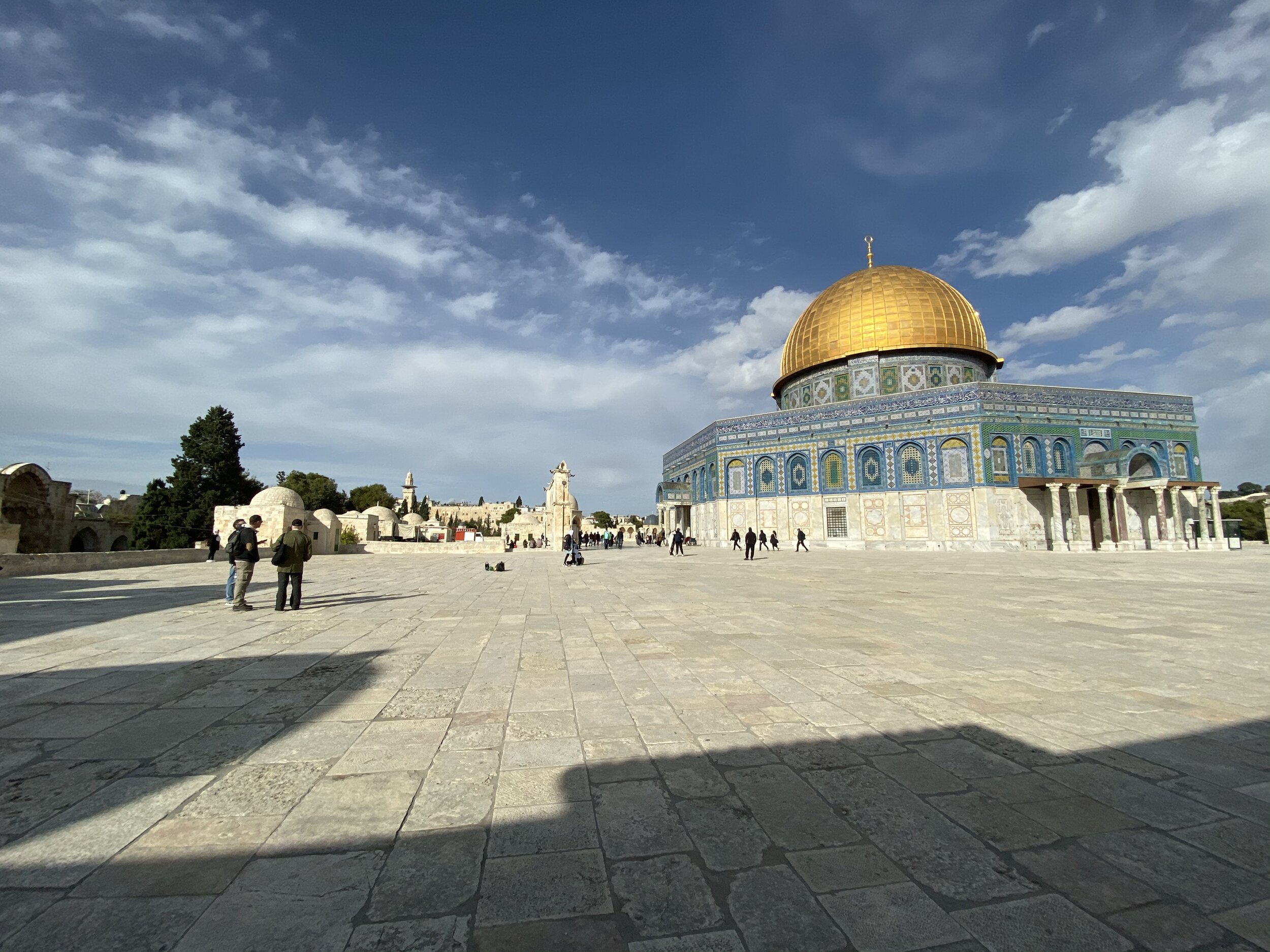
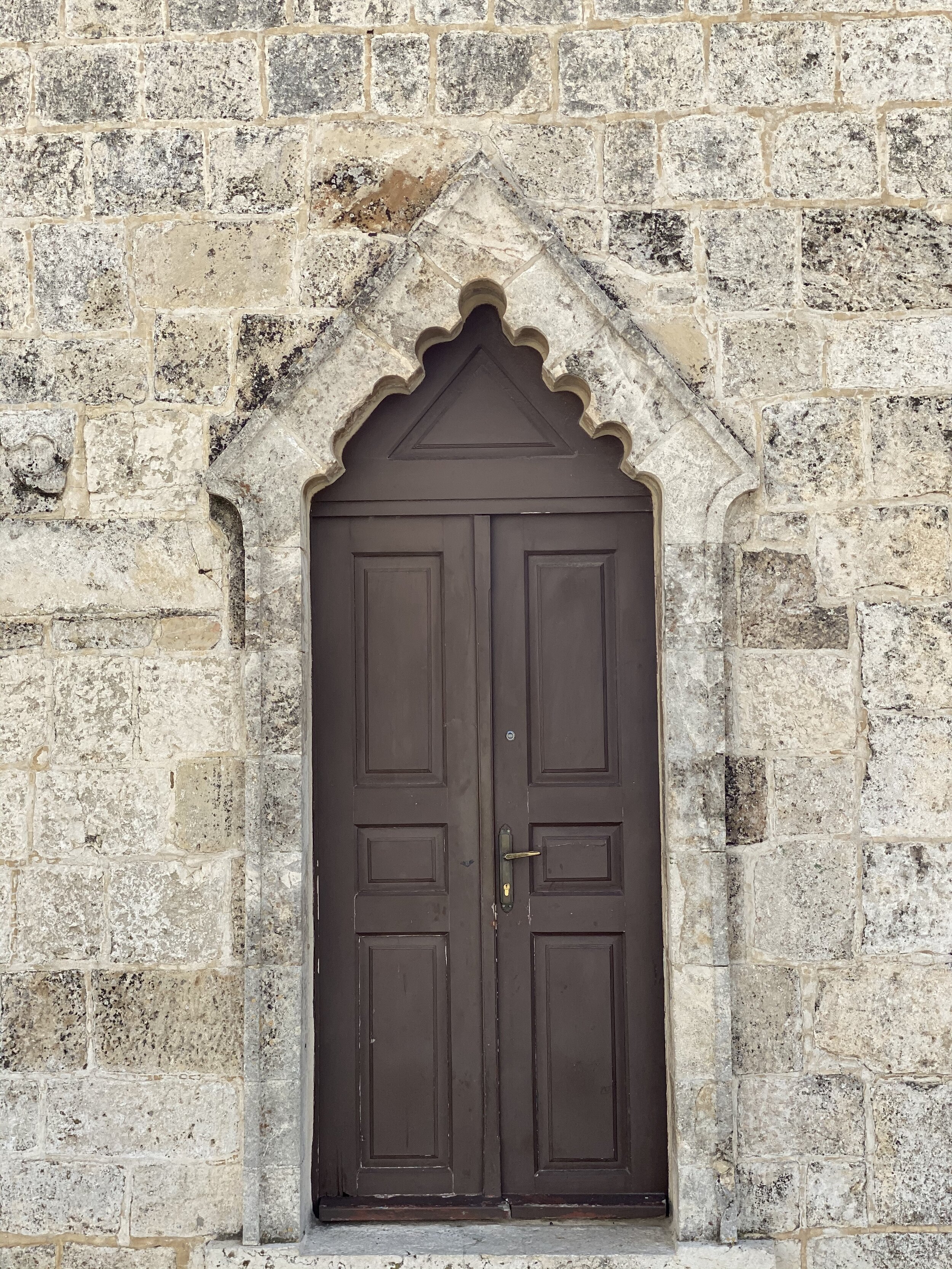
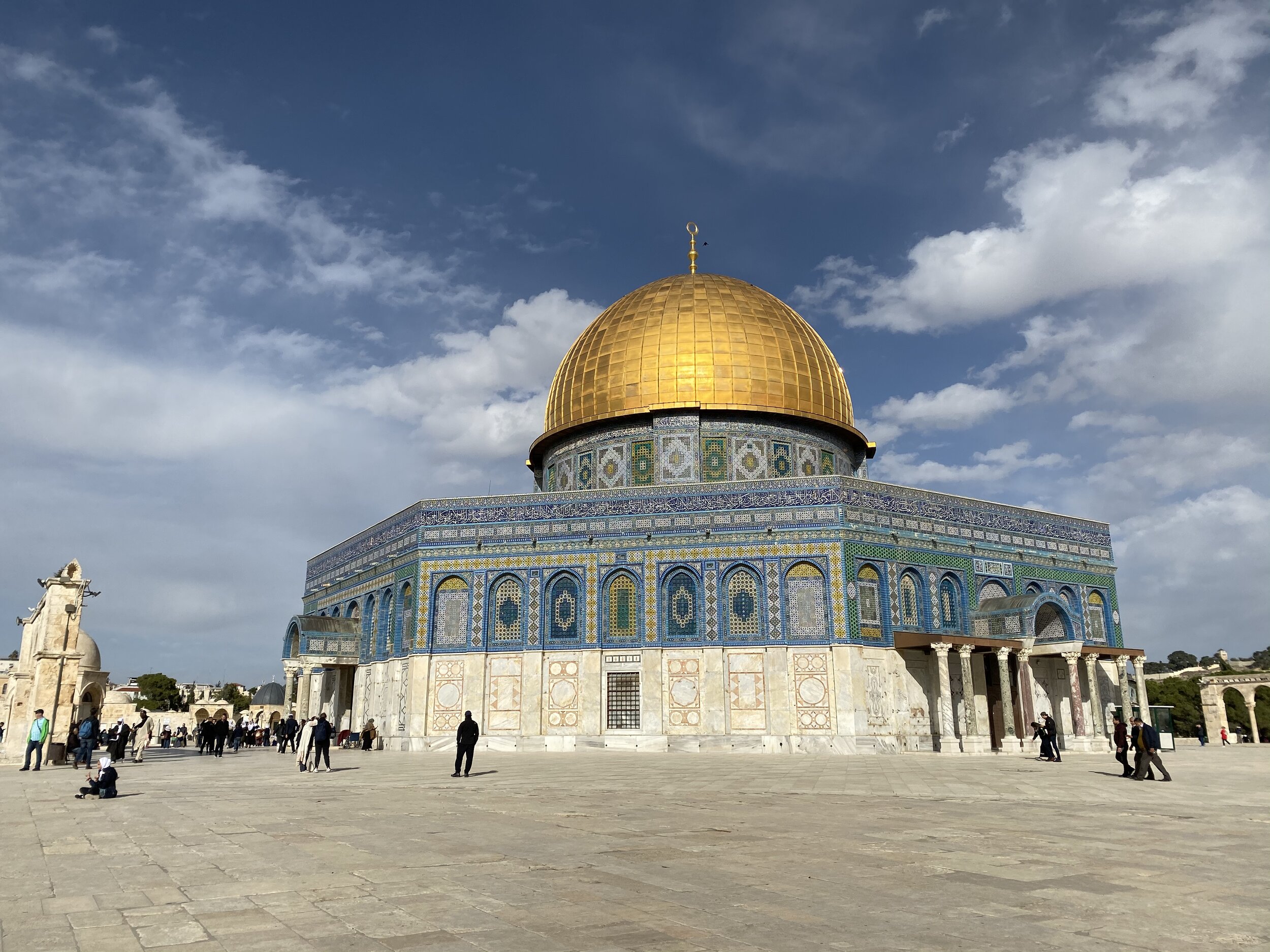
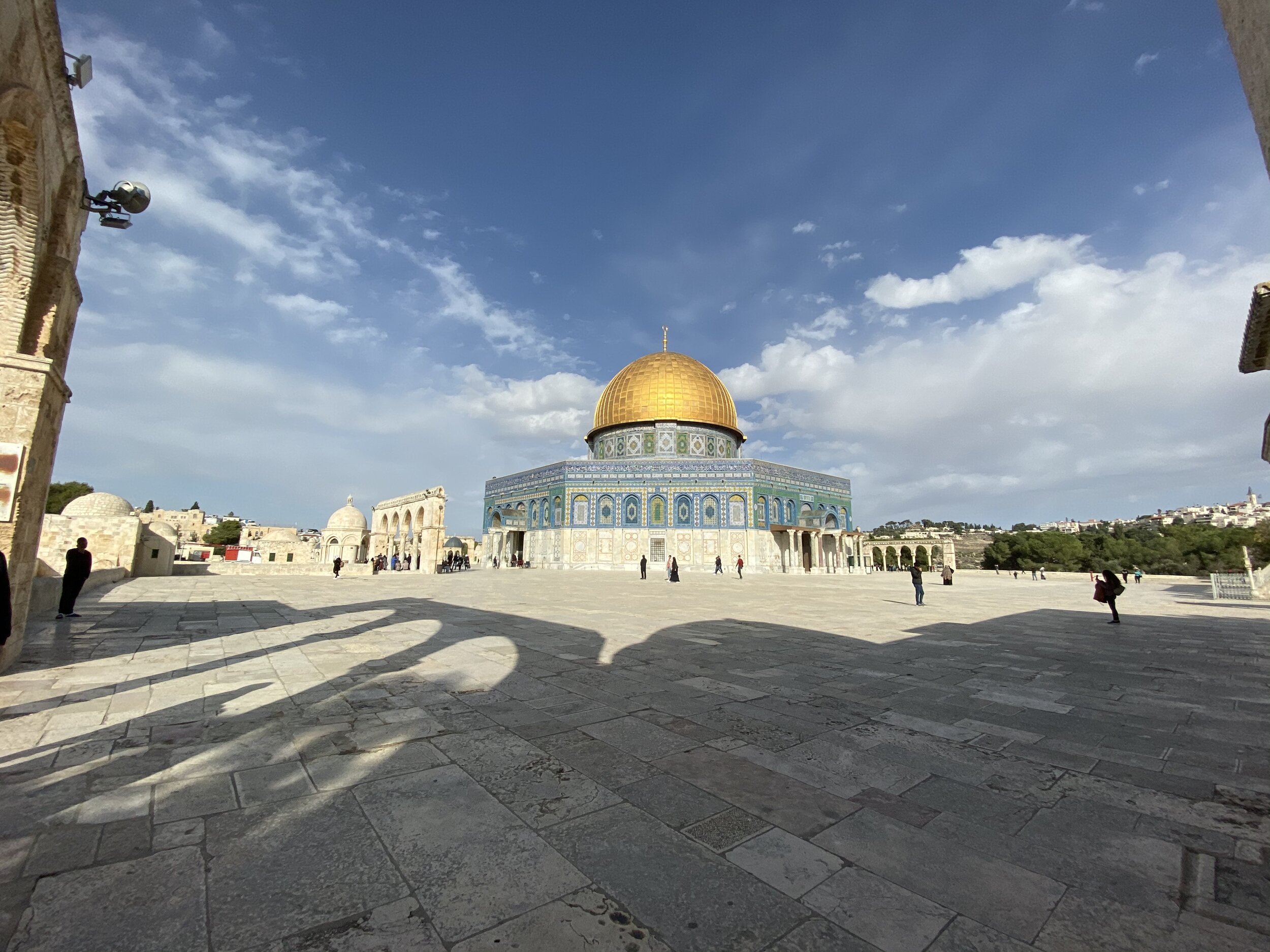
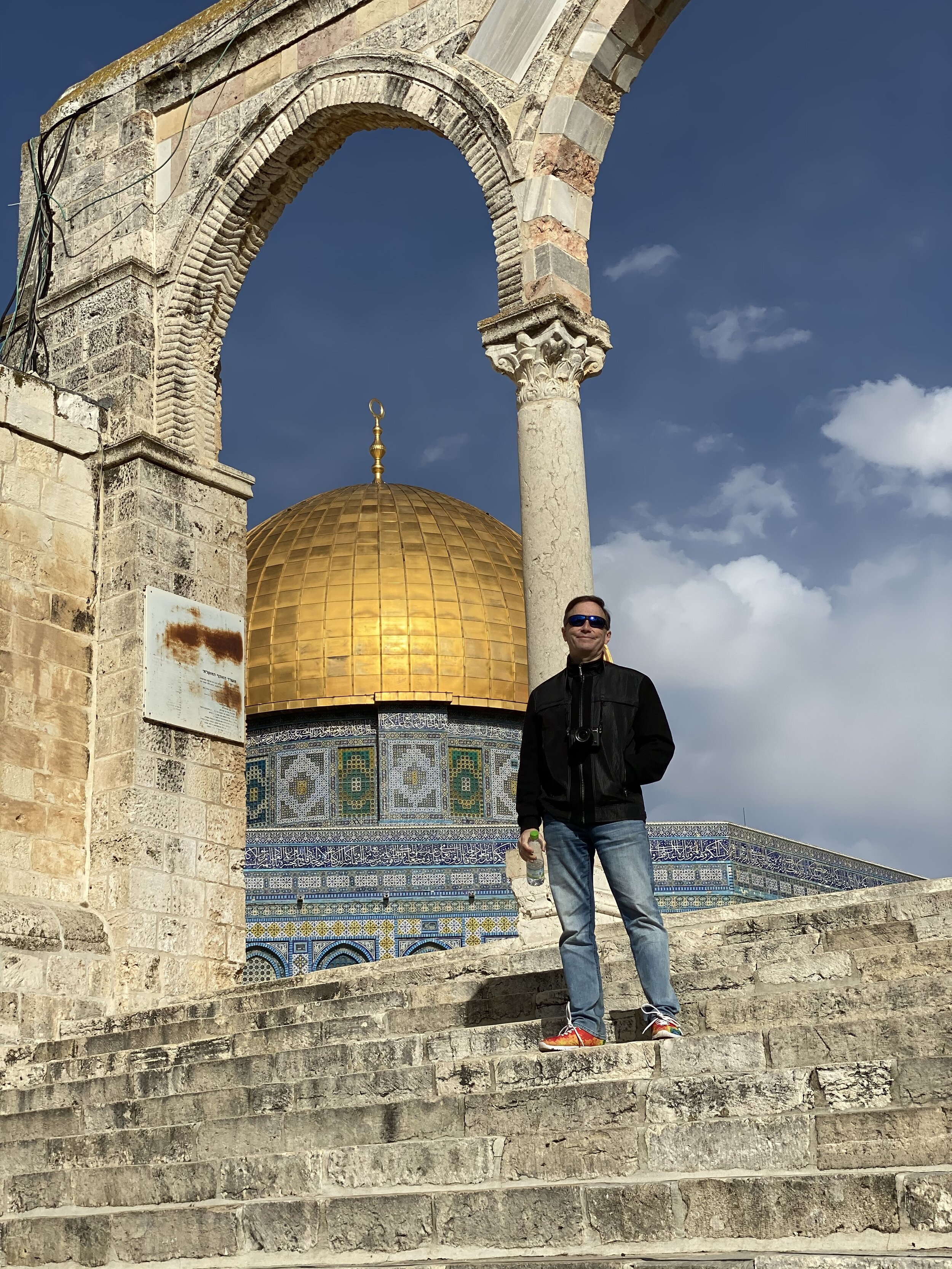
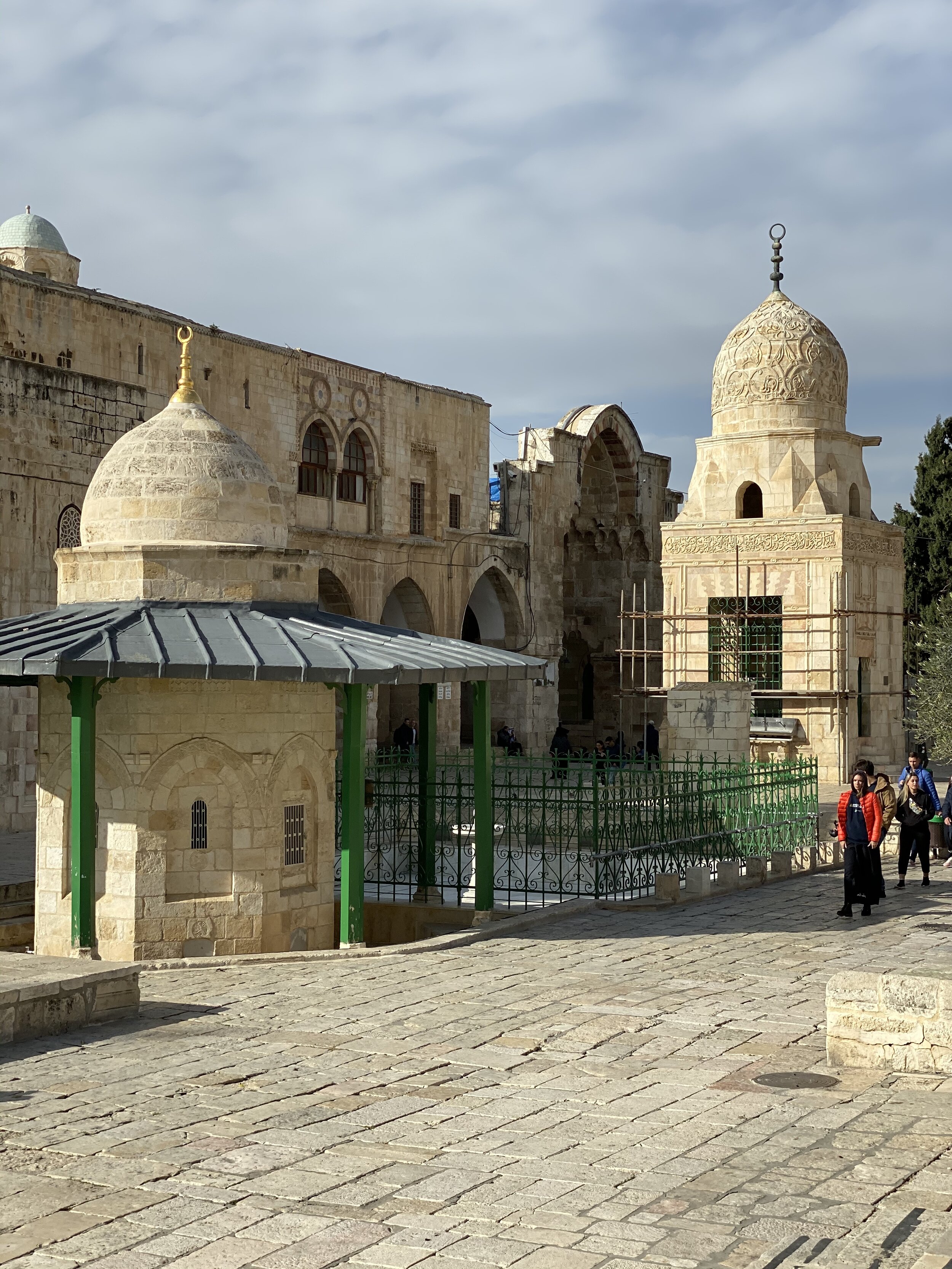
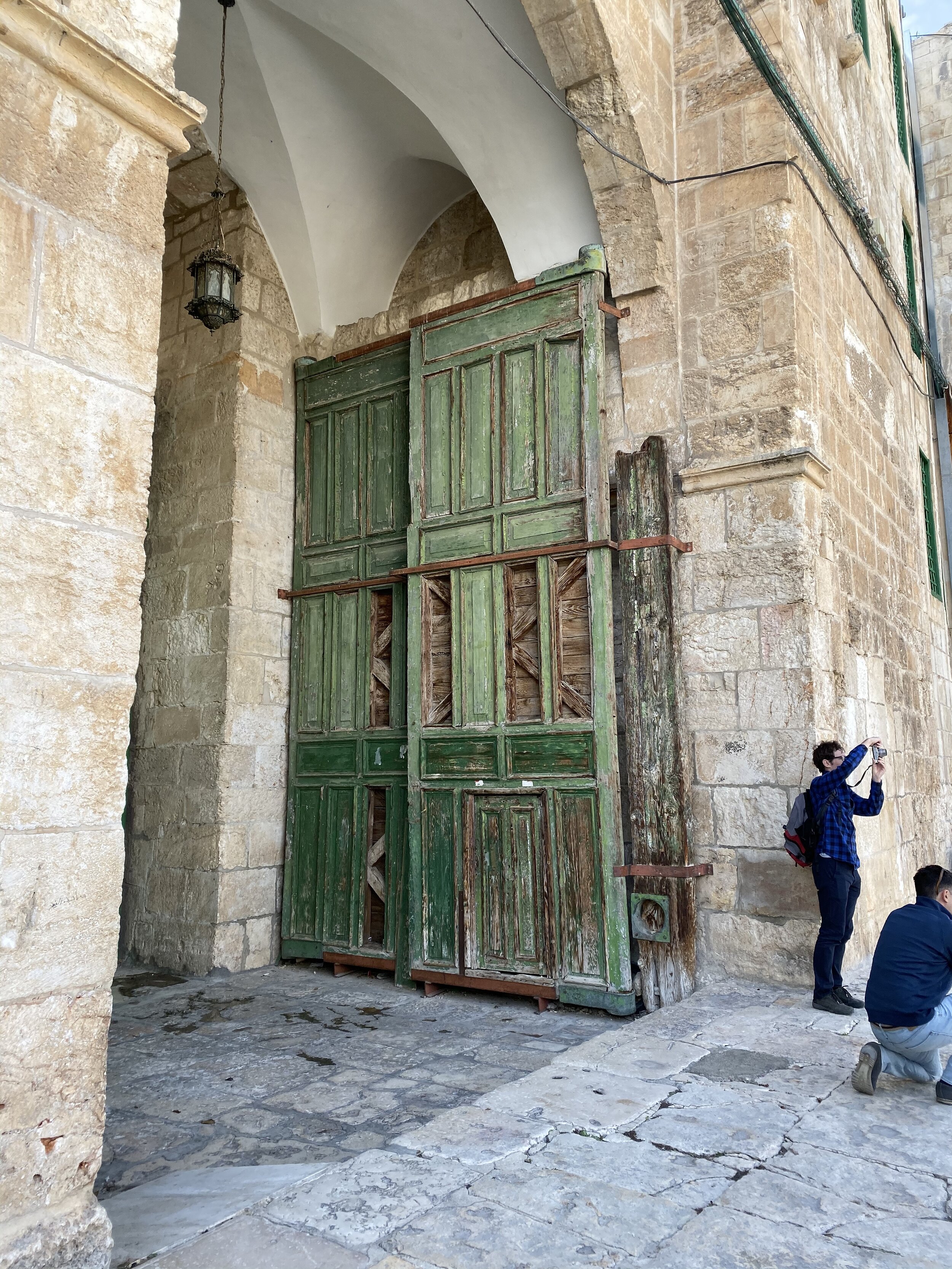
We finished our visit to Jerusalem with lots of shopping. From religious artifacts of all faiths to colorful scarves, mementos of a fabulous trip abound! All four quarters—the Jewish, Muslim, Armenian, and Christian Quarters—offer an abundance of purchasing choices!! תהנה (Enjoy, استمتع)!!
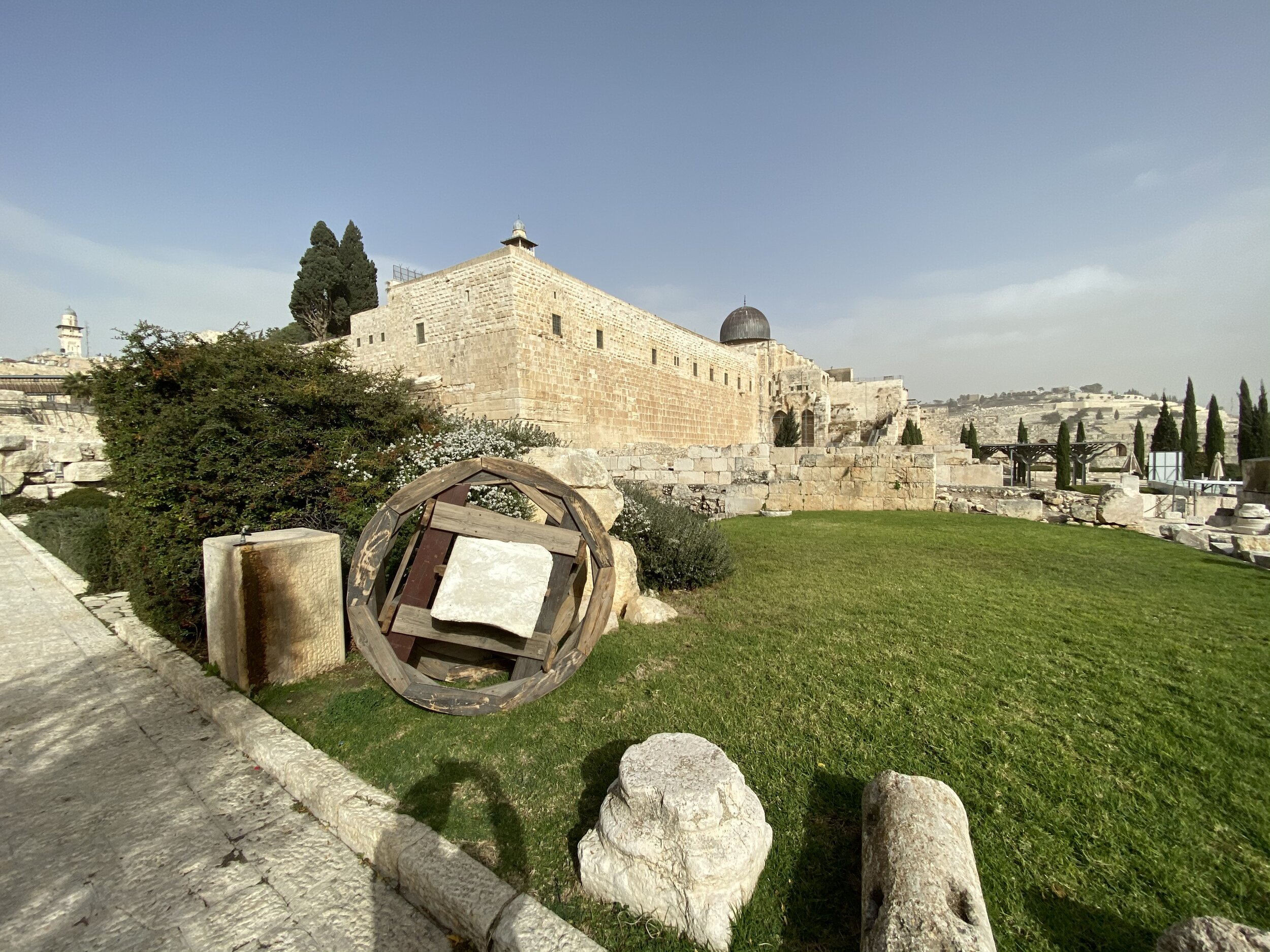

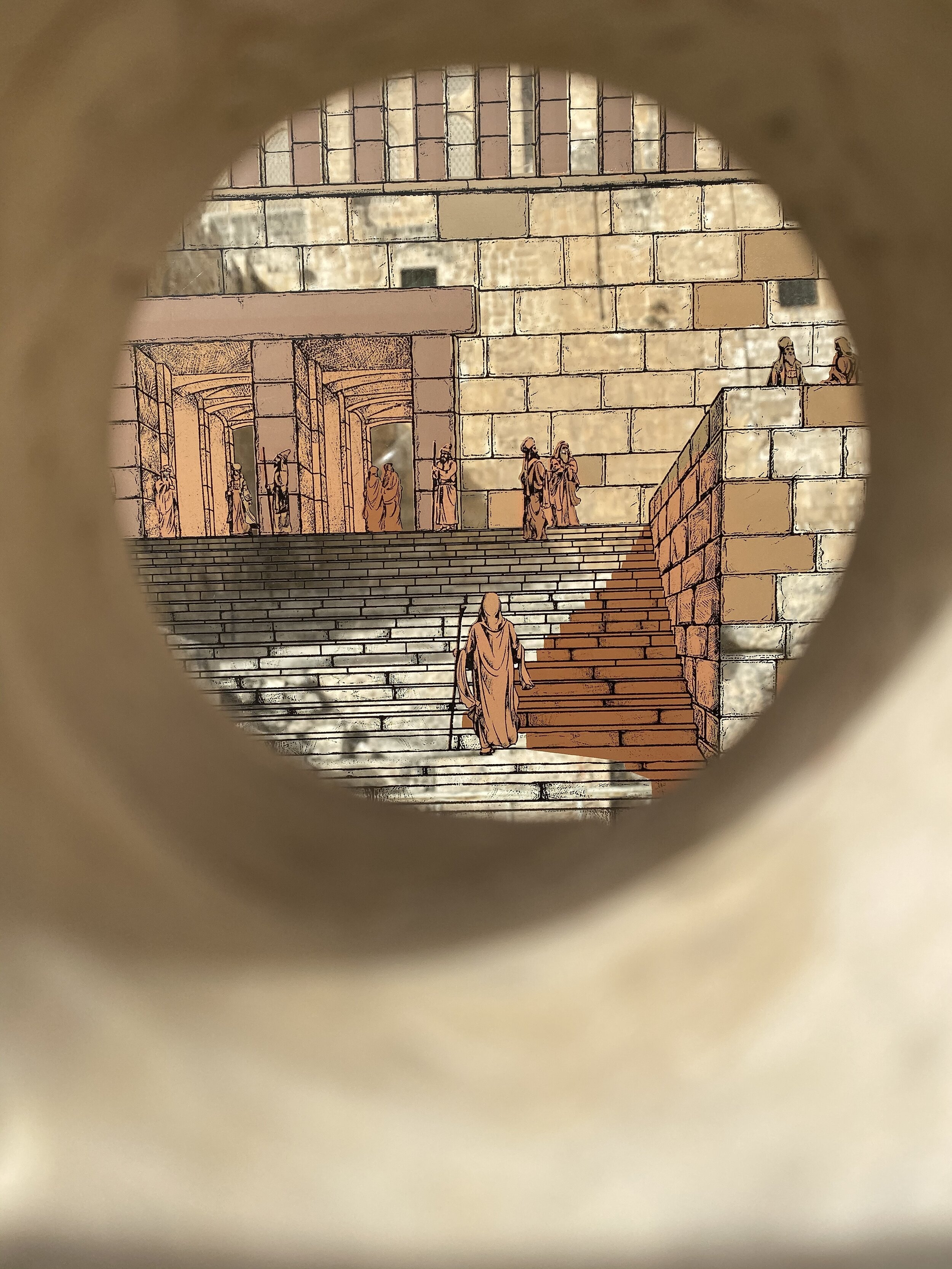
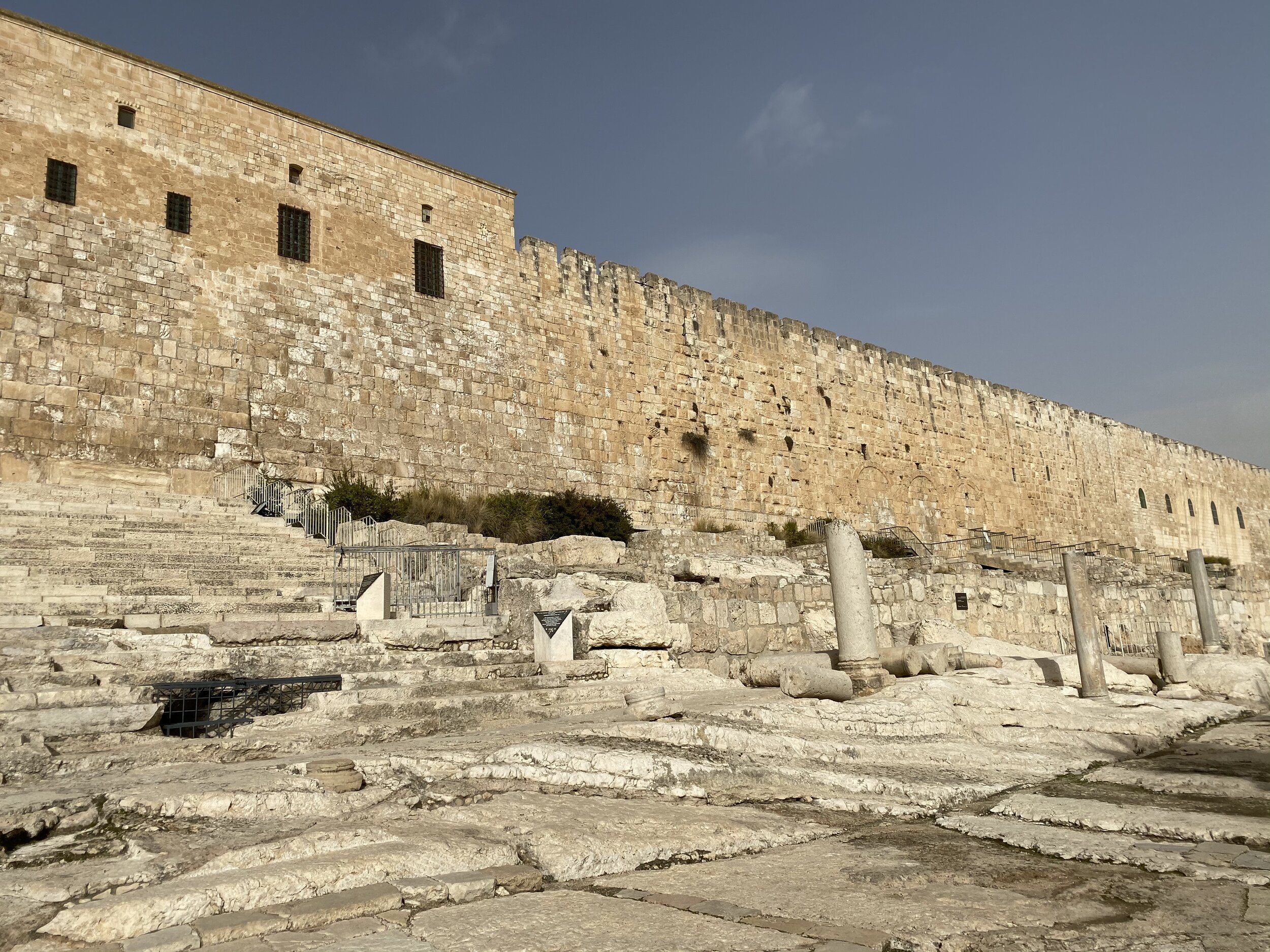
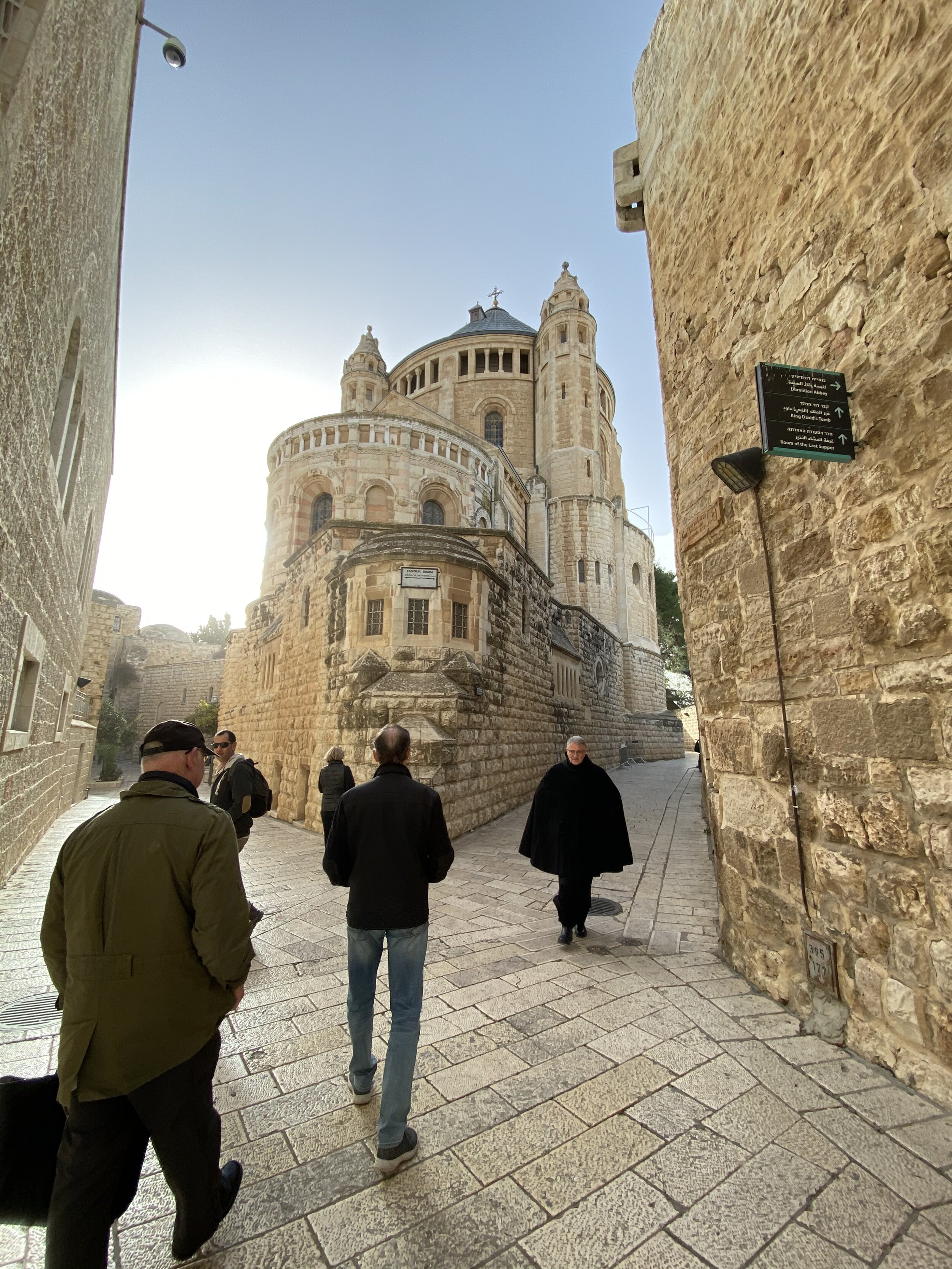
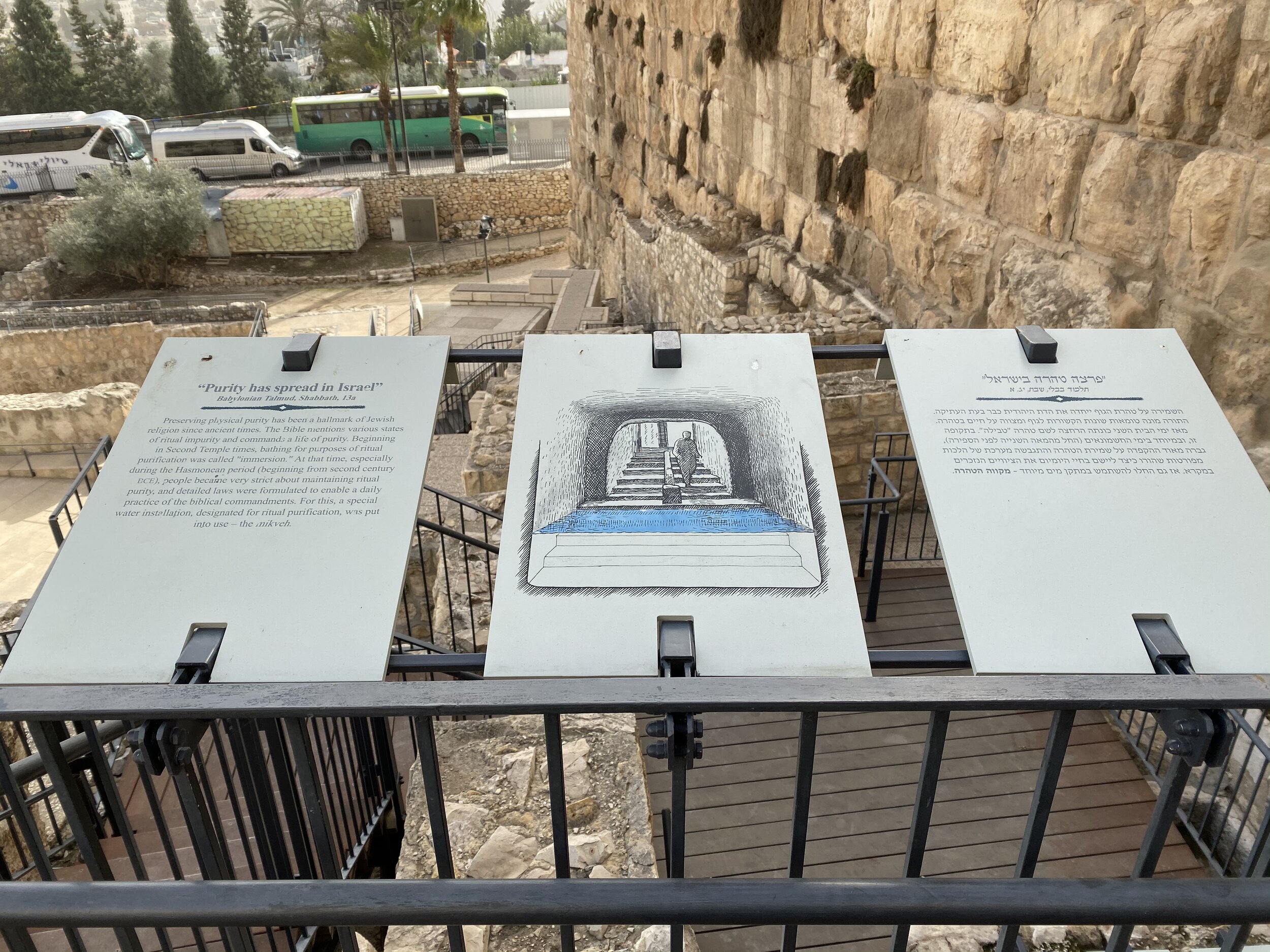
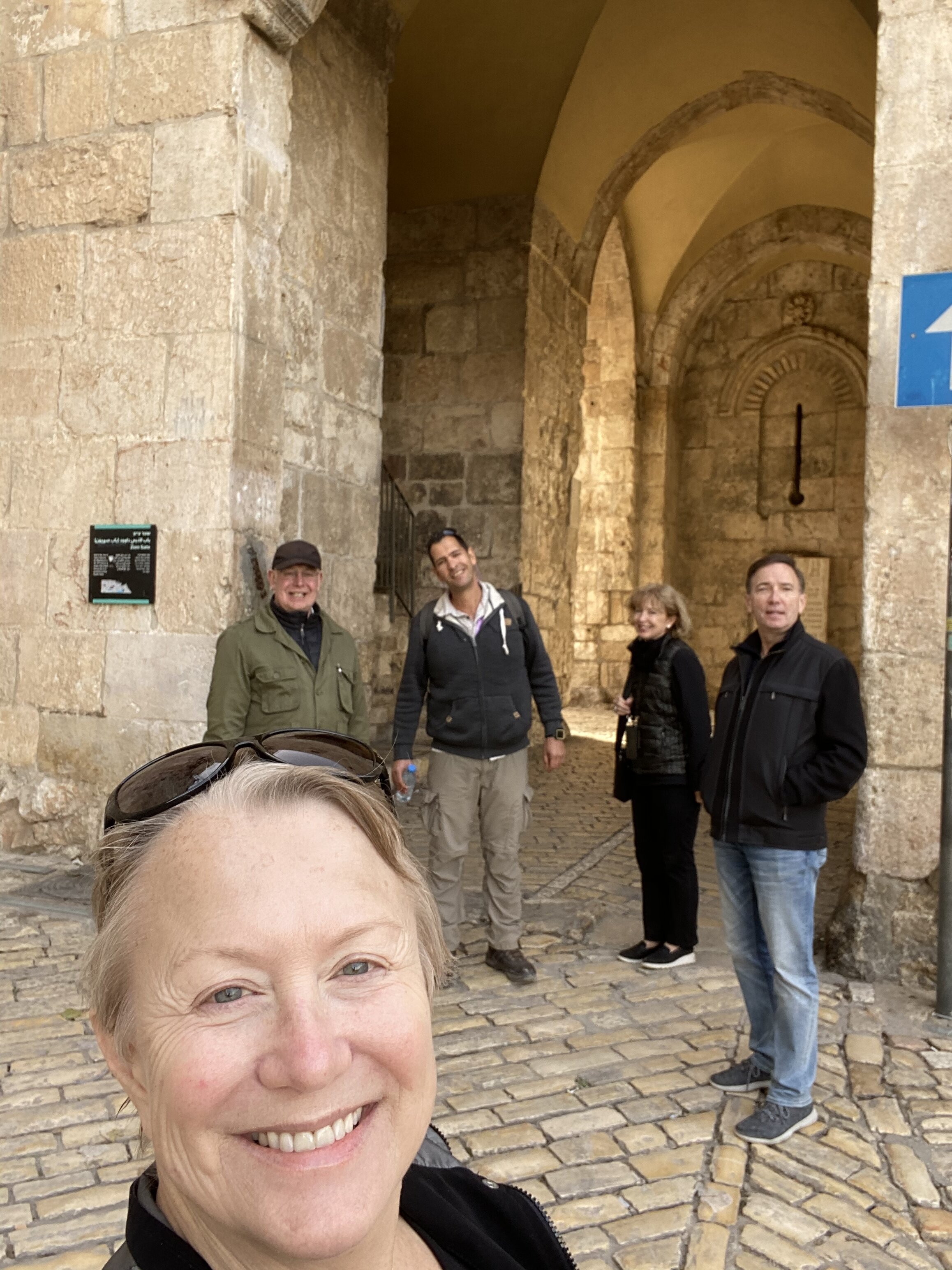
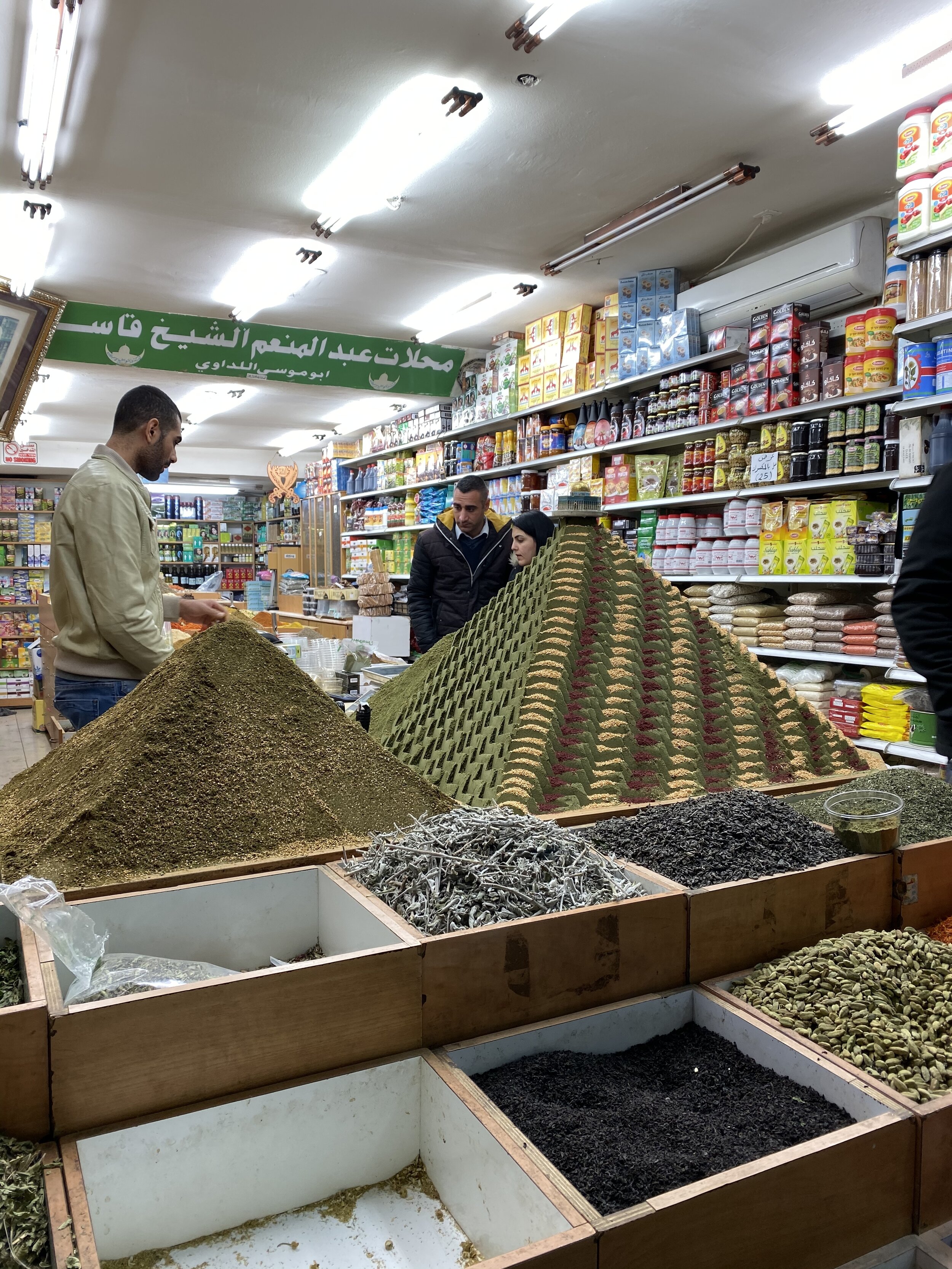
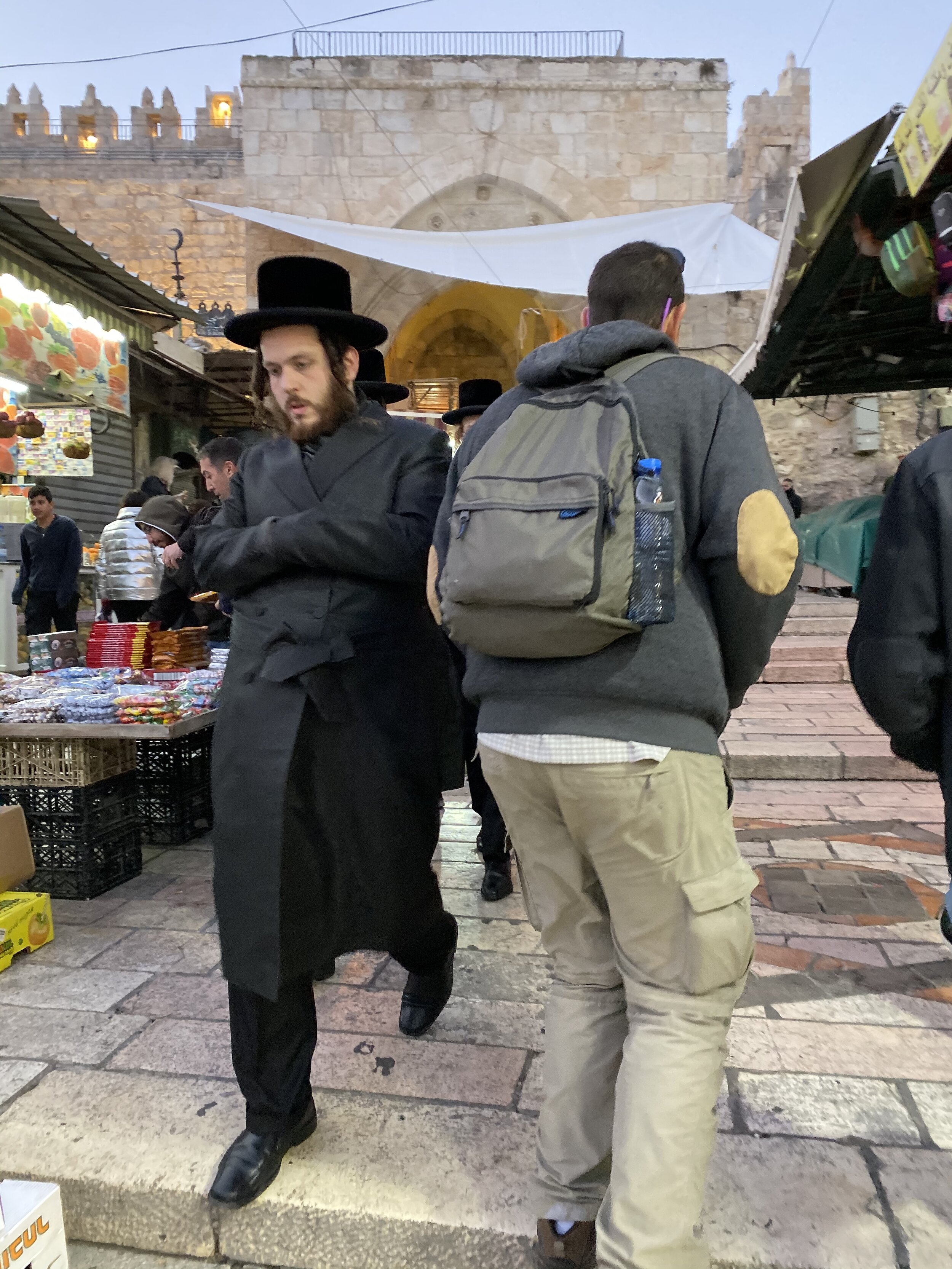
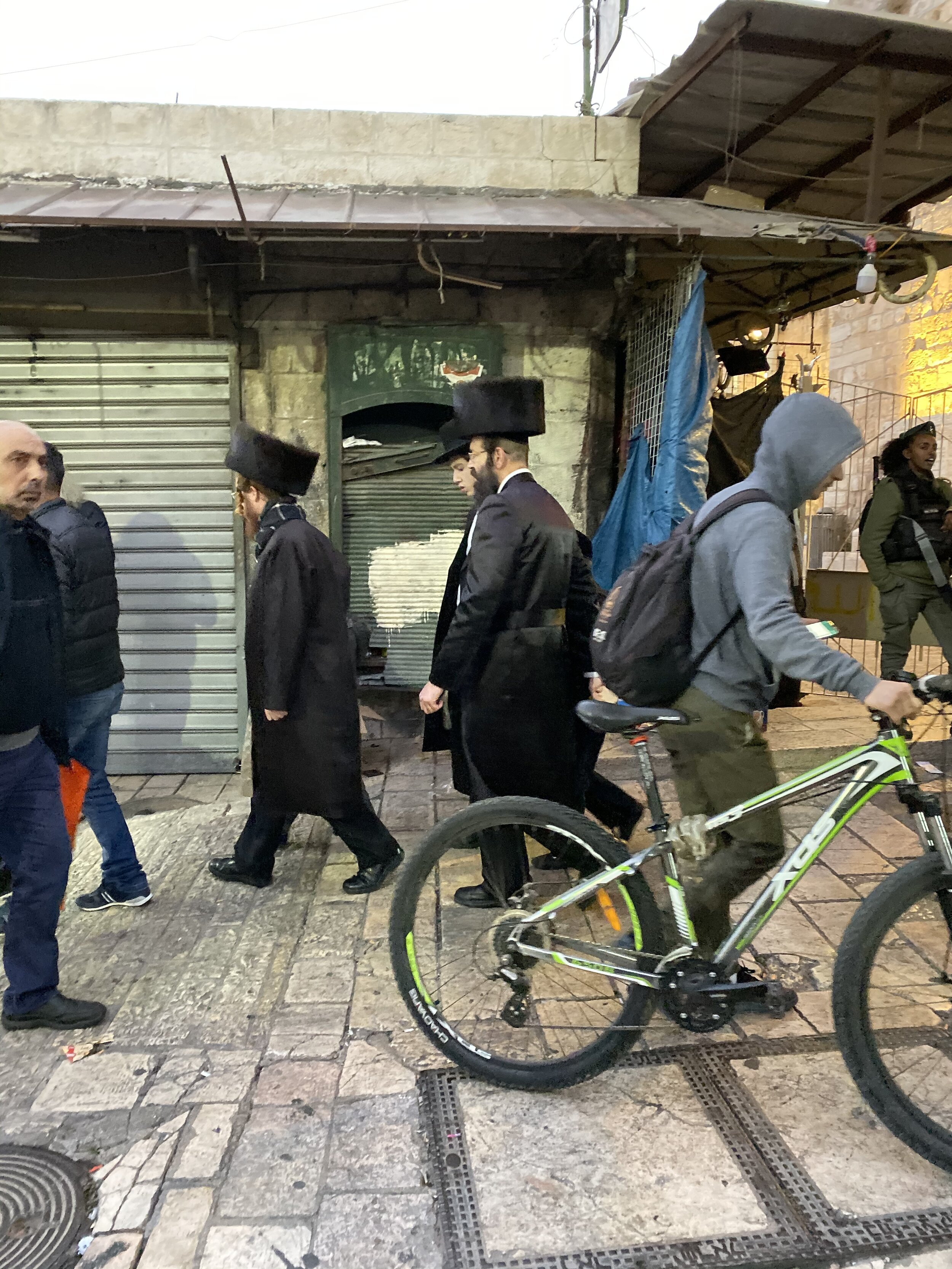
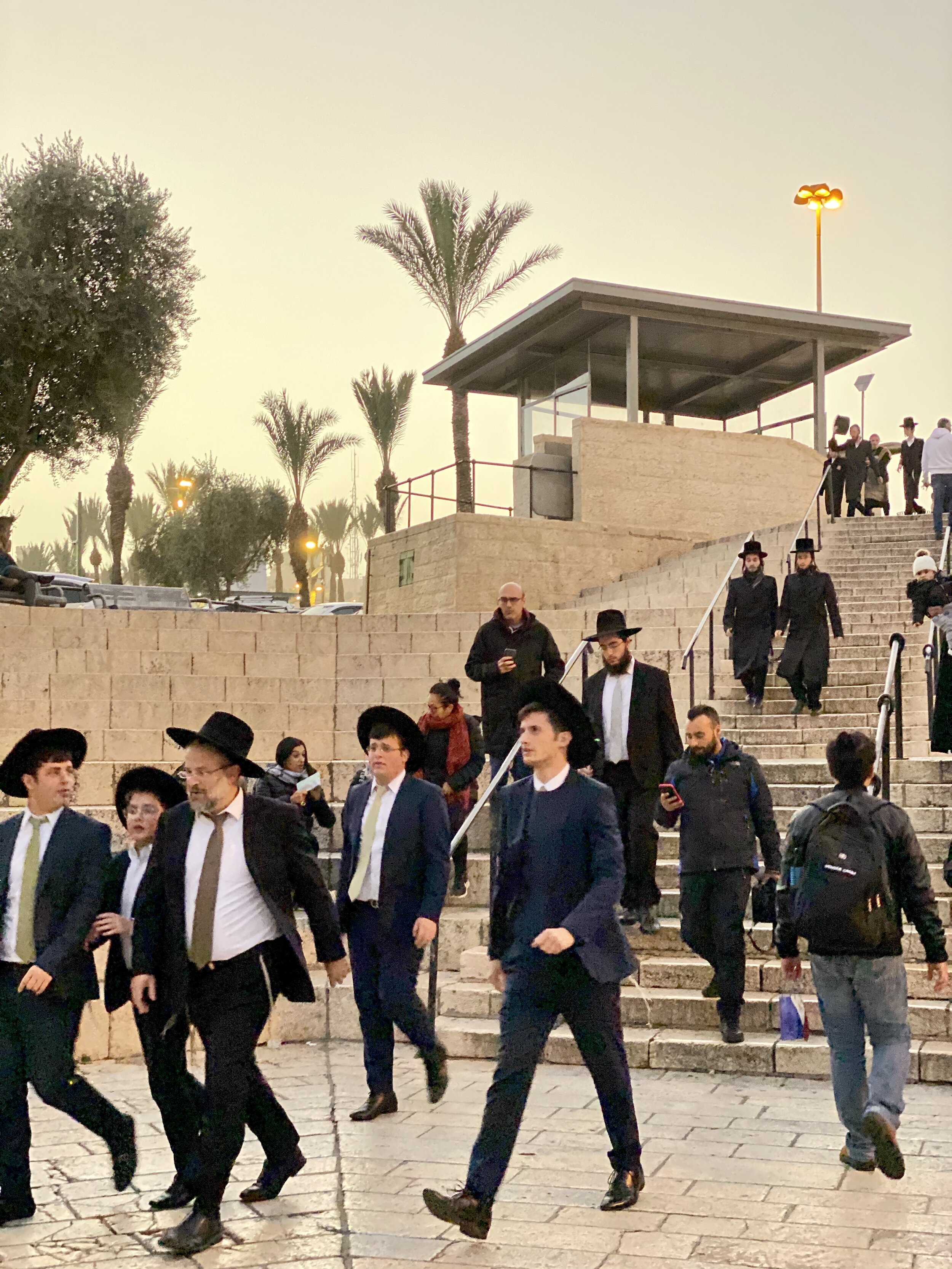
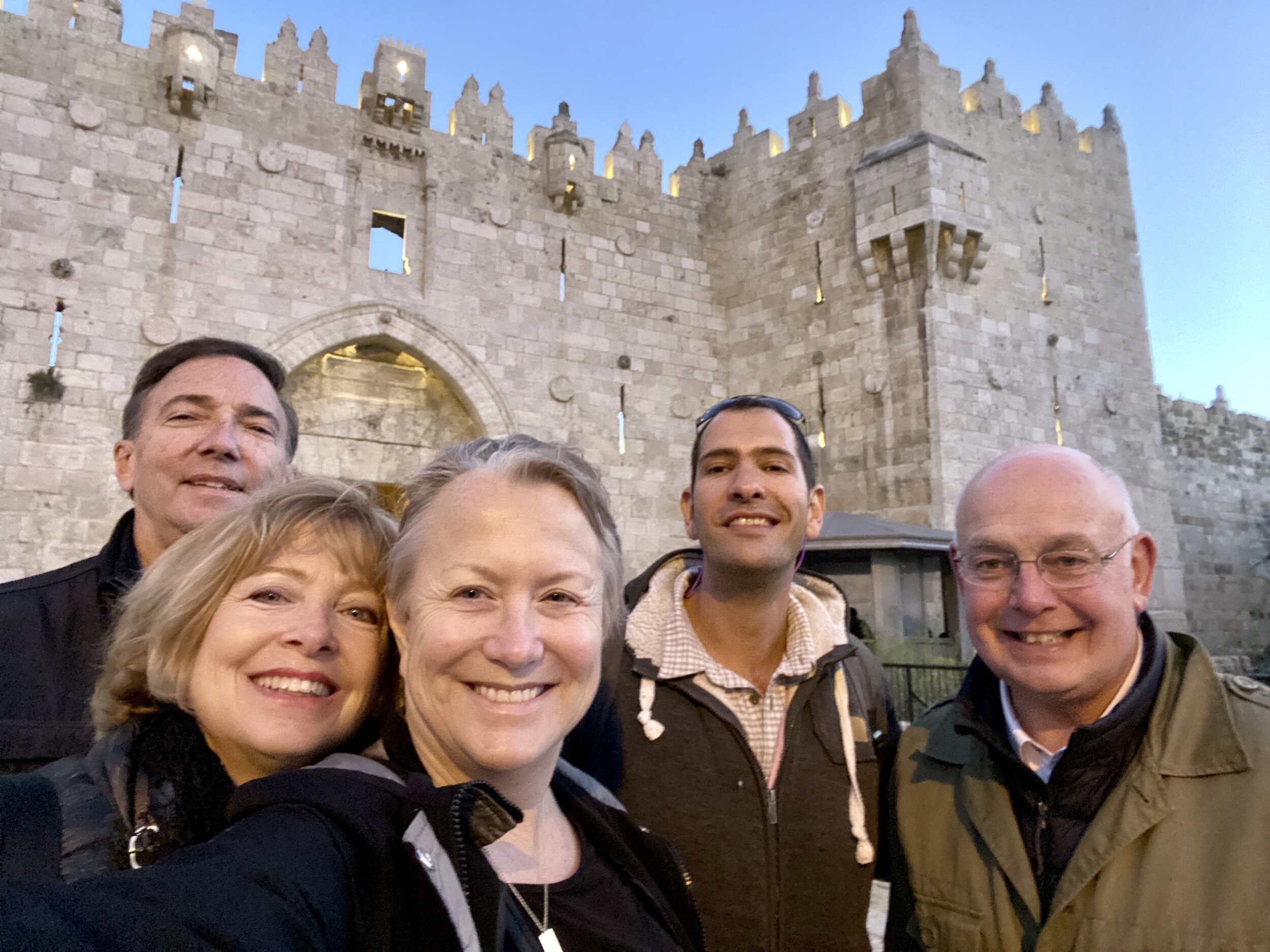
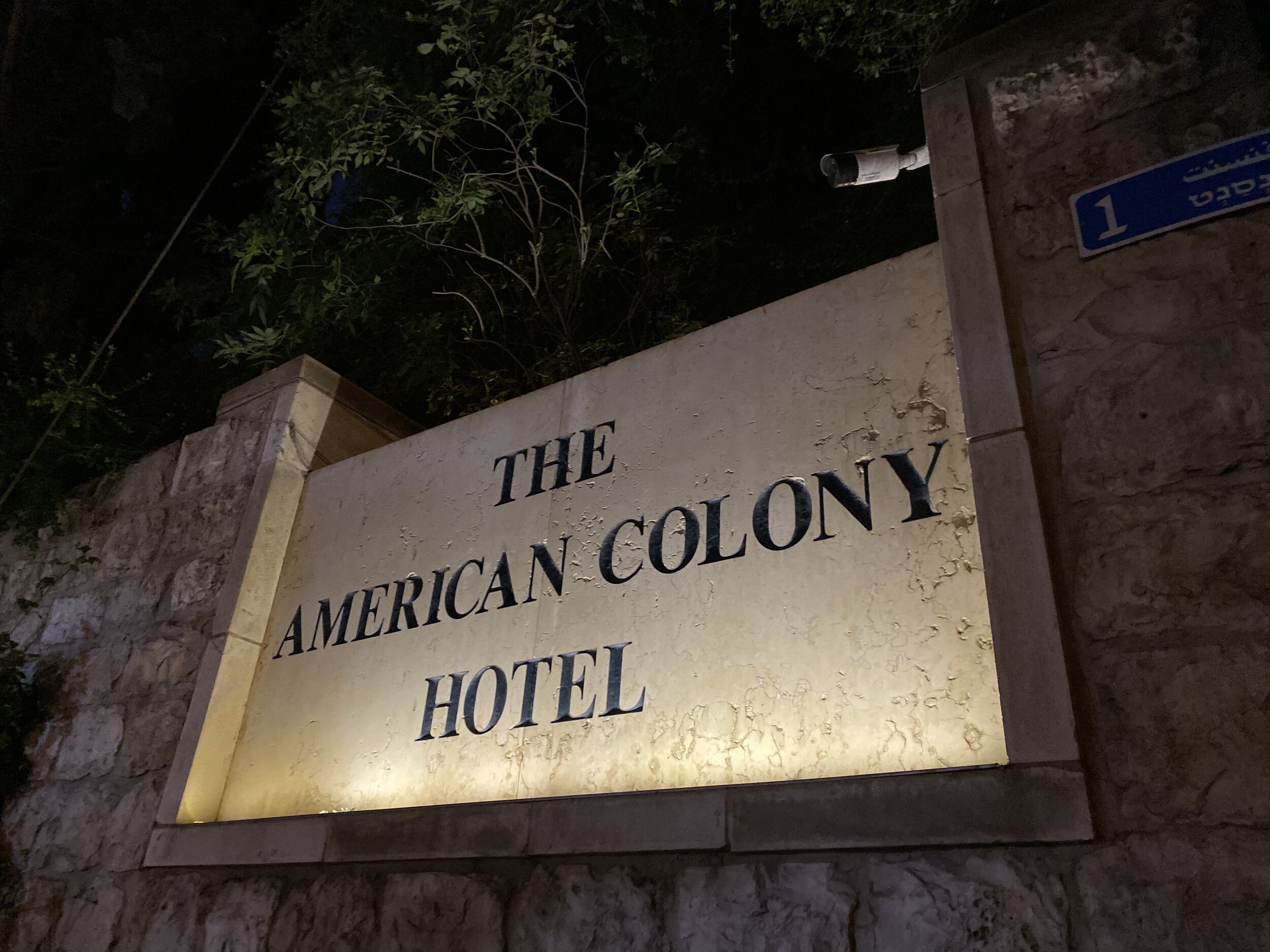

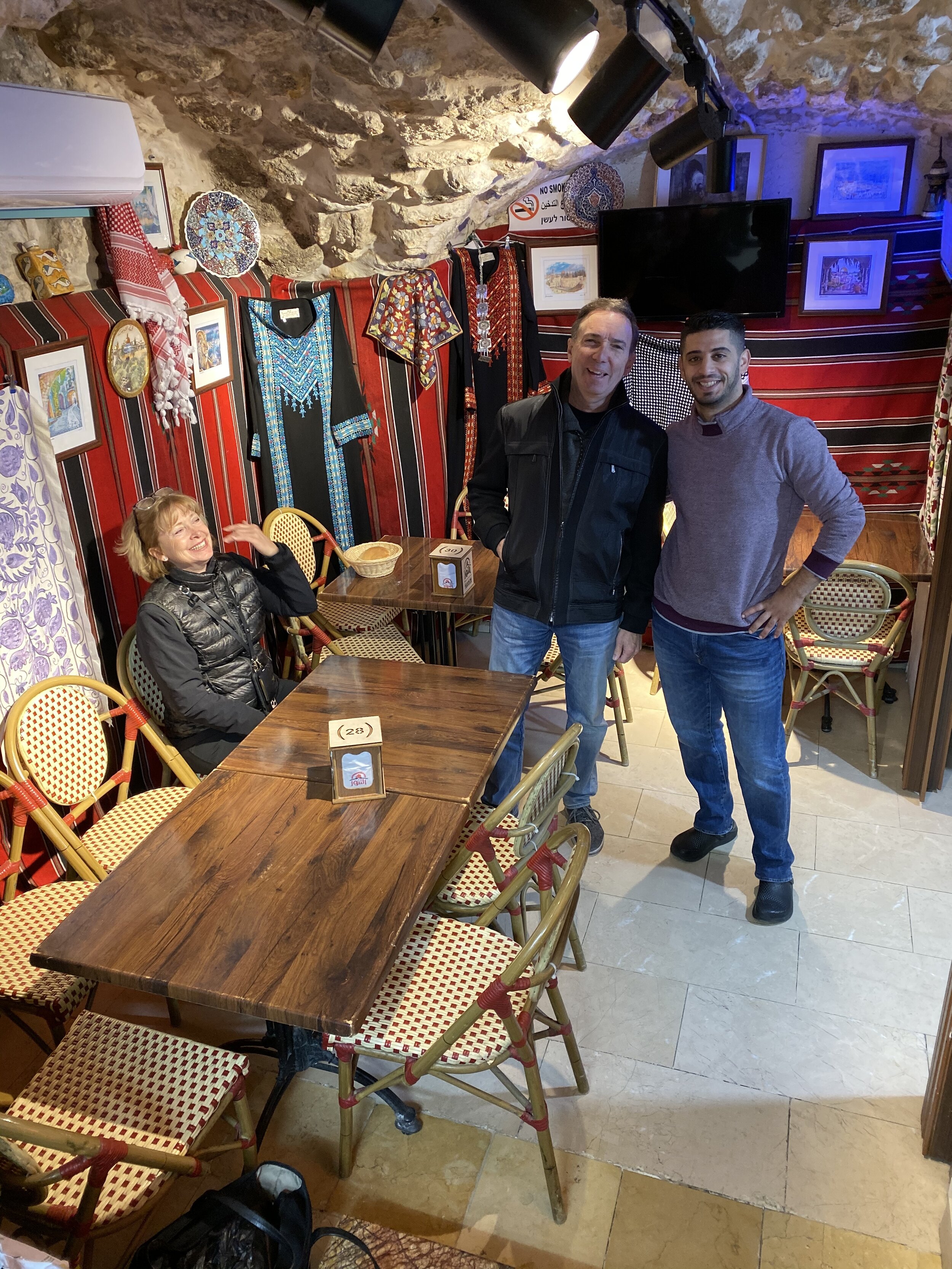

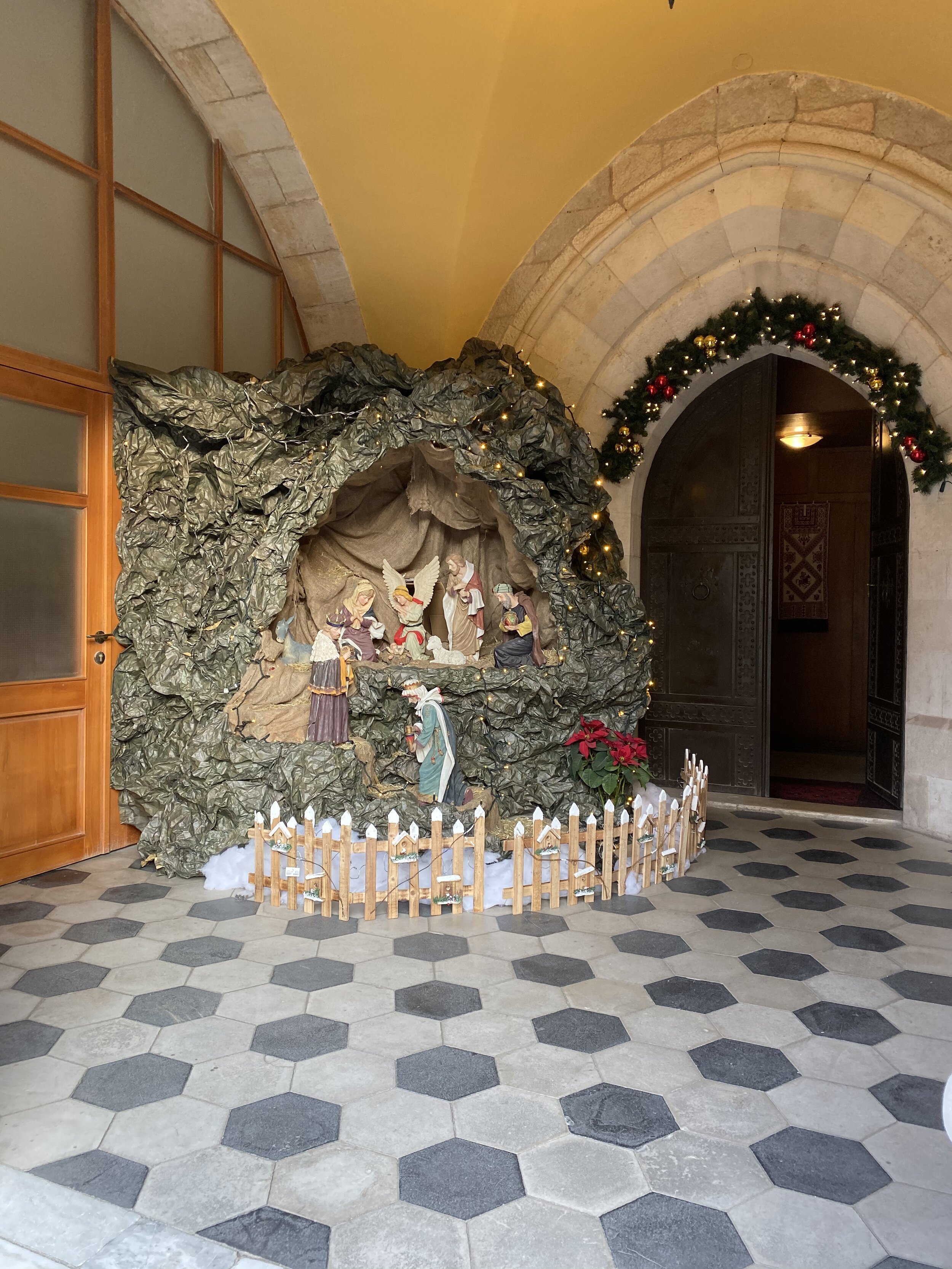
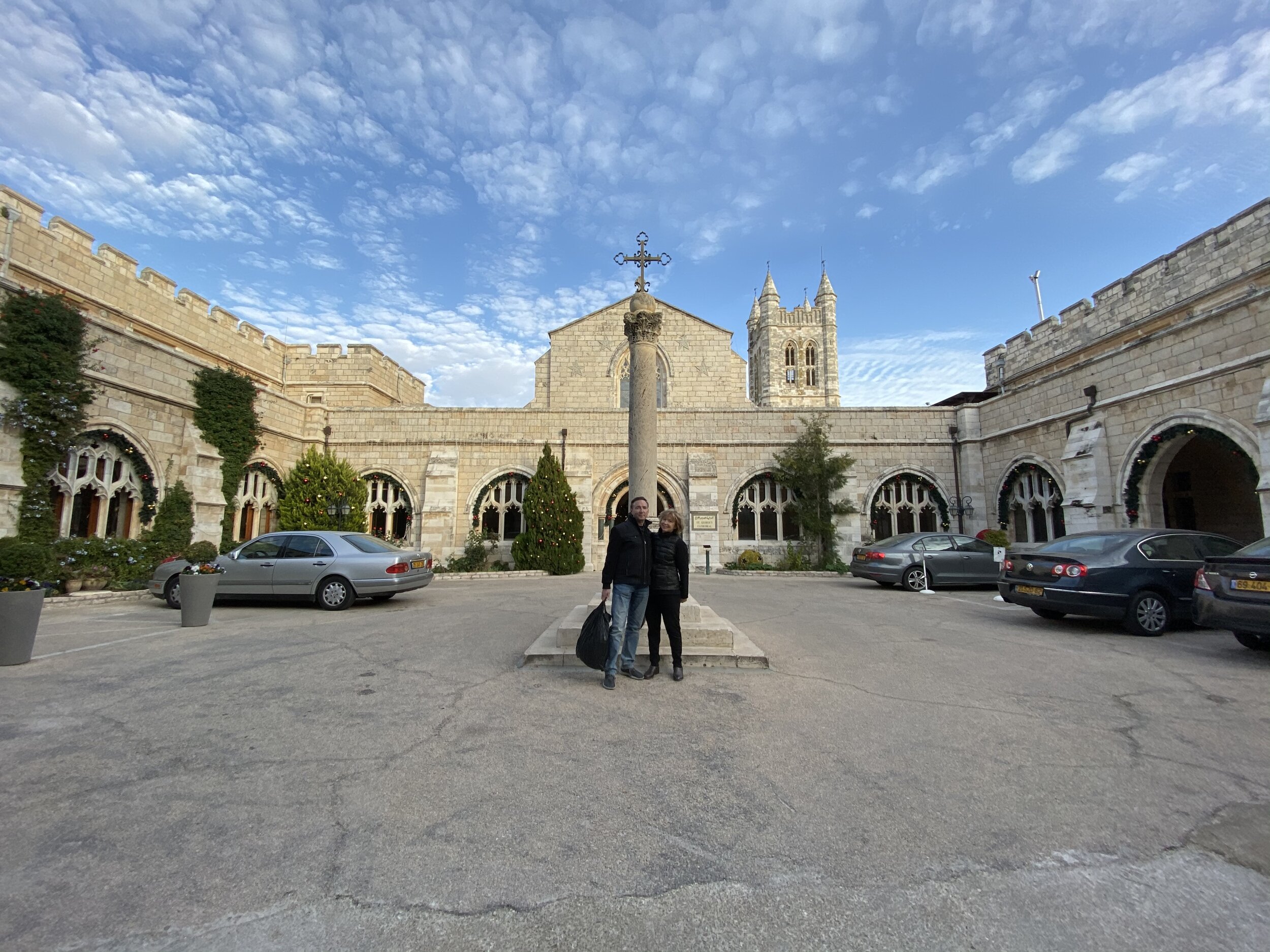
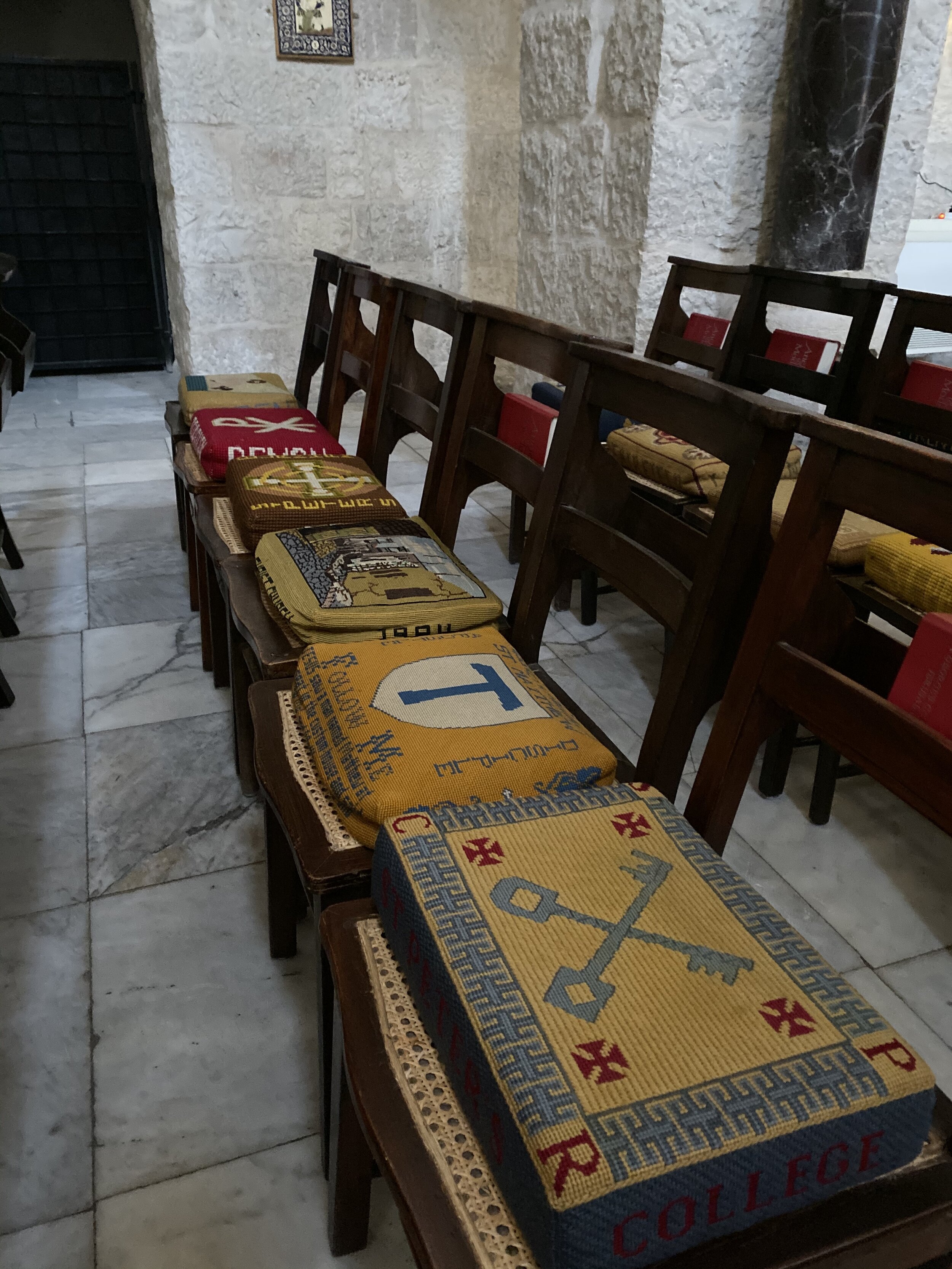
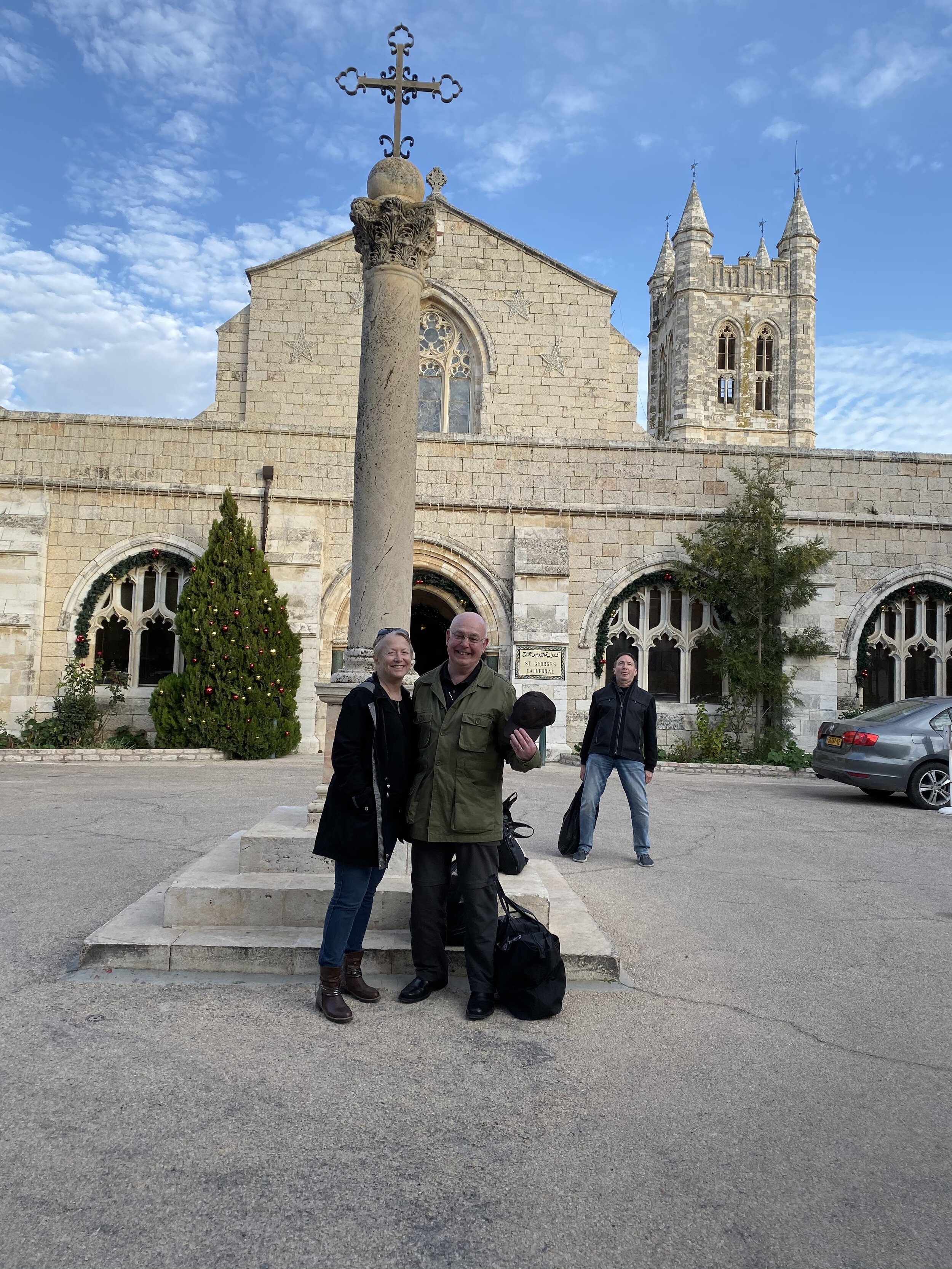
It should be noted that I highly recommend hiring a guide when touring Jerusalem or go with a tour group. There is so much history, nuance, and stories that you’ll miss without the help of a professional guide. For both this trip to Jerusalem and our trip four years ago, we hired Ofir Horn, owner of Holy Land Private Tours. You can visit his website athttps://holylandprivatetours.com/. We found him to be professional and quite knowledgeable.
Note: Jerusalem is a UNESCO World Heritage site. For more information, please visit https://whc.unesco.org/en/list/148/

